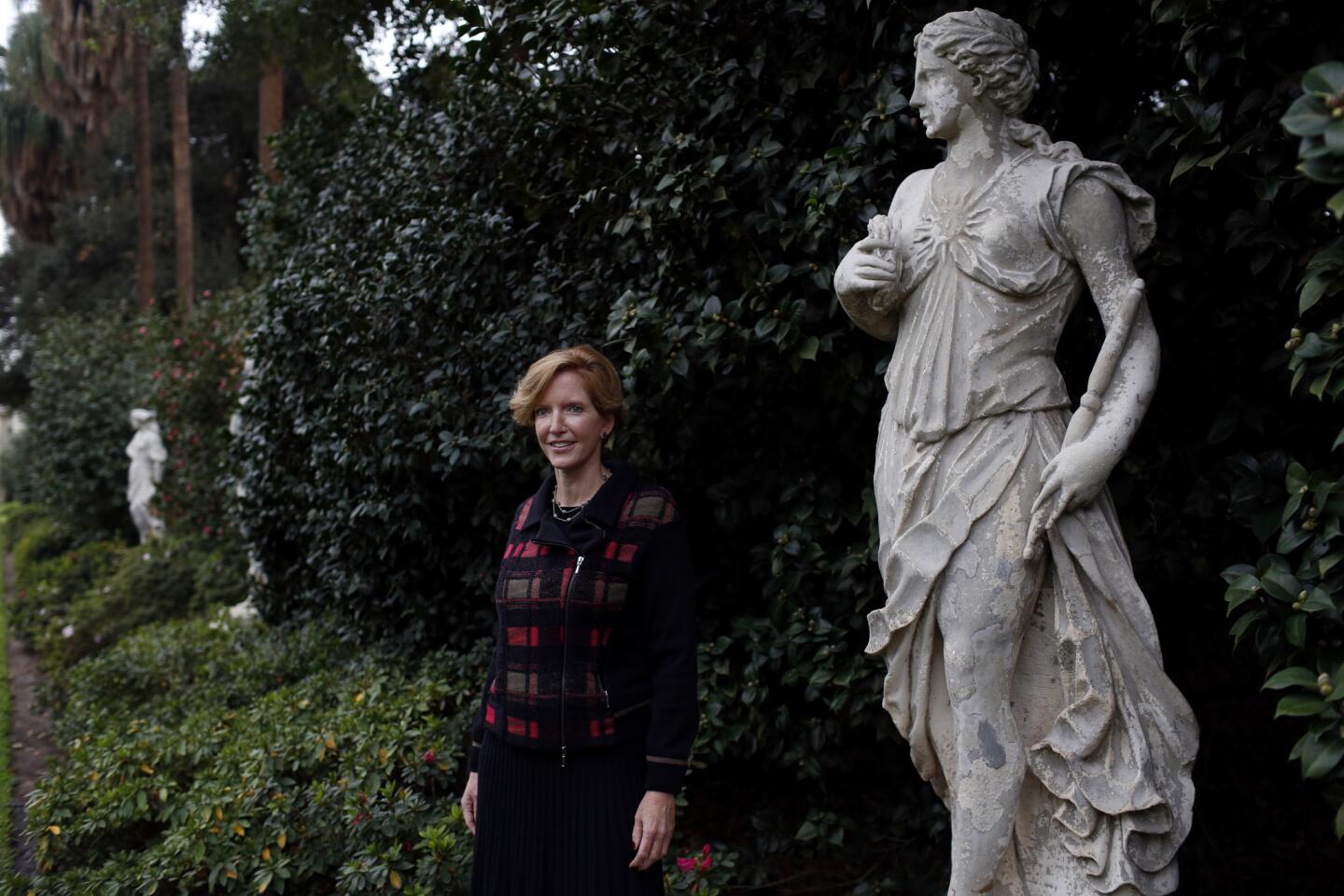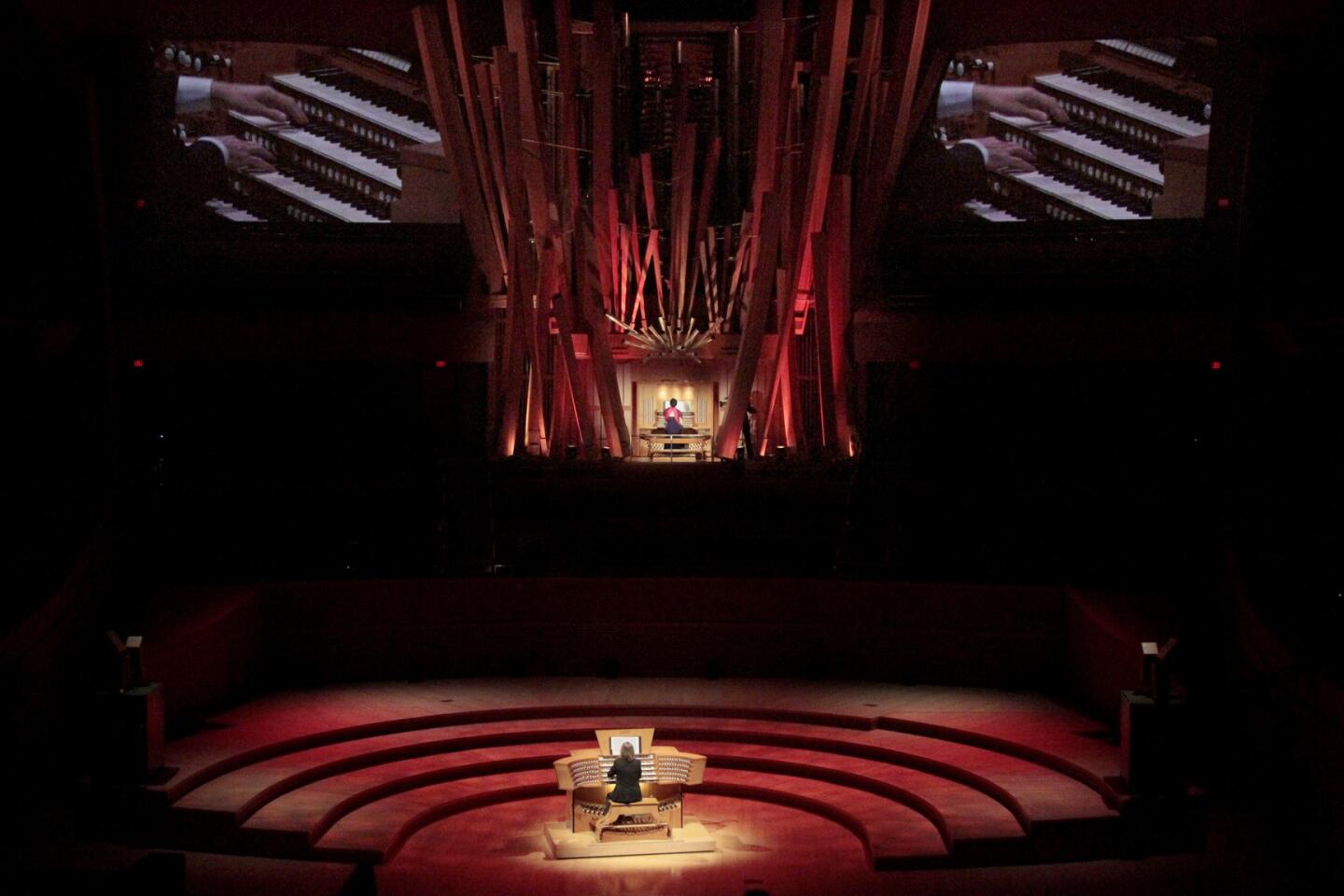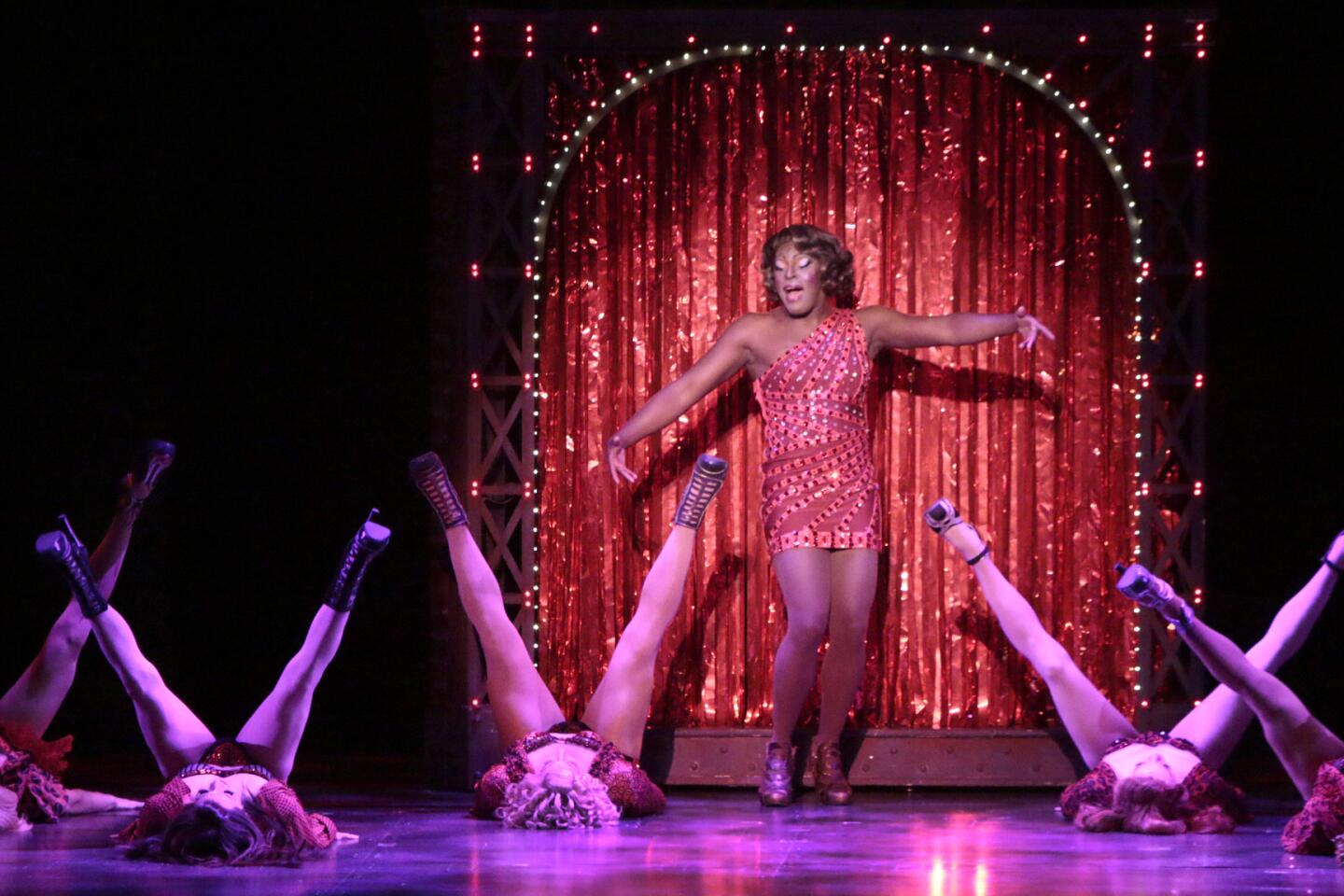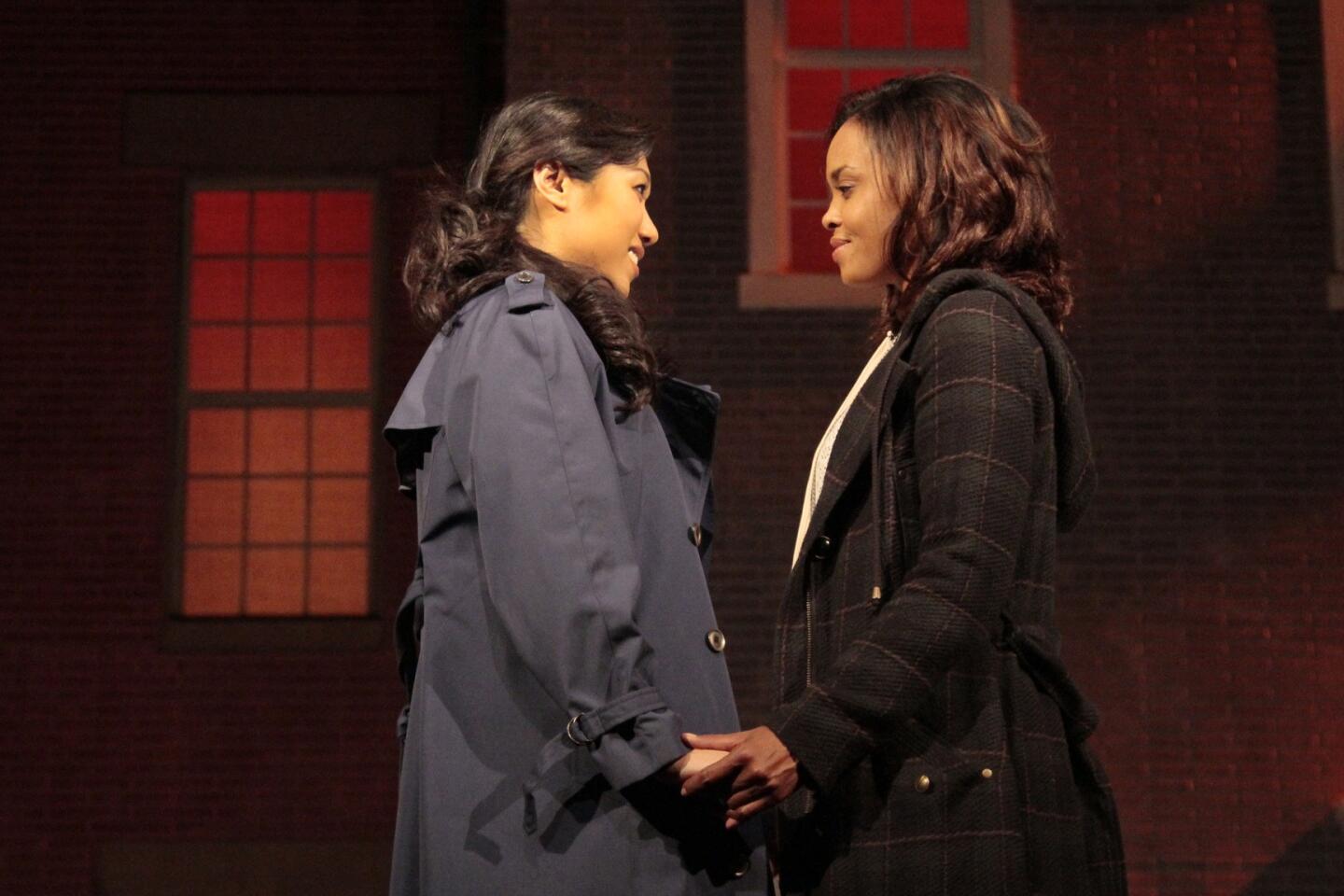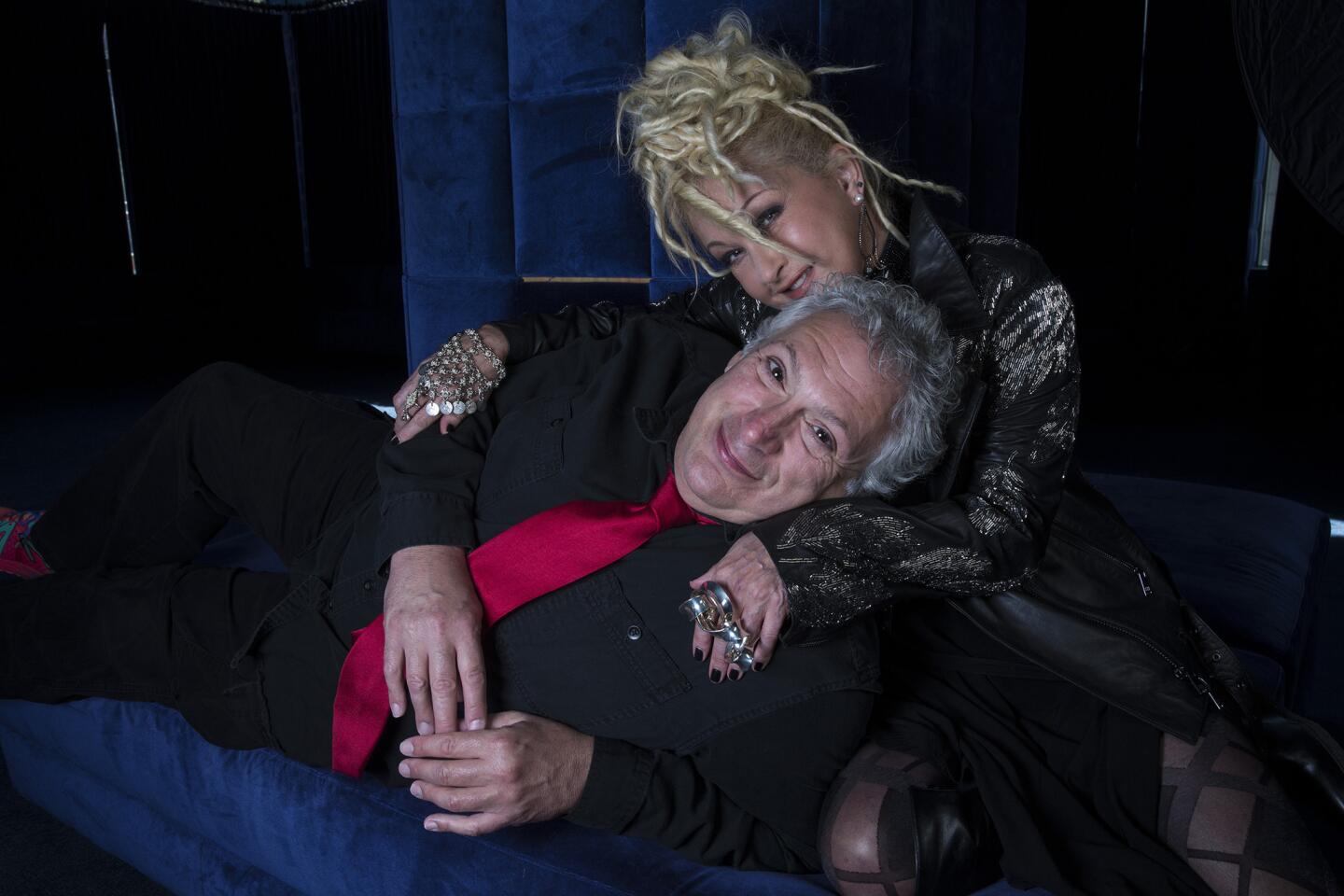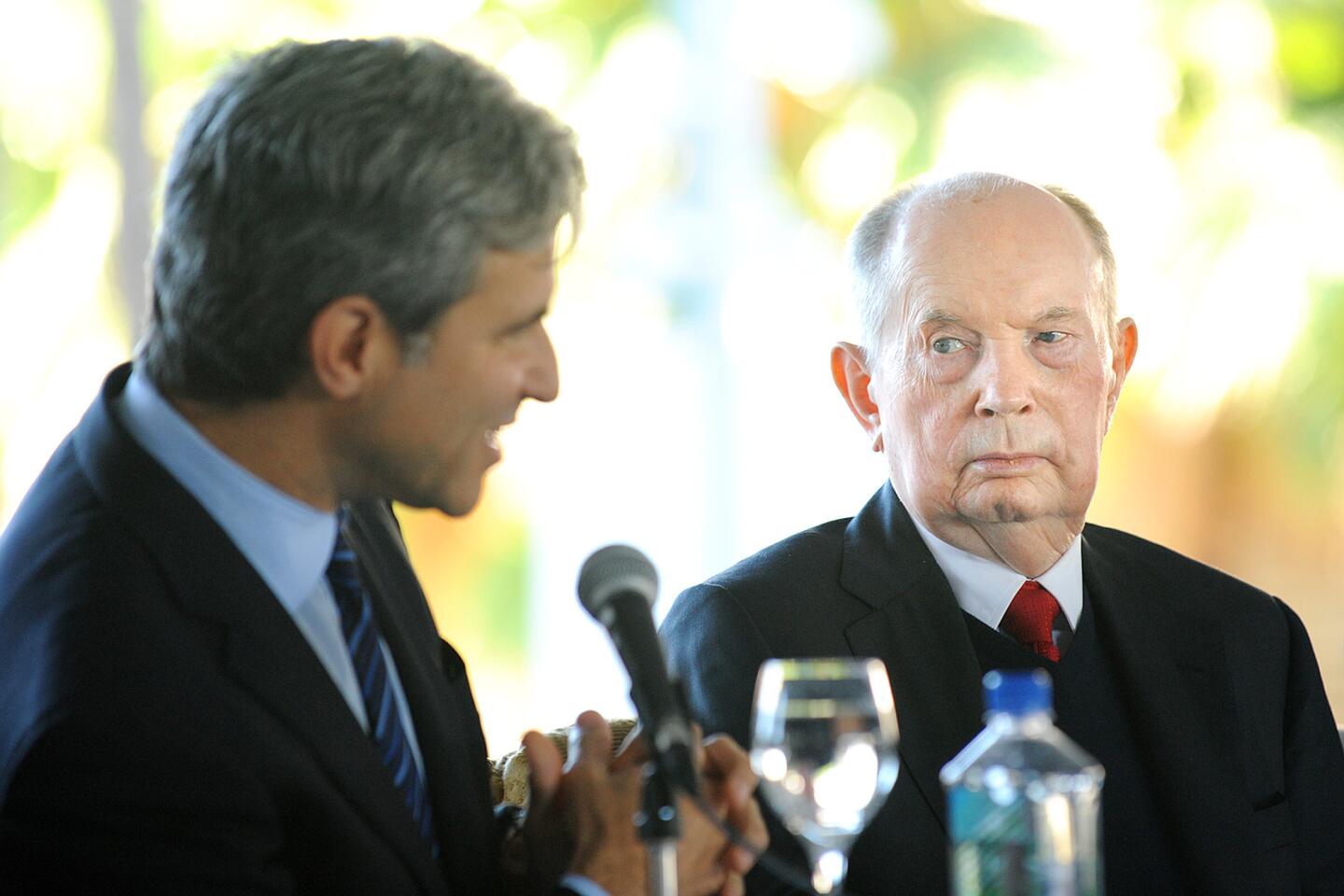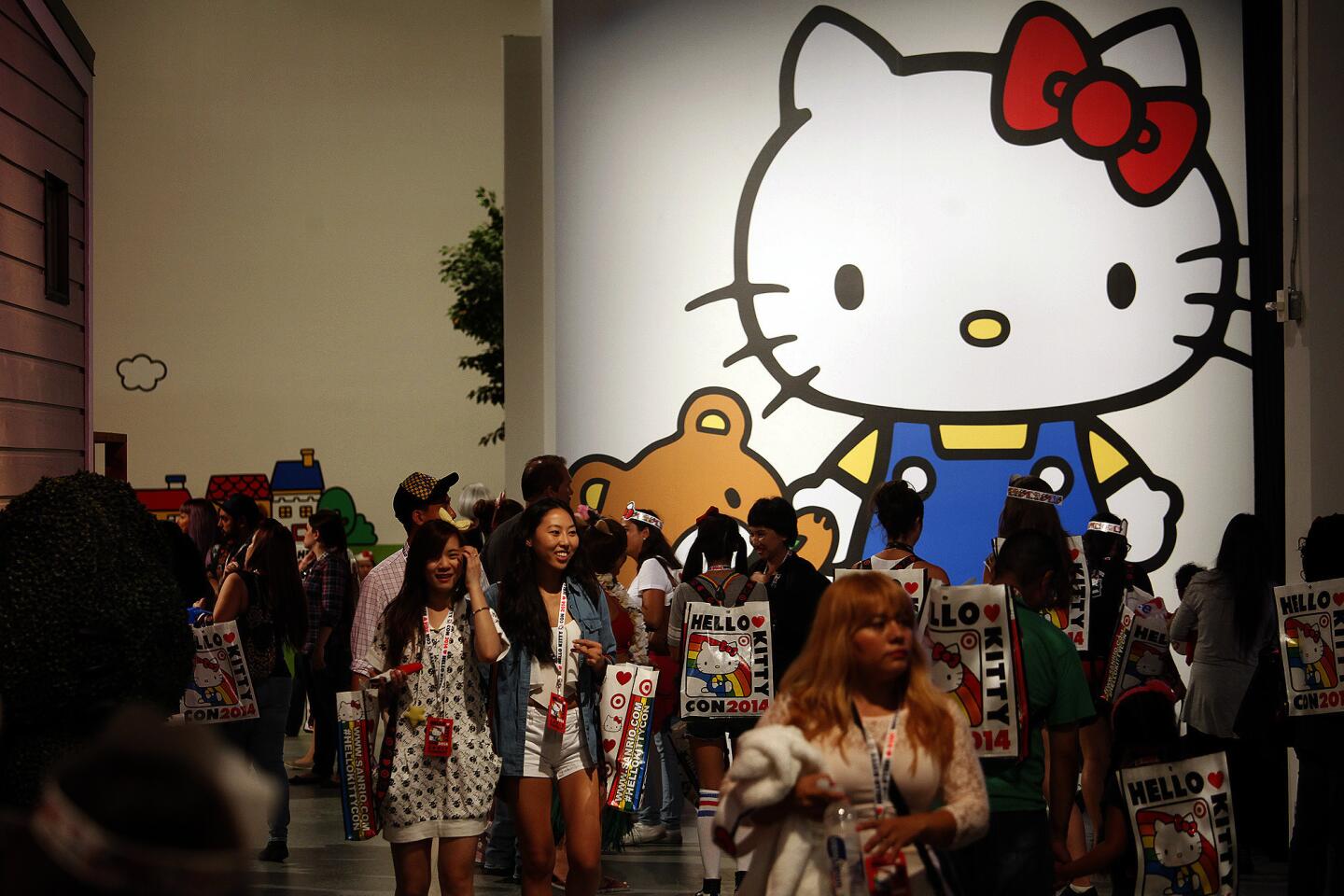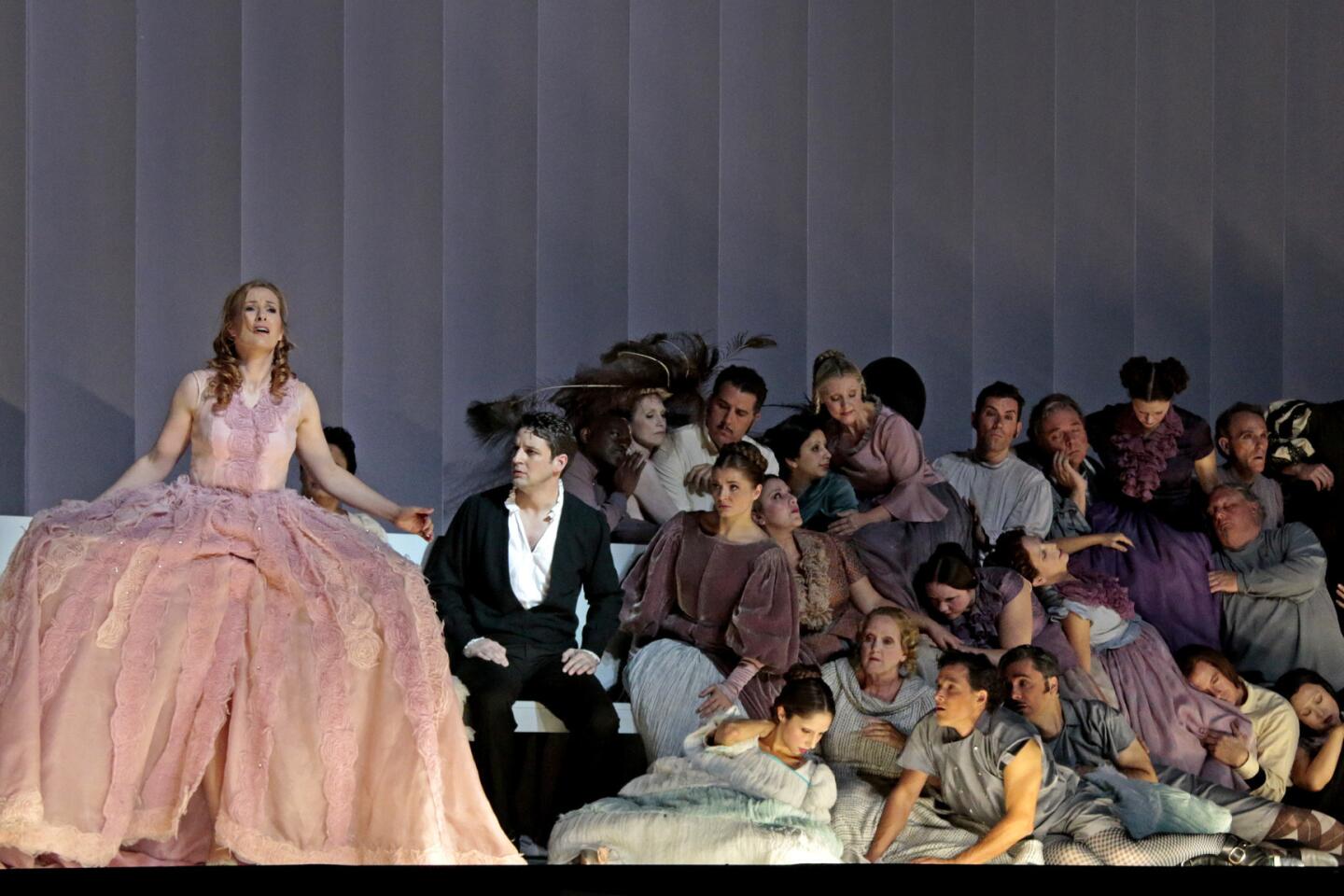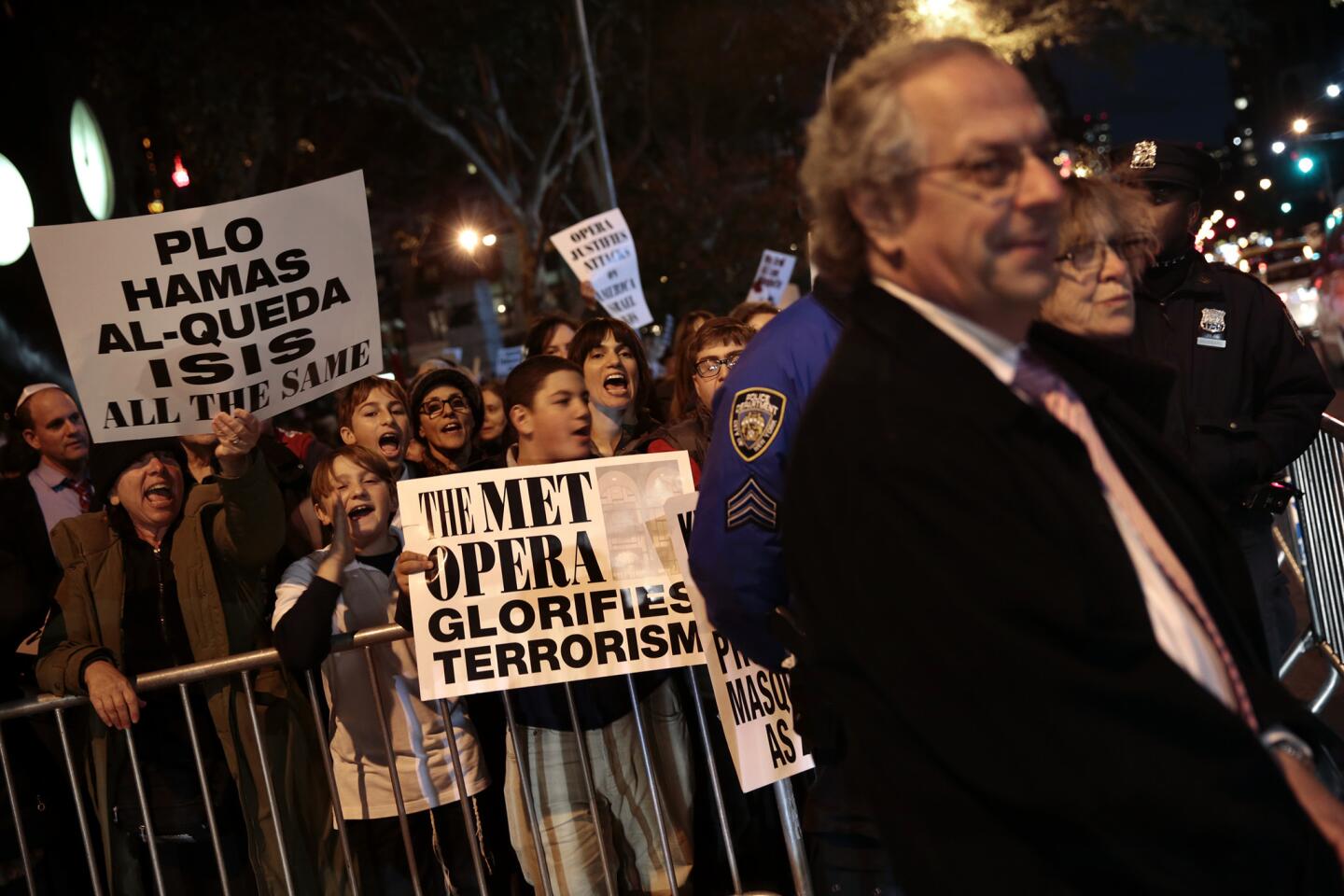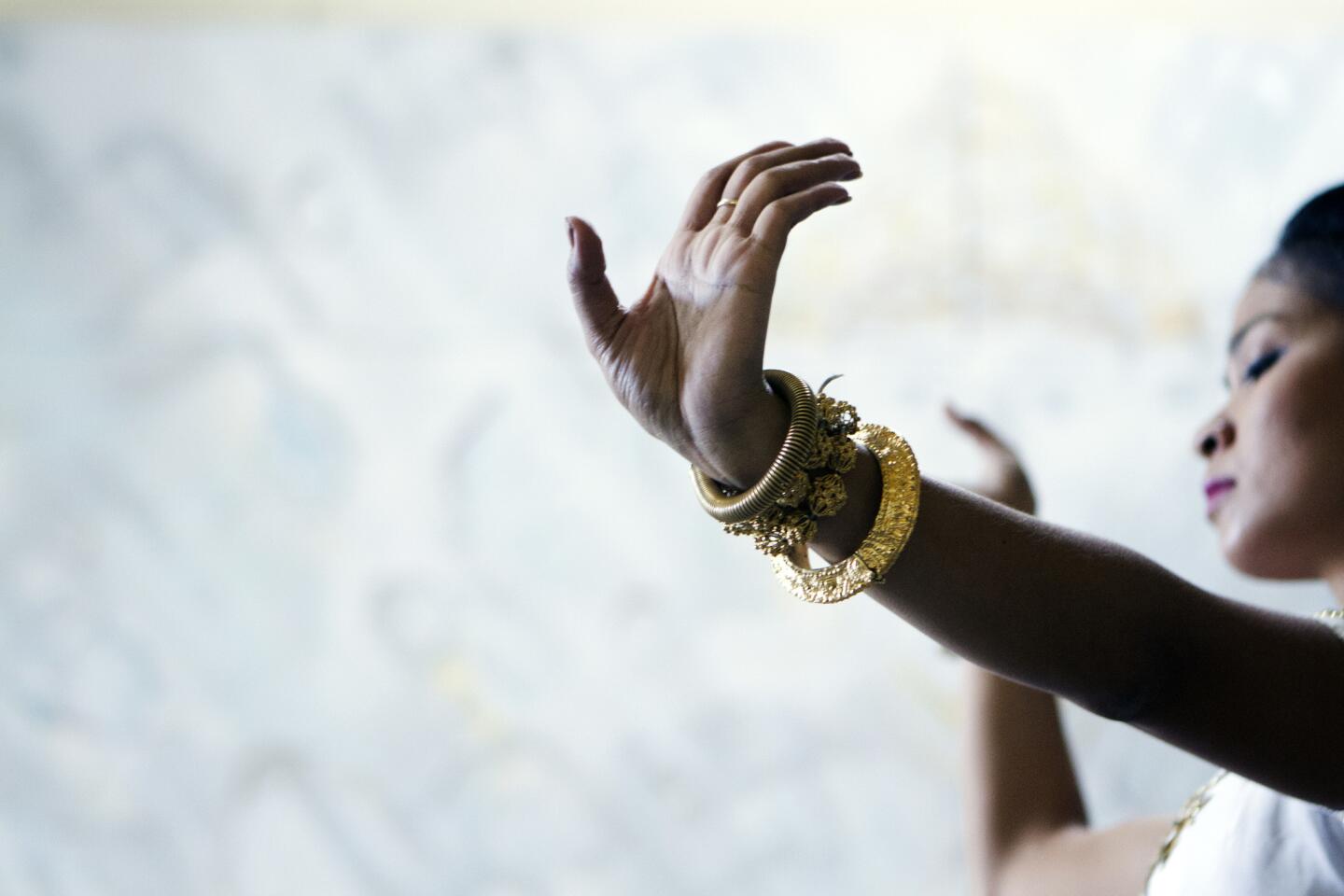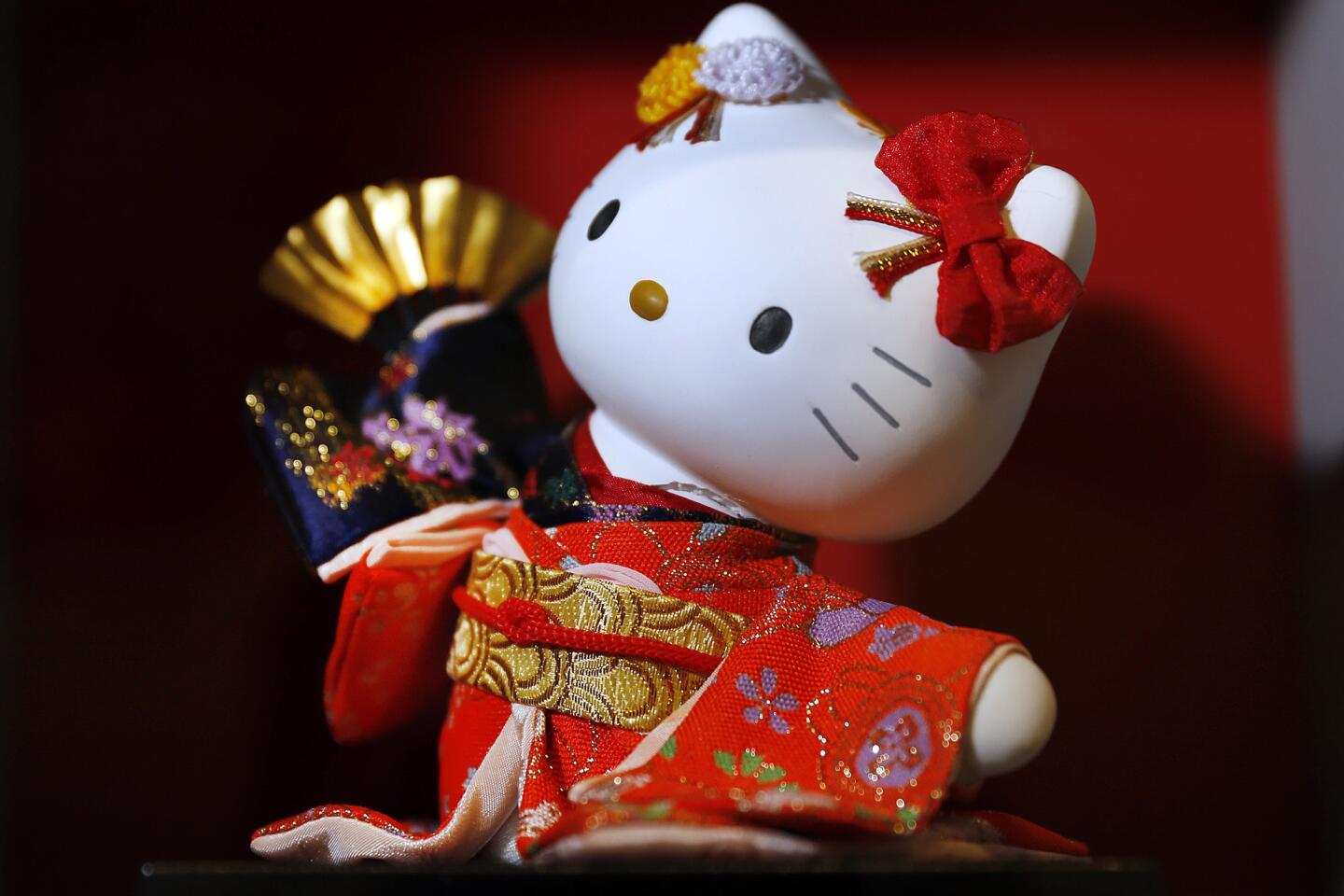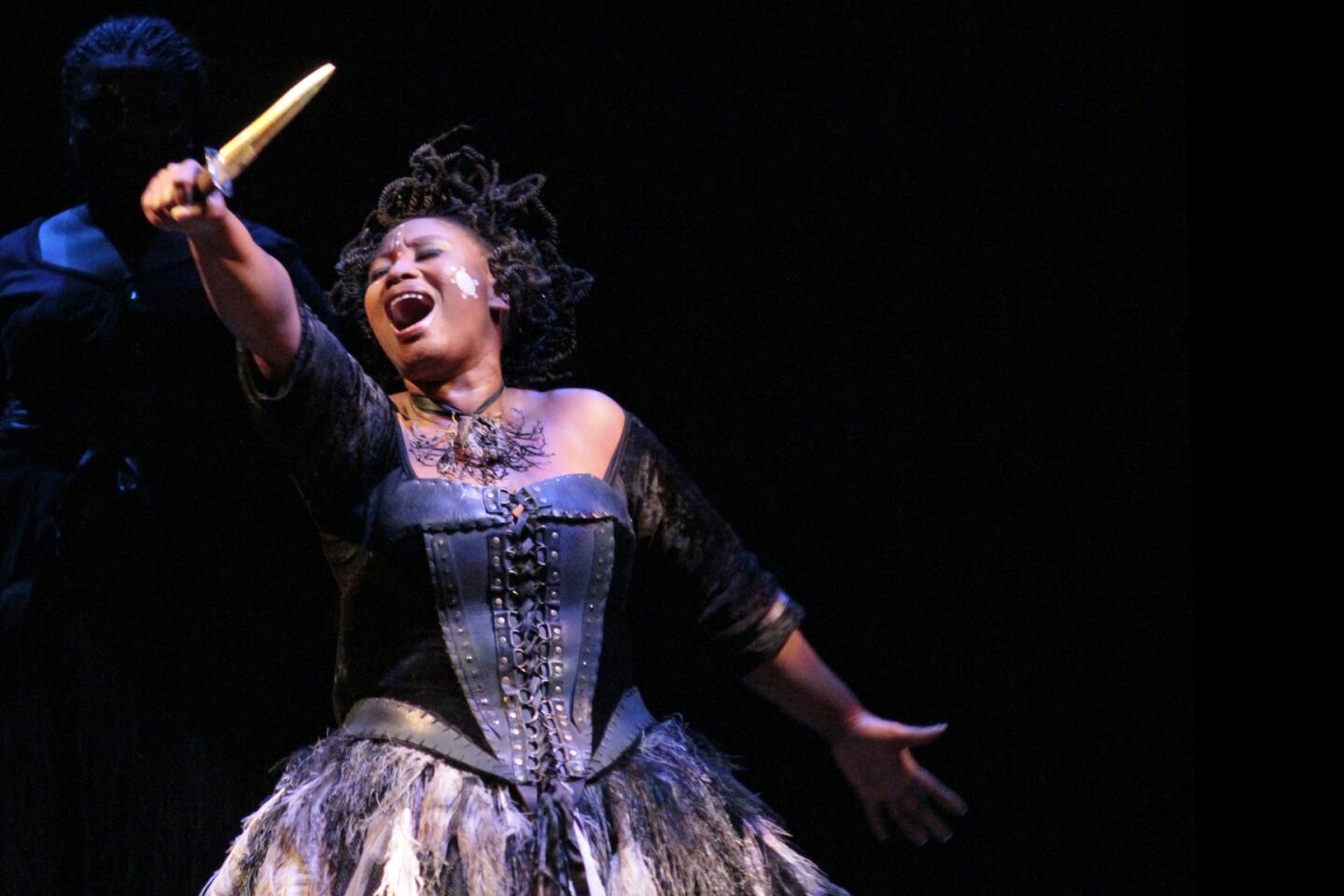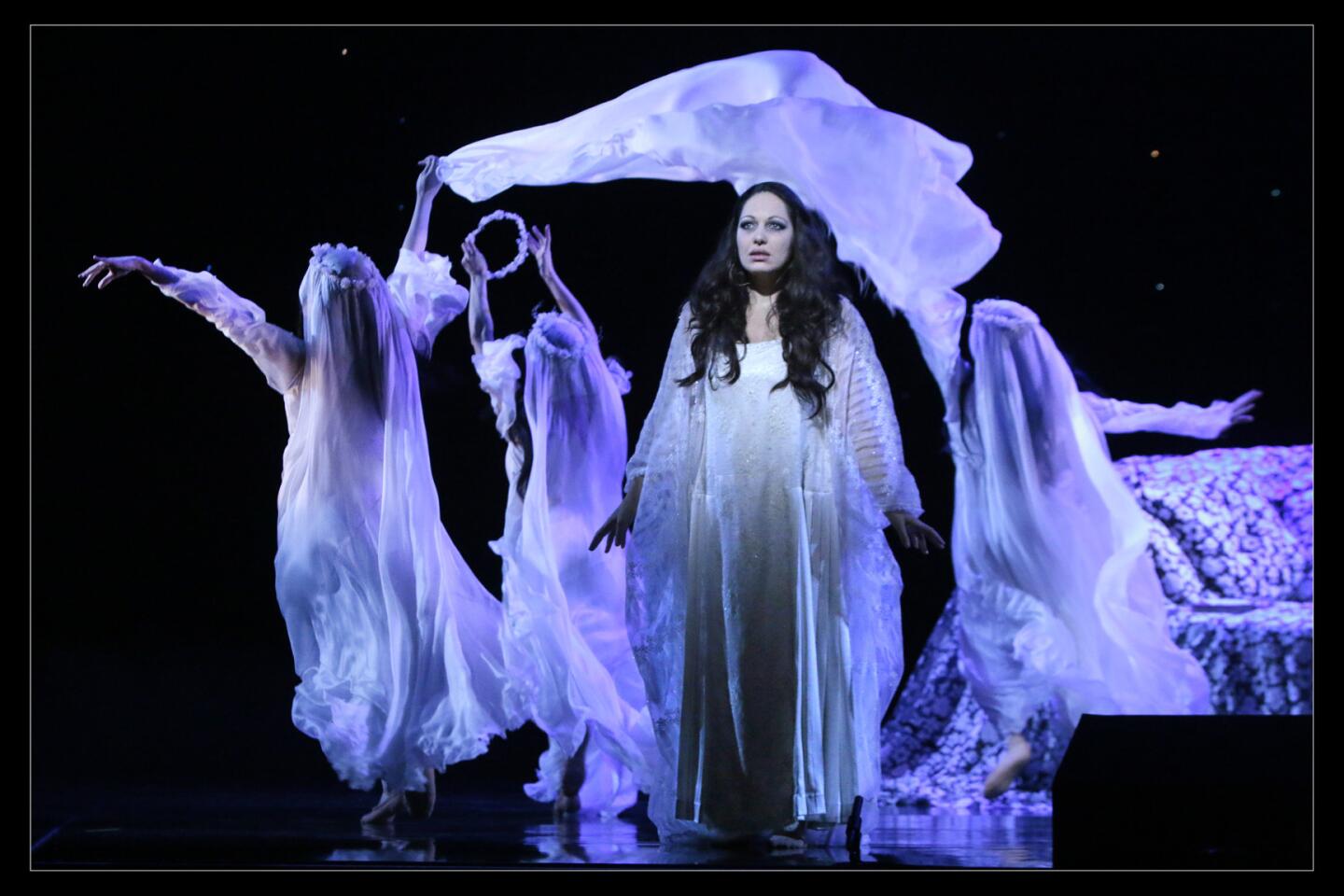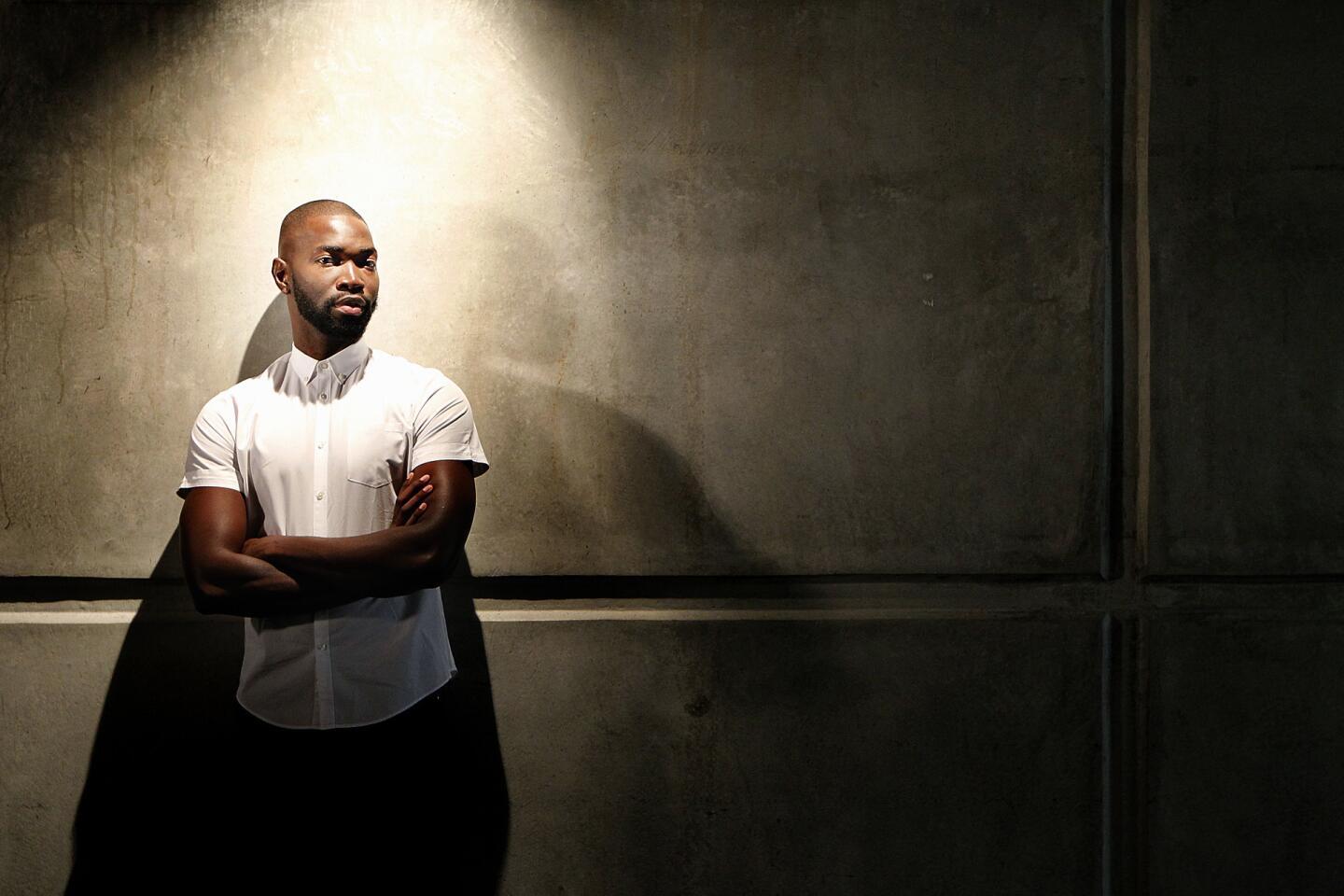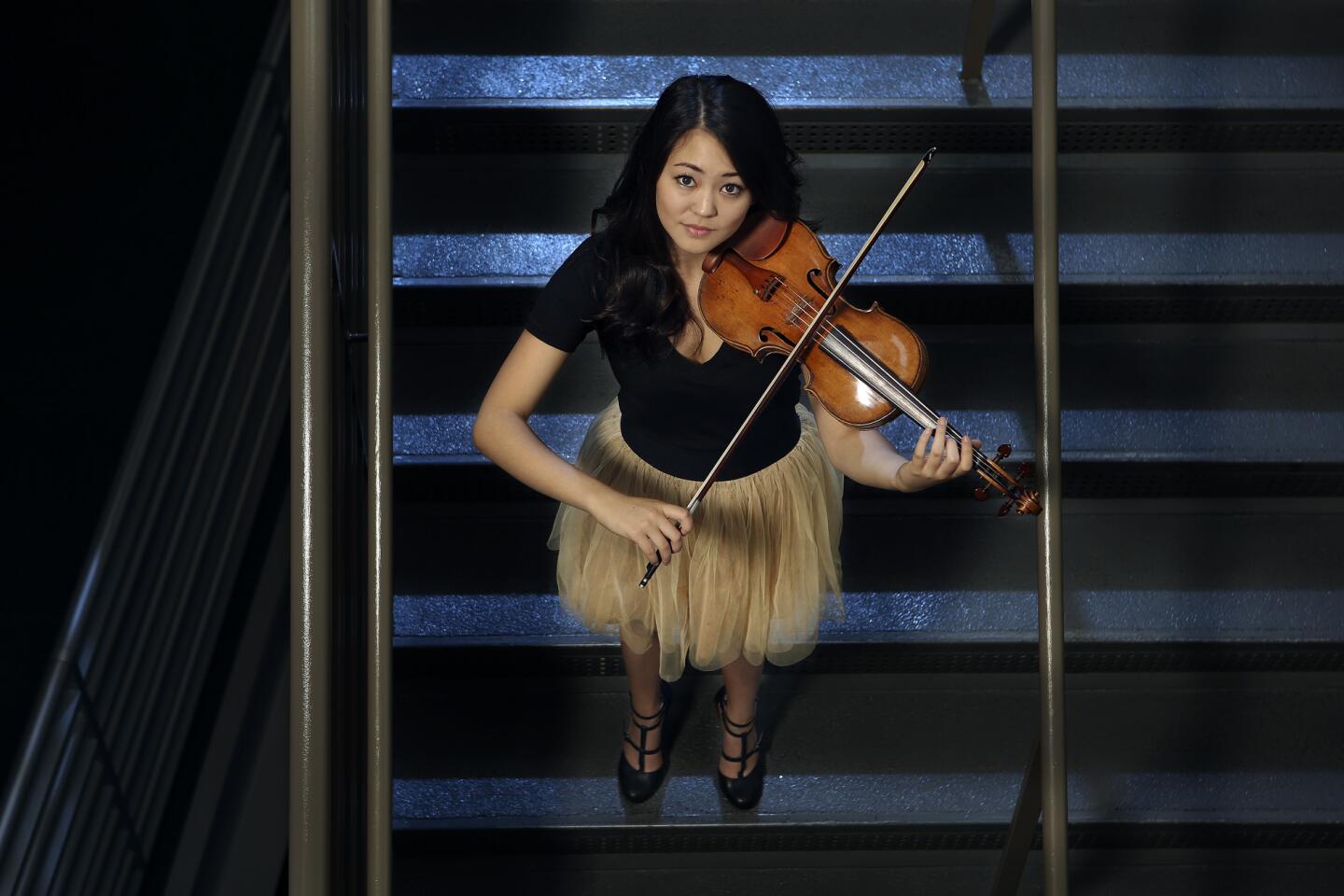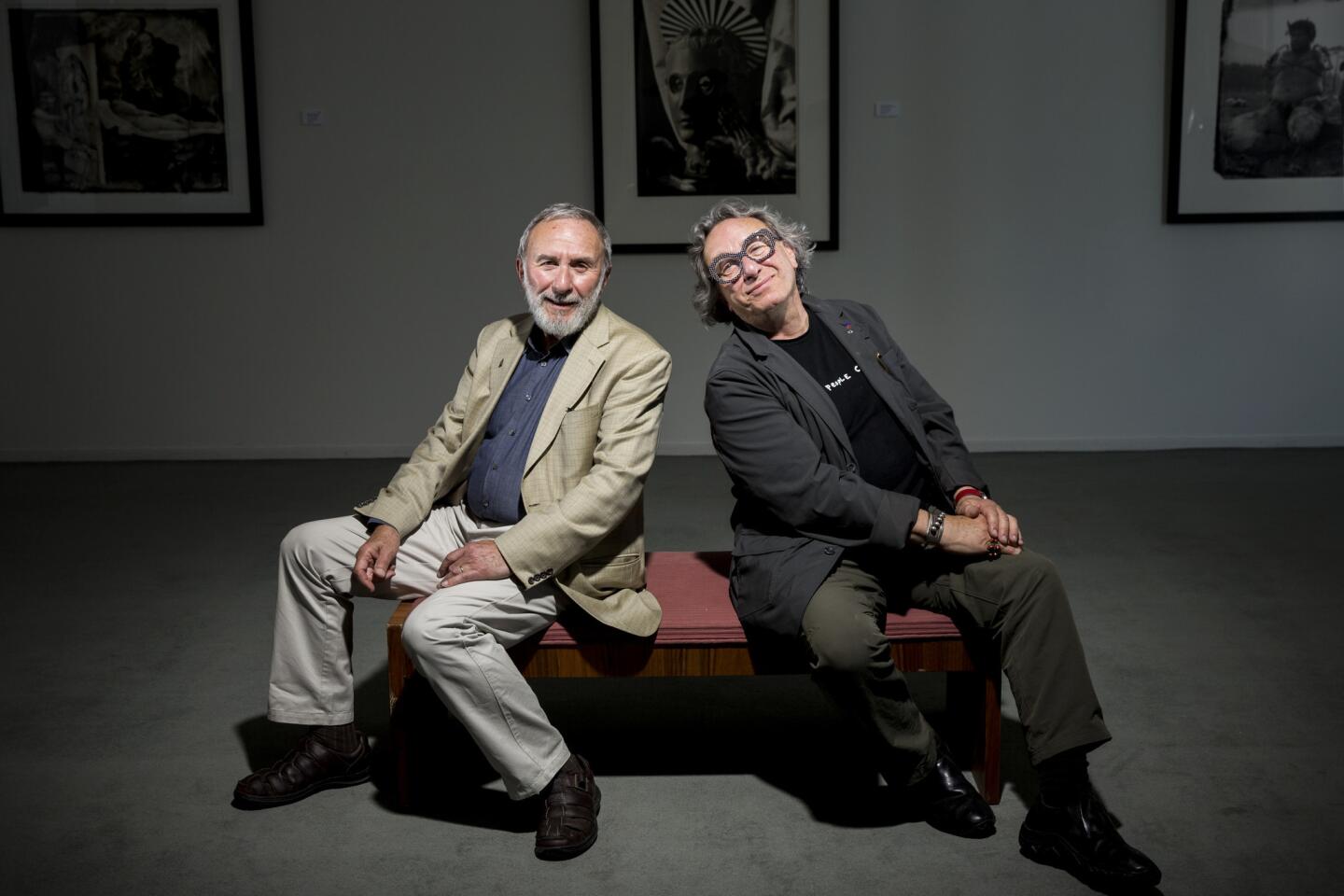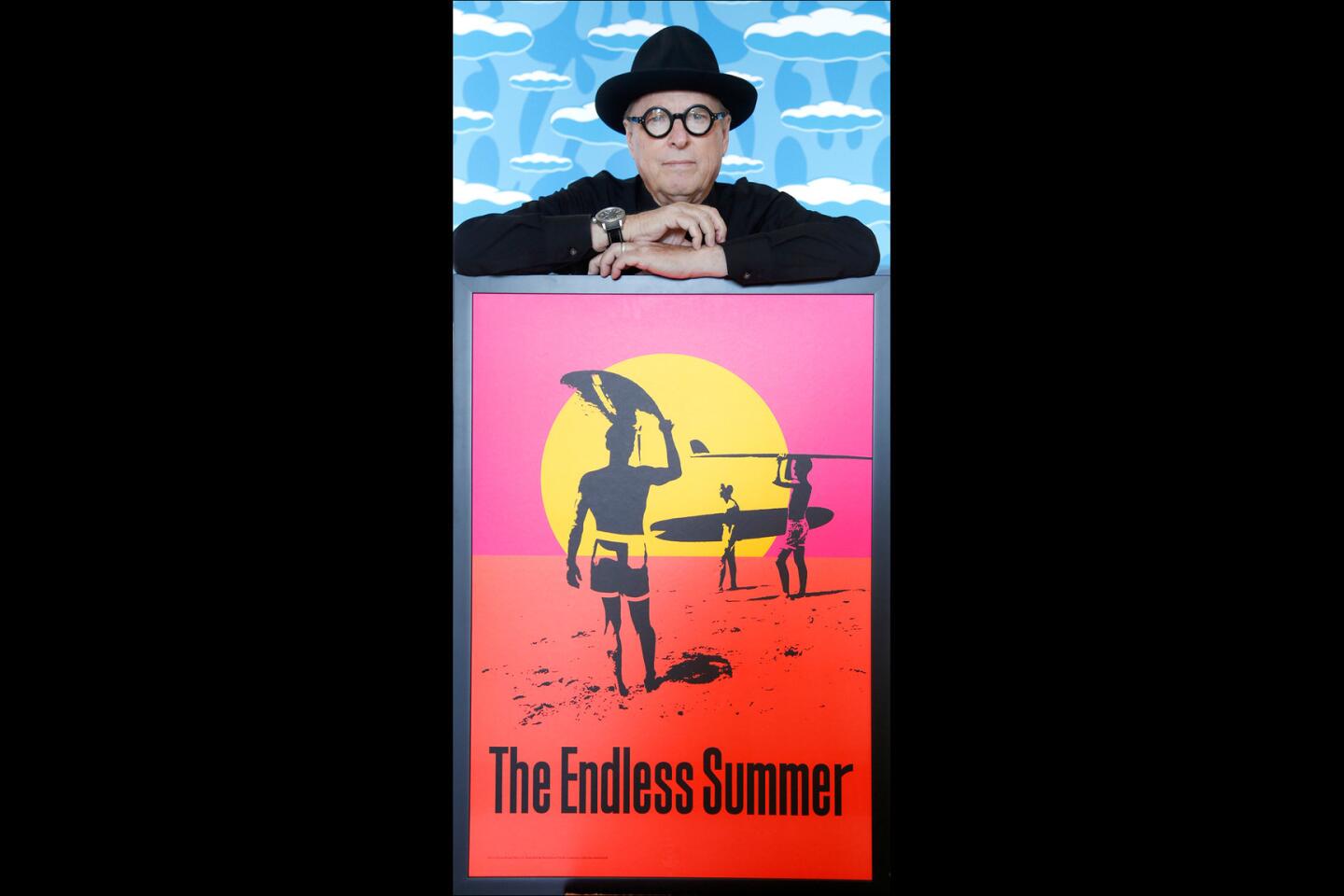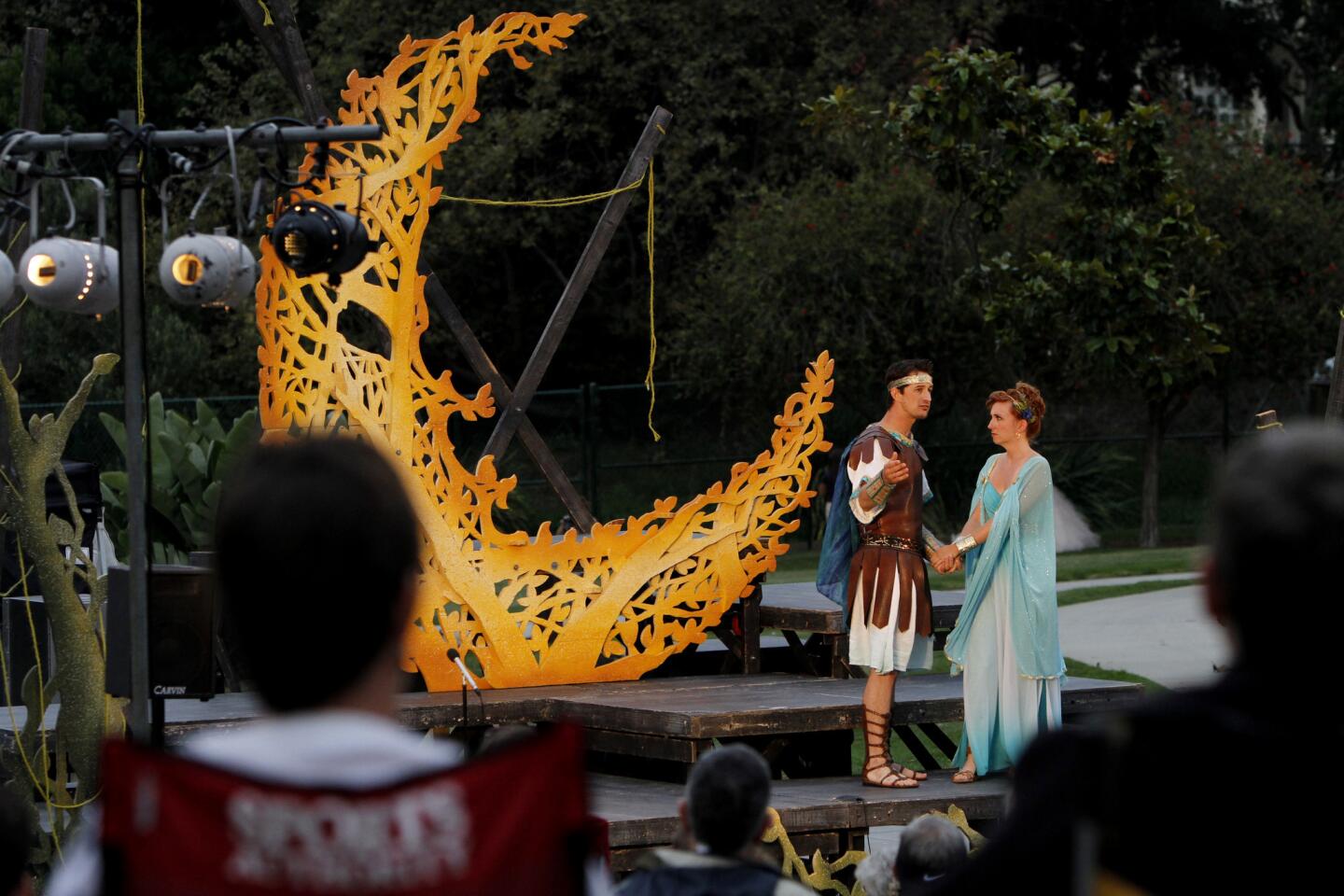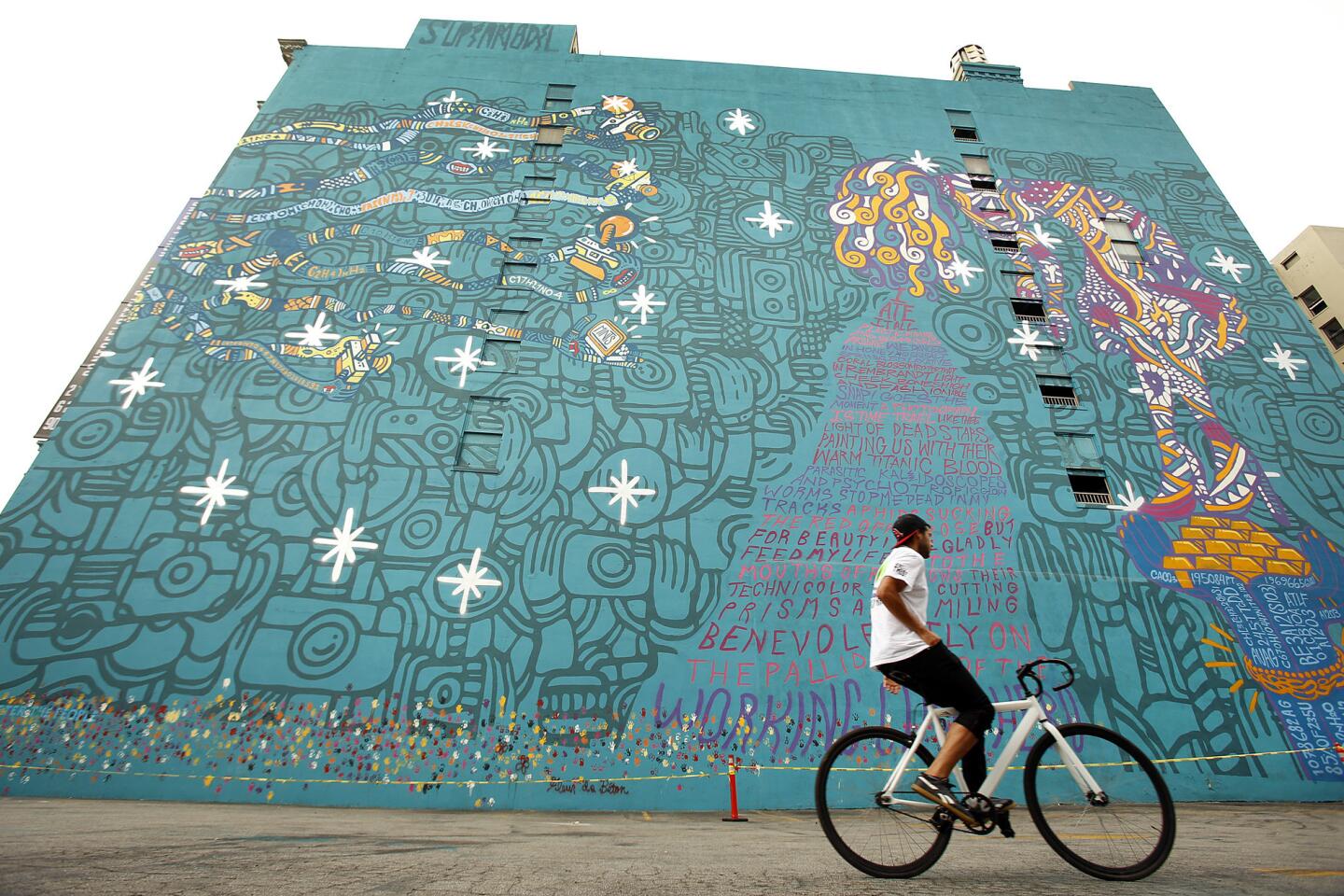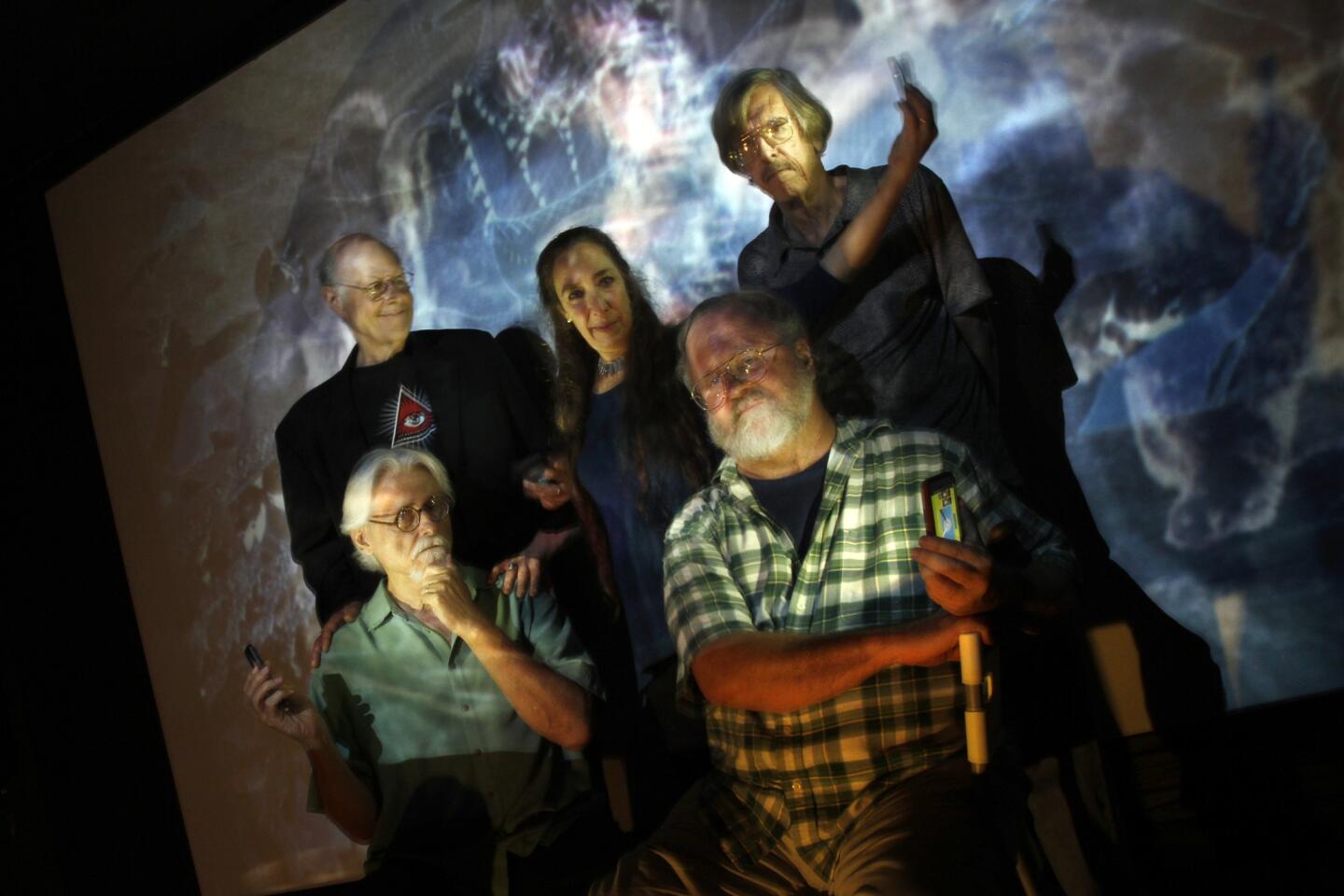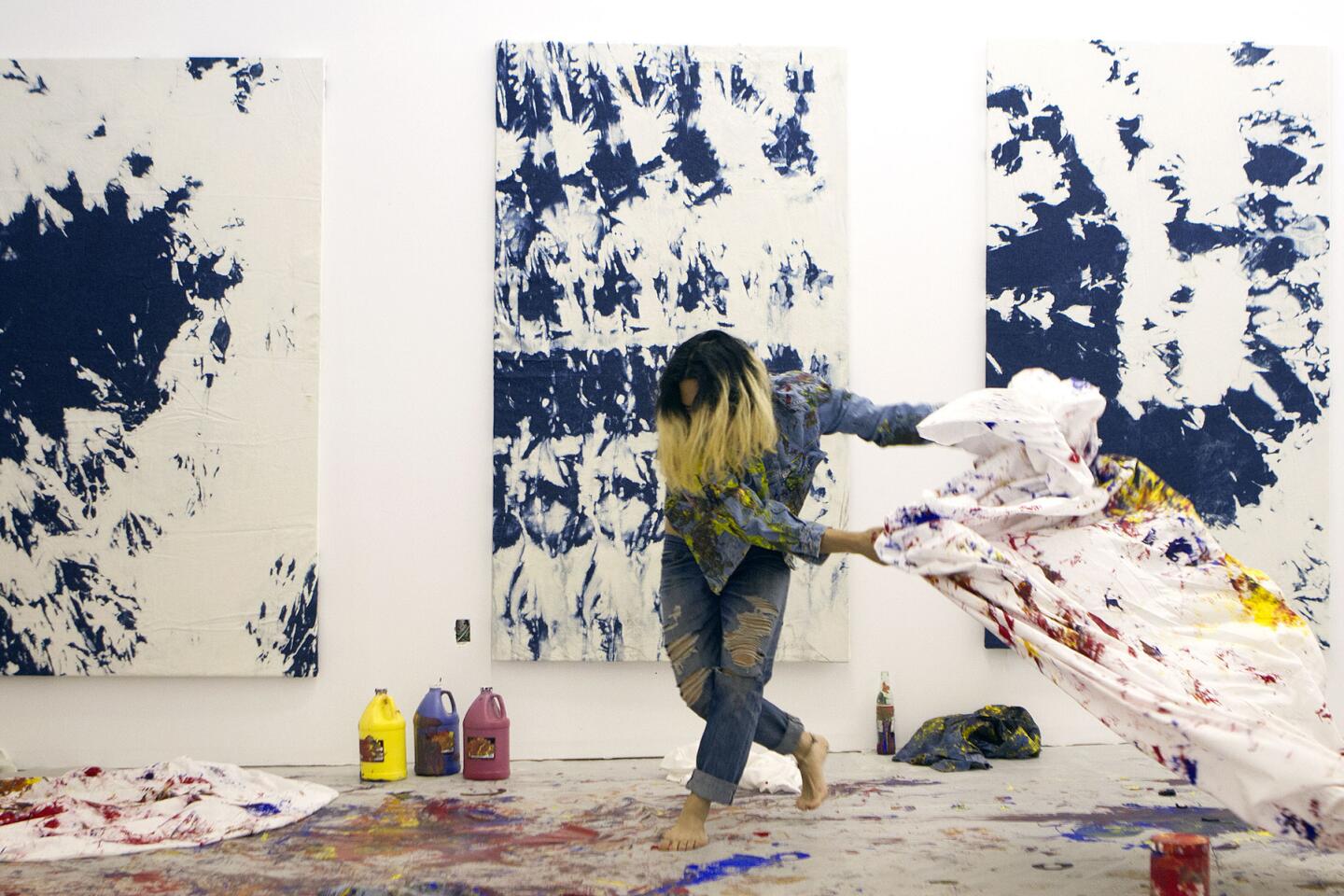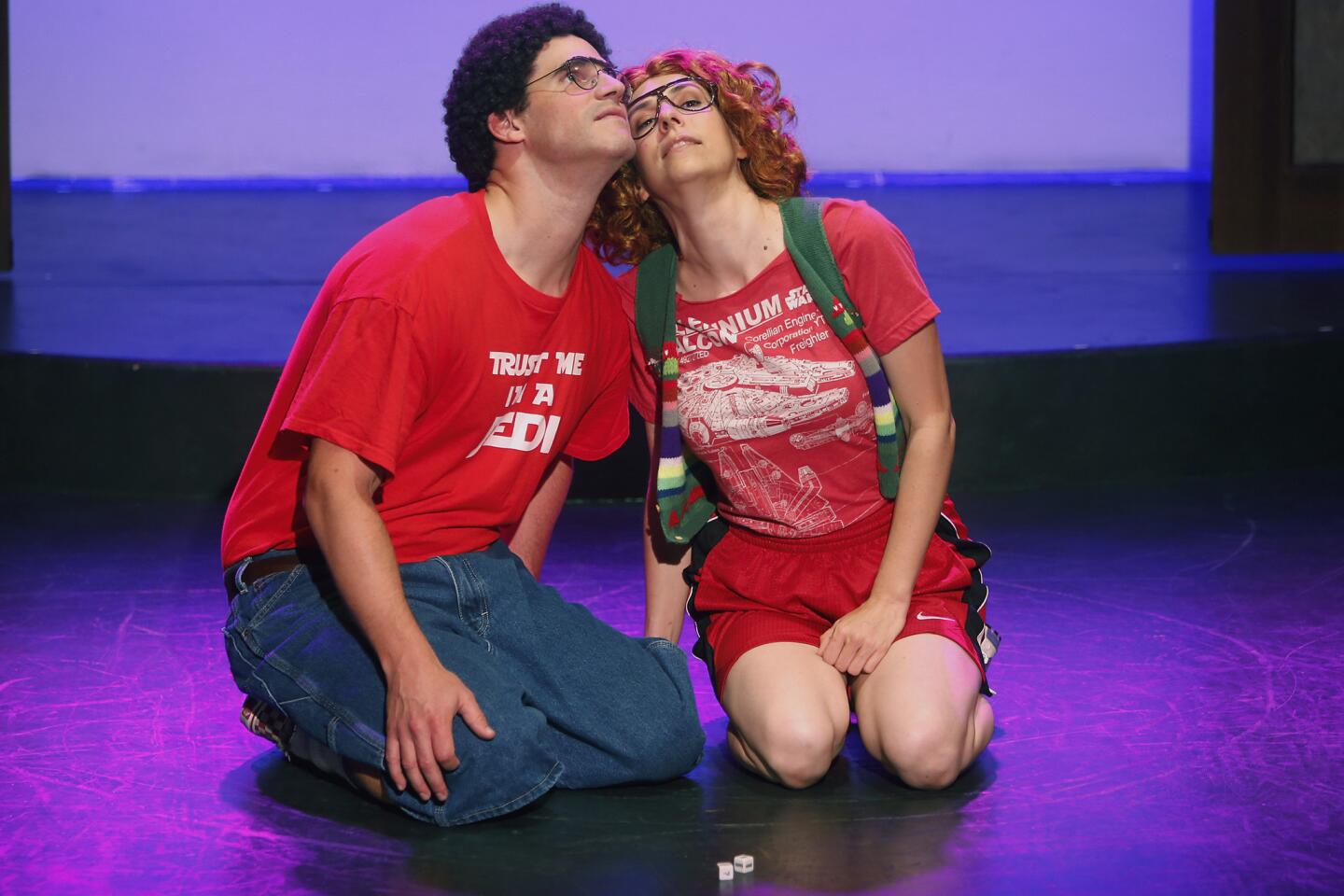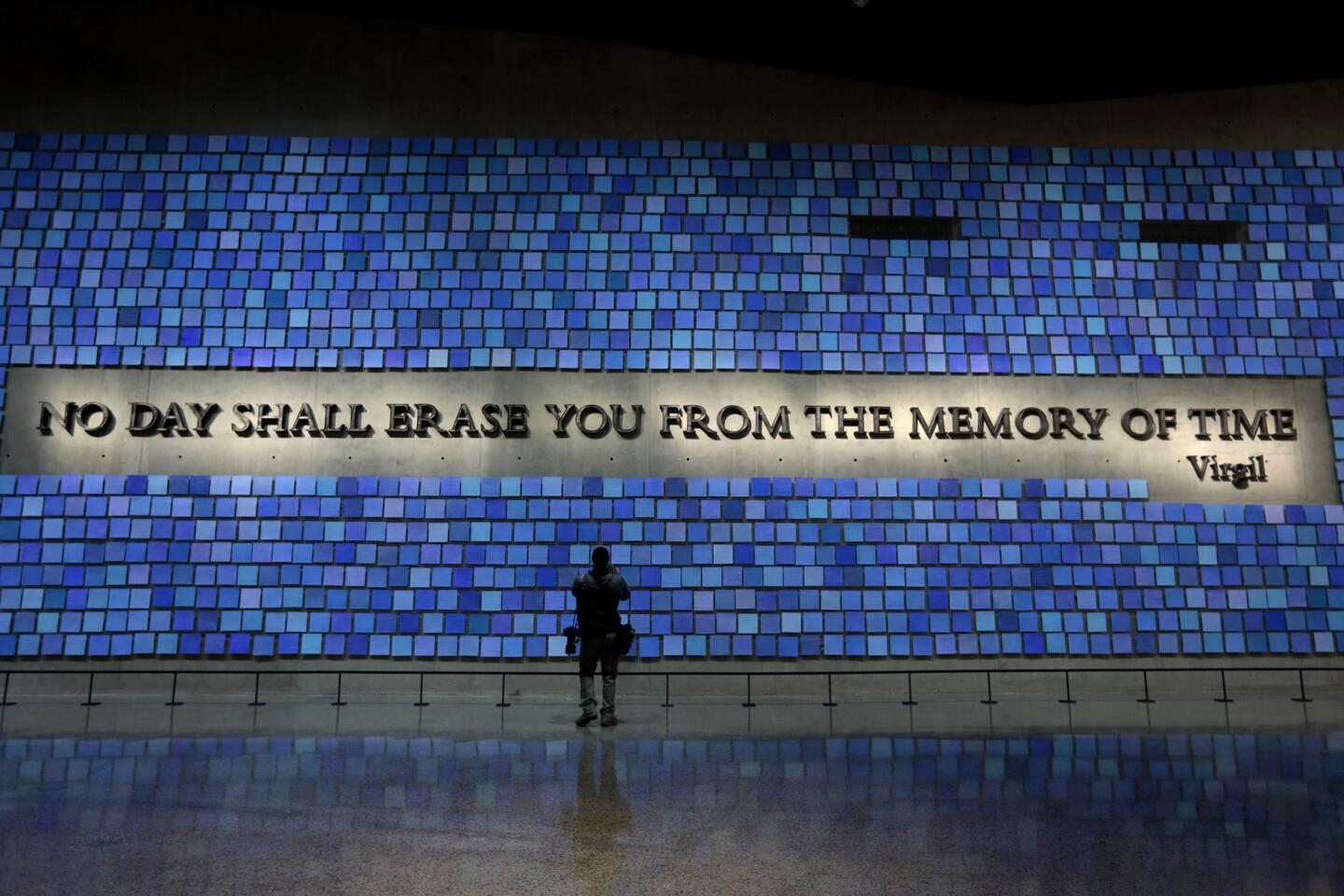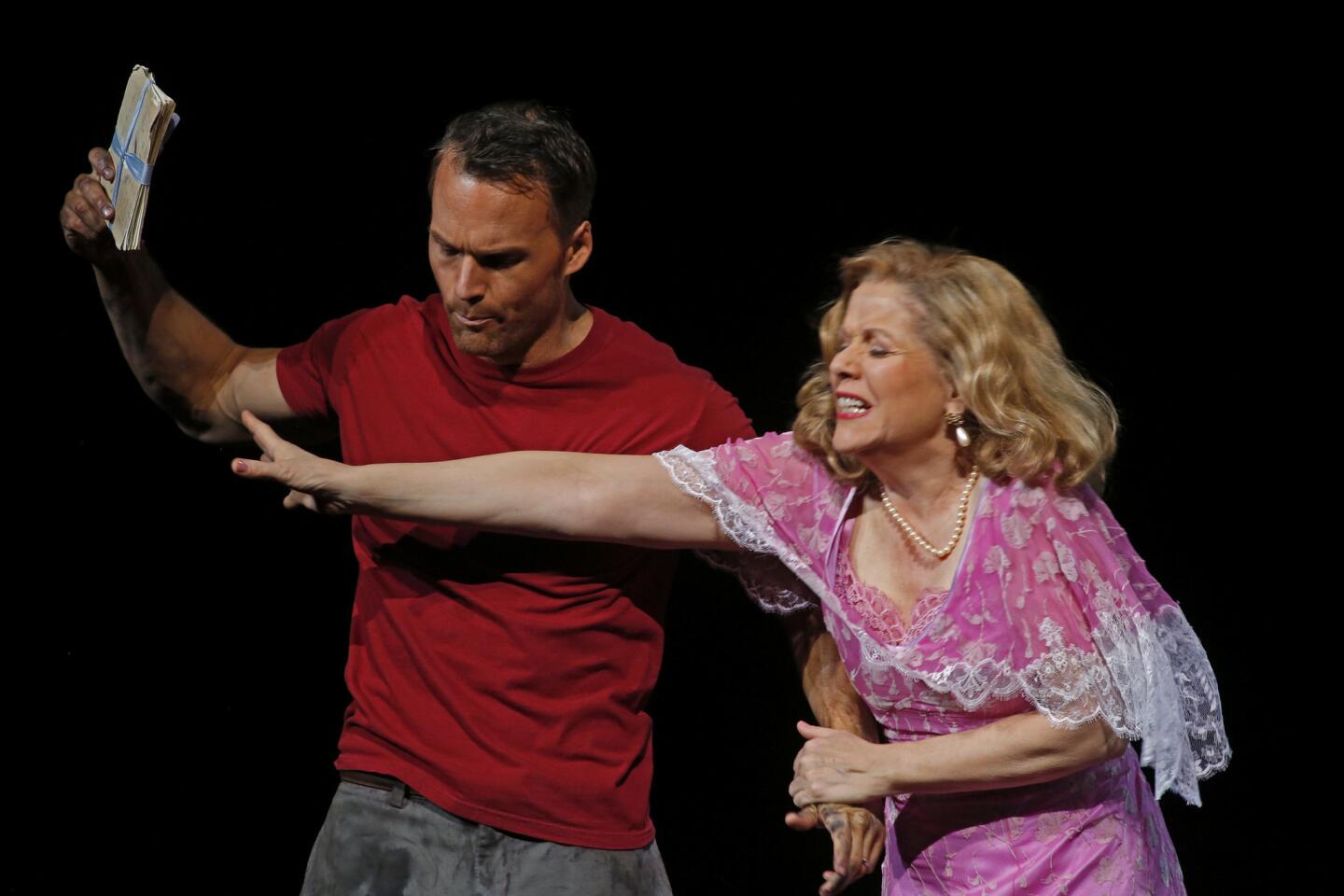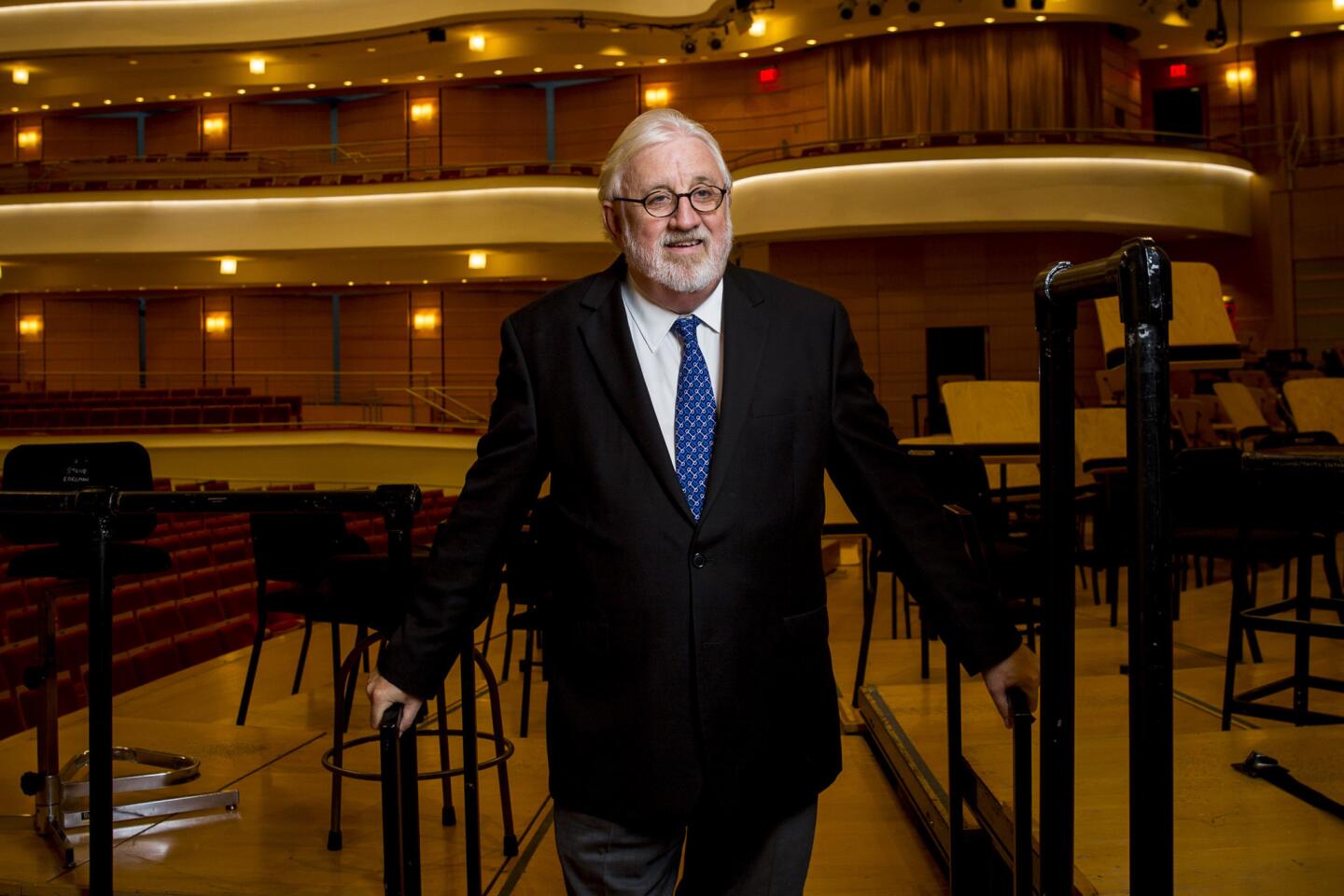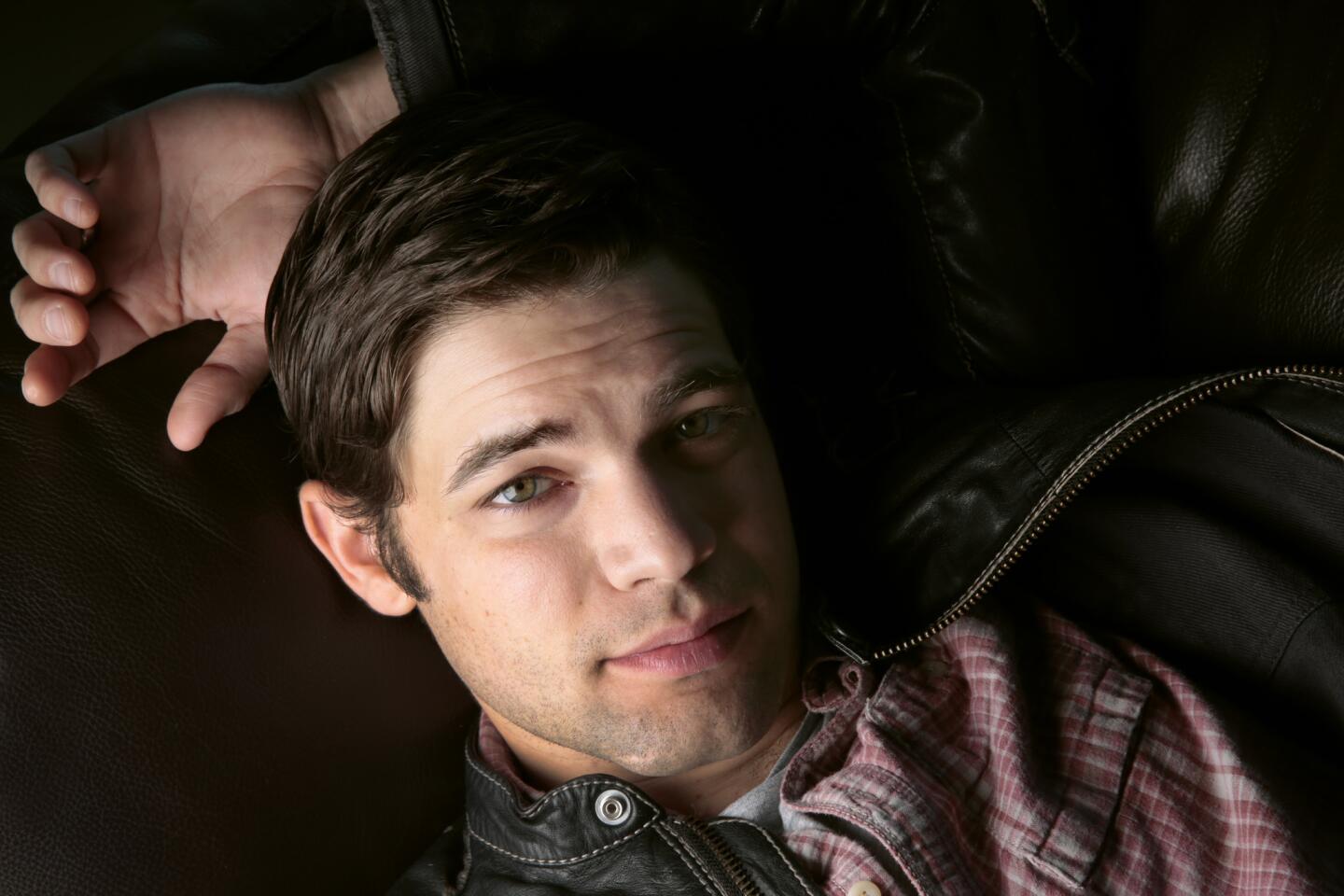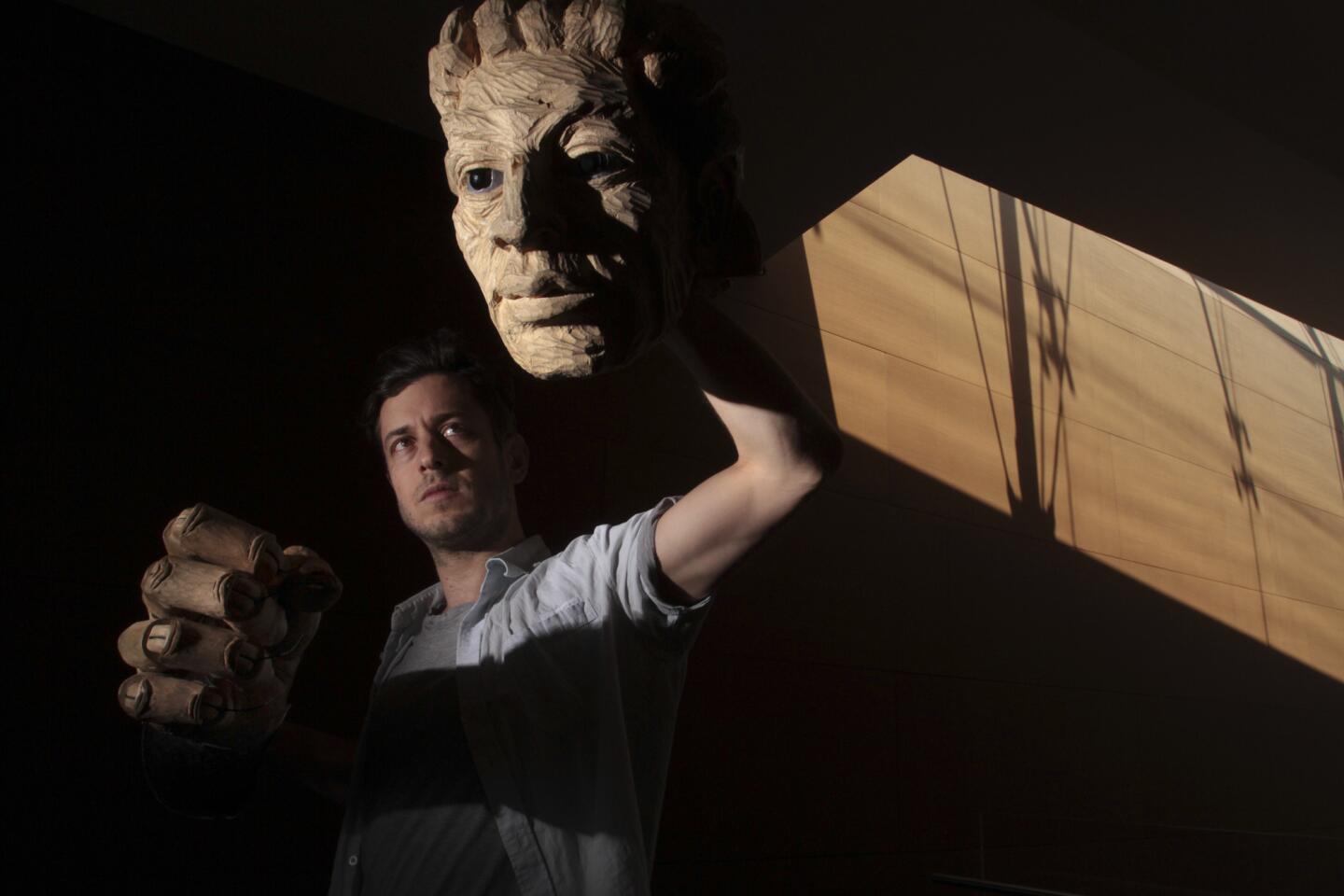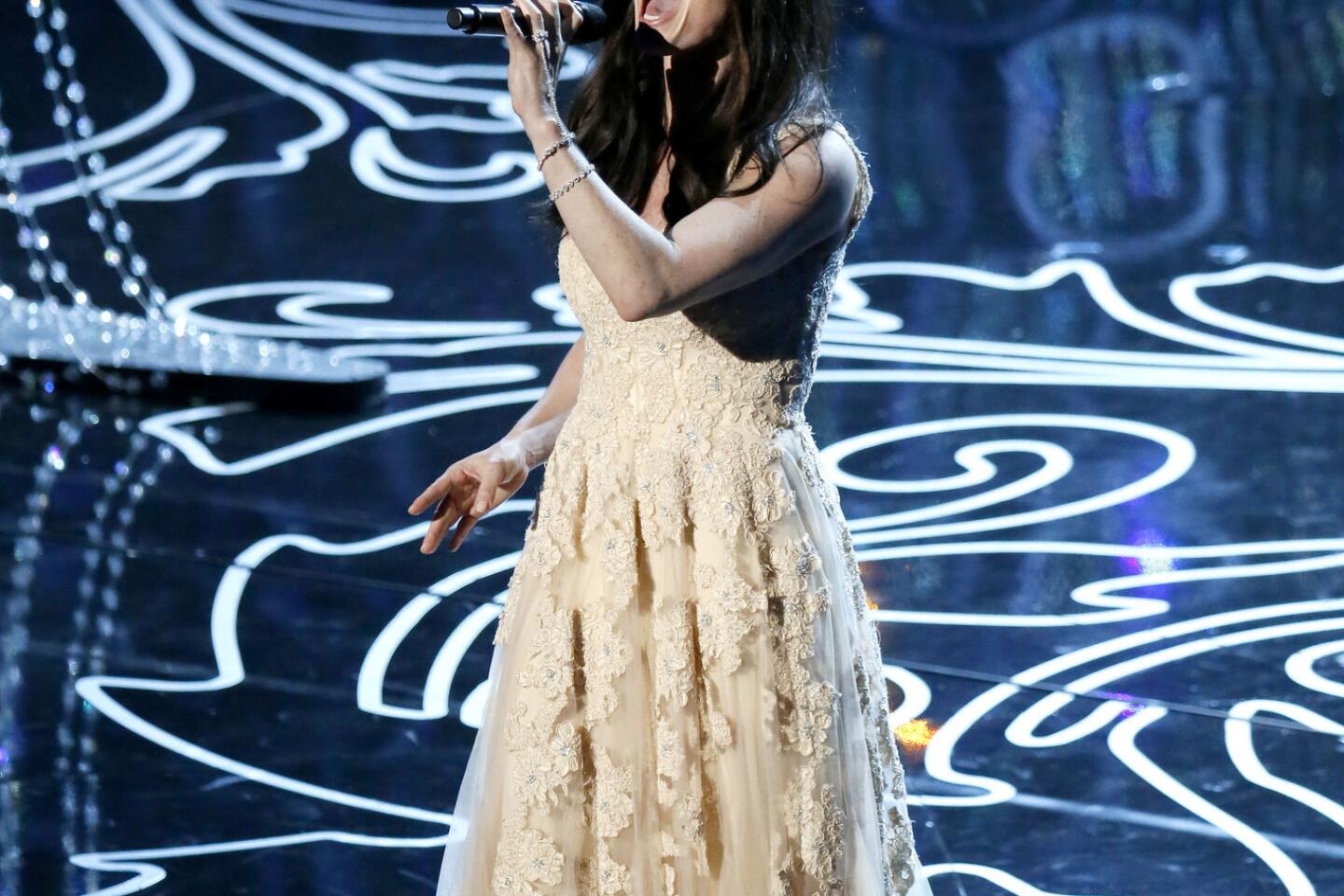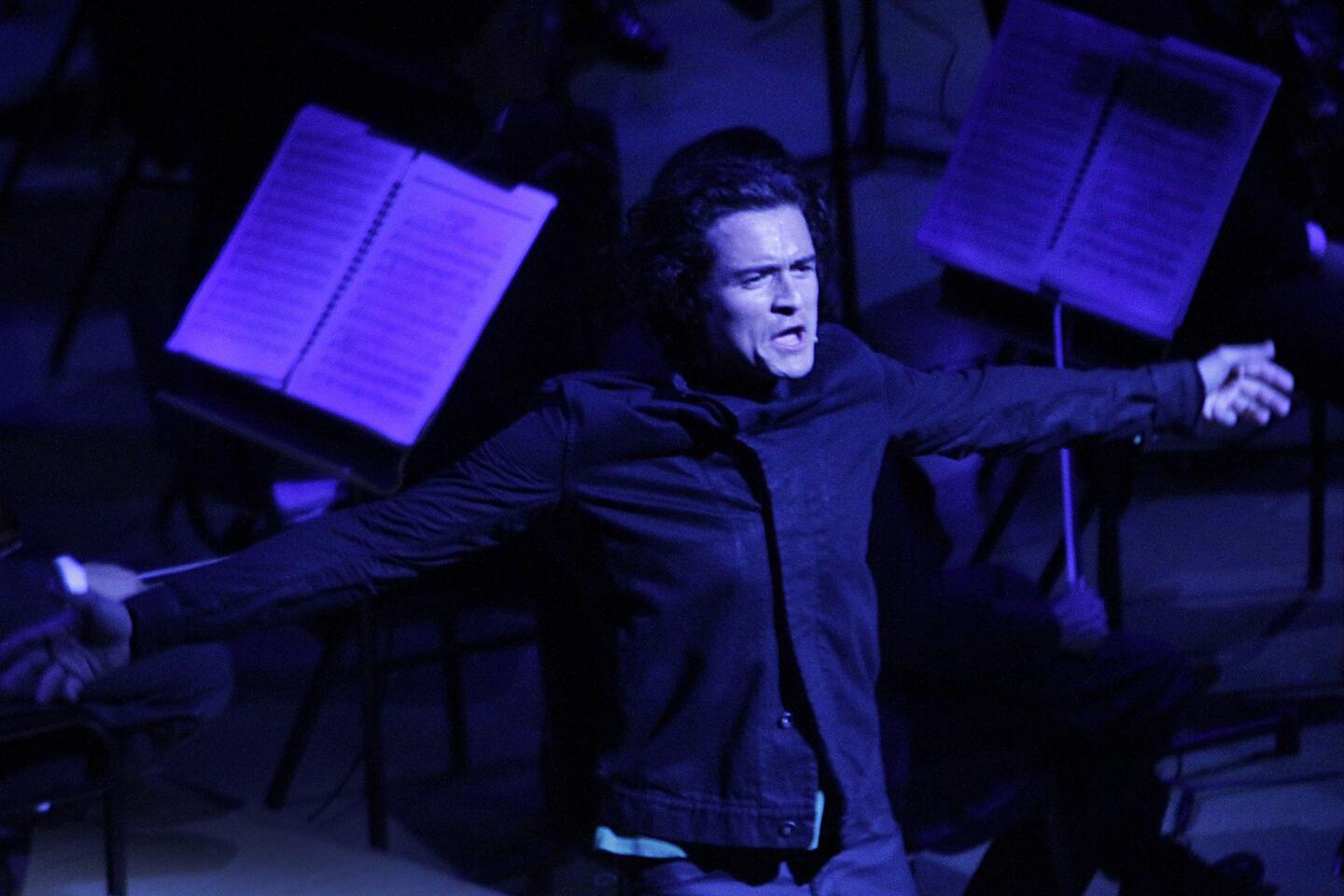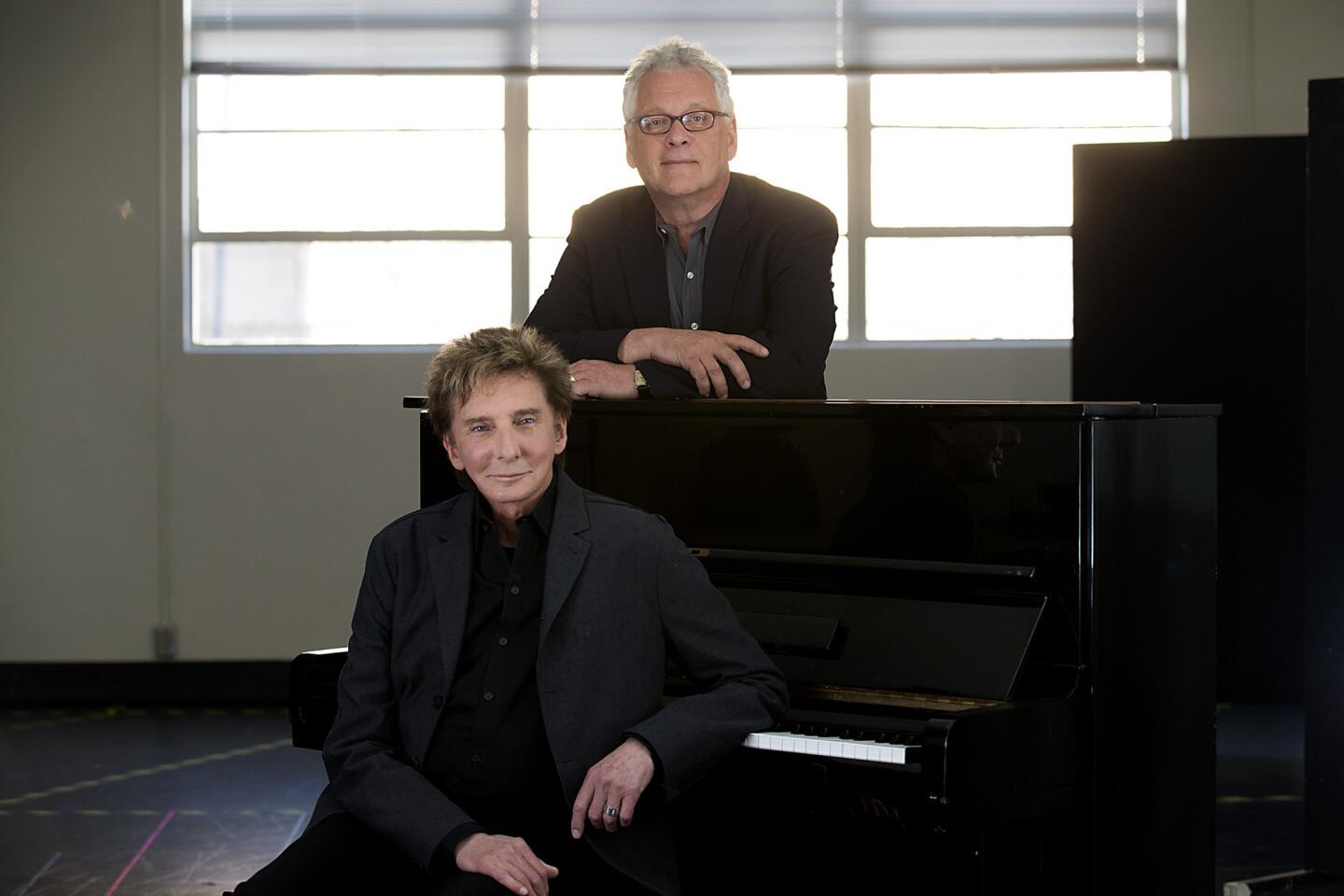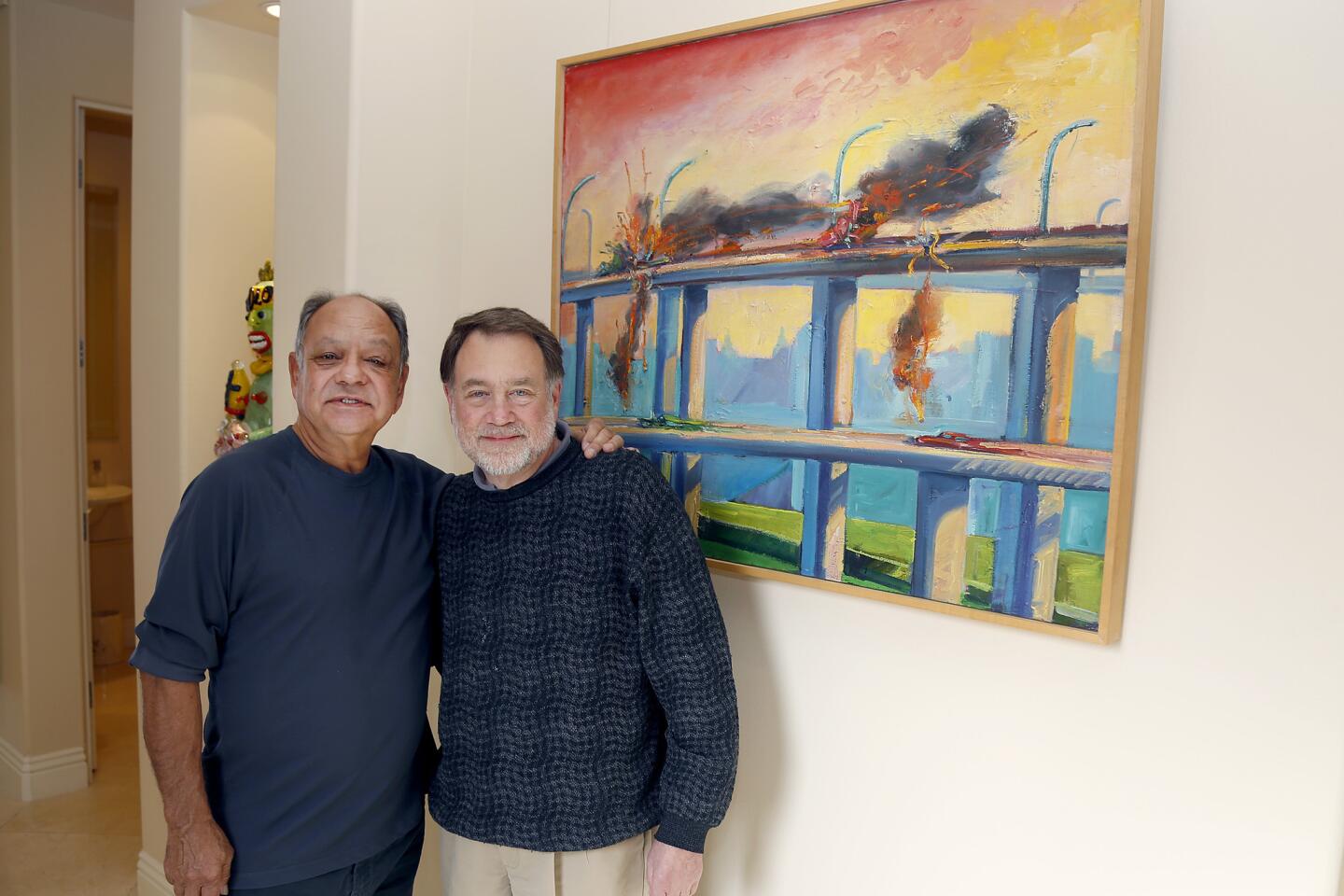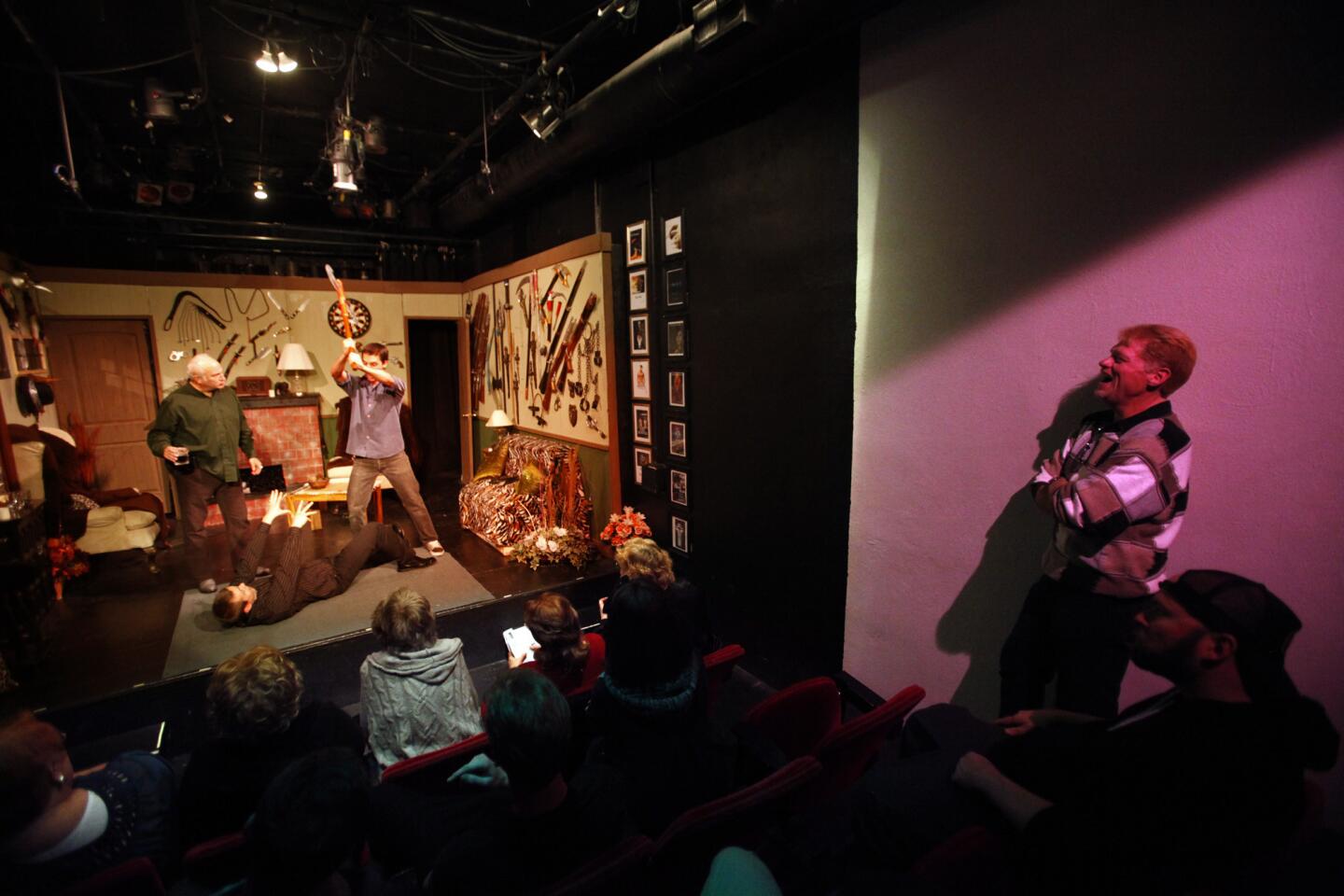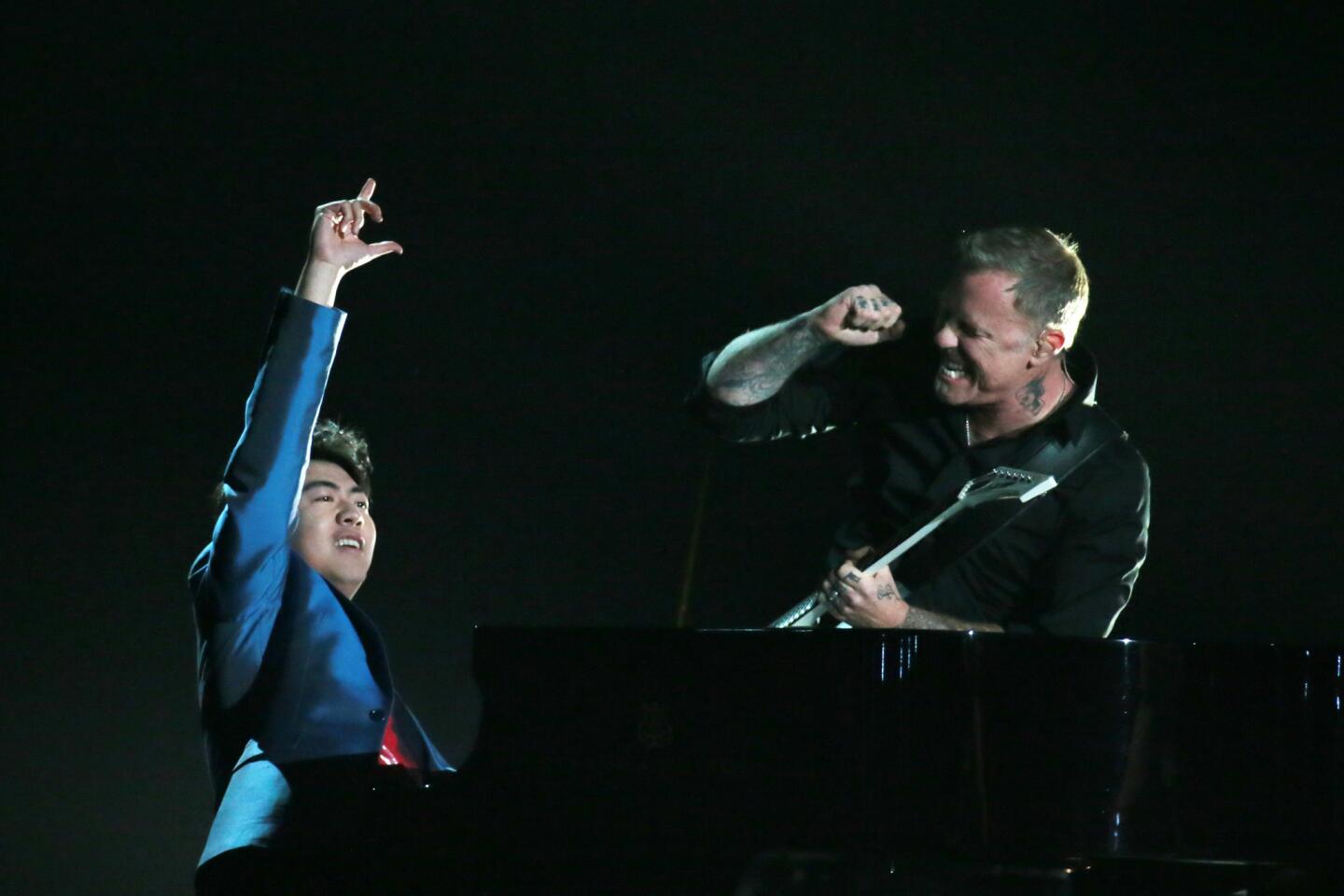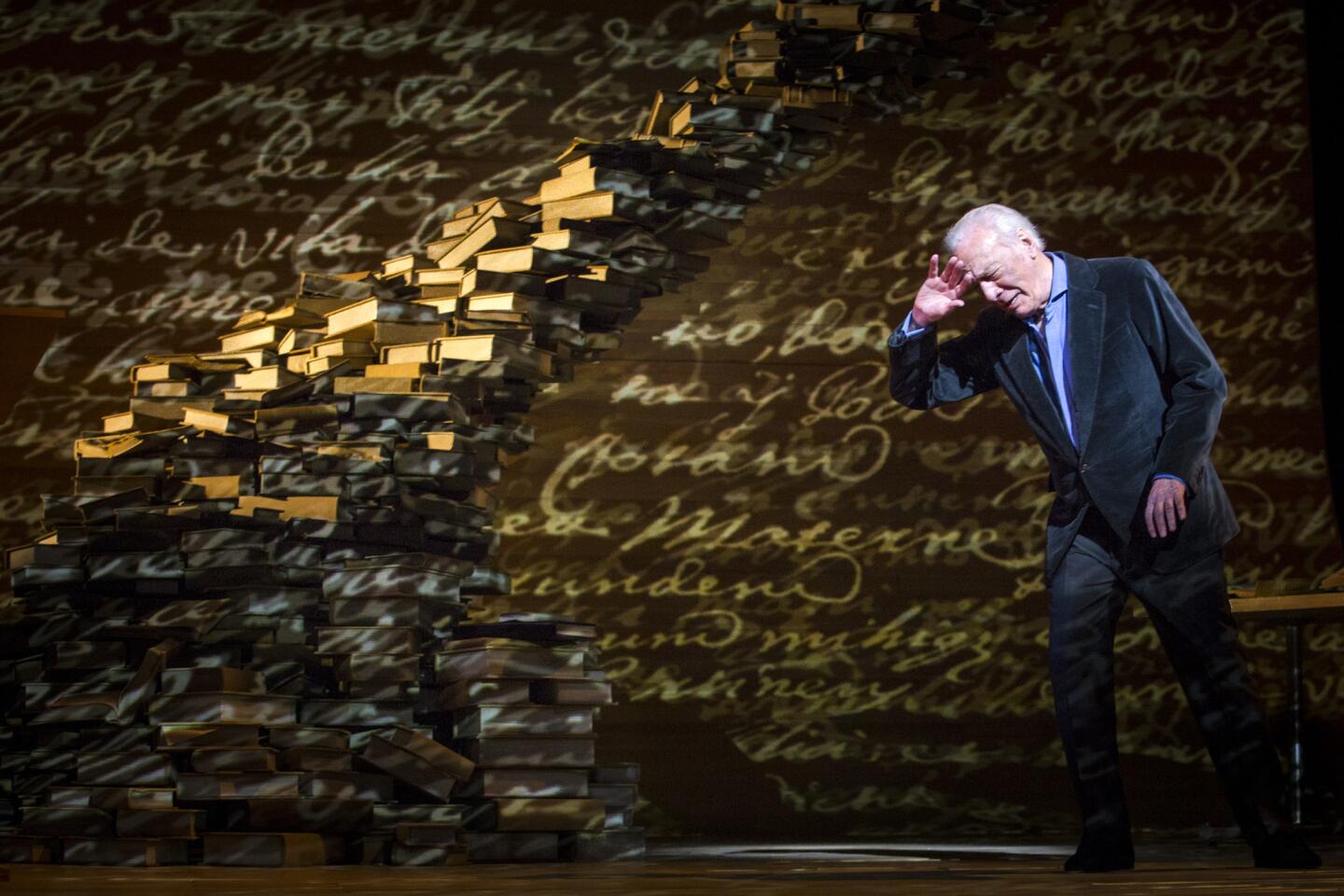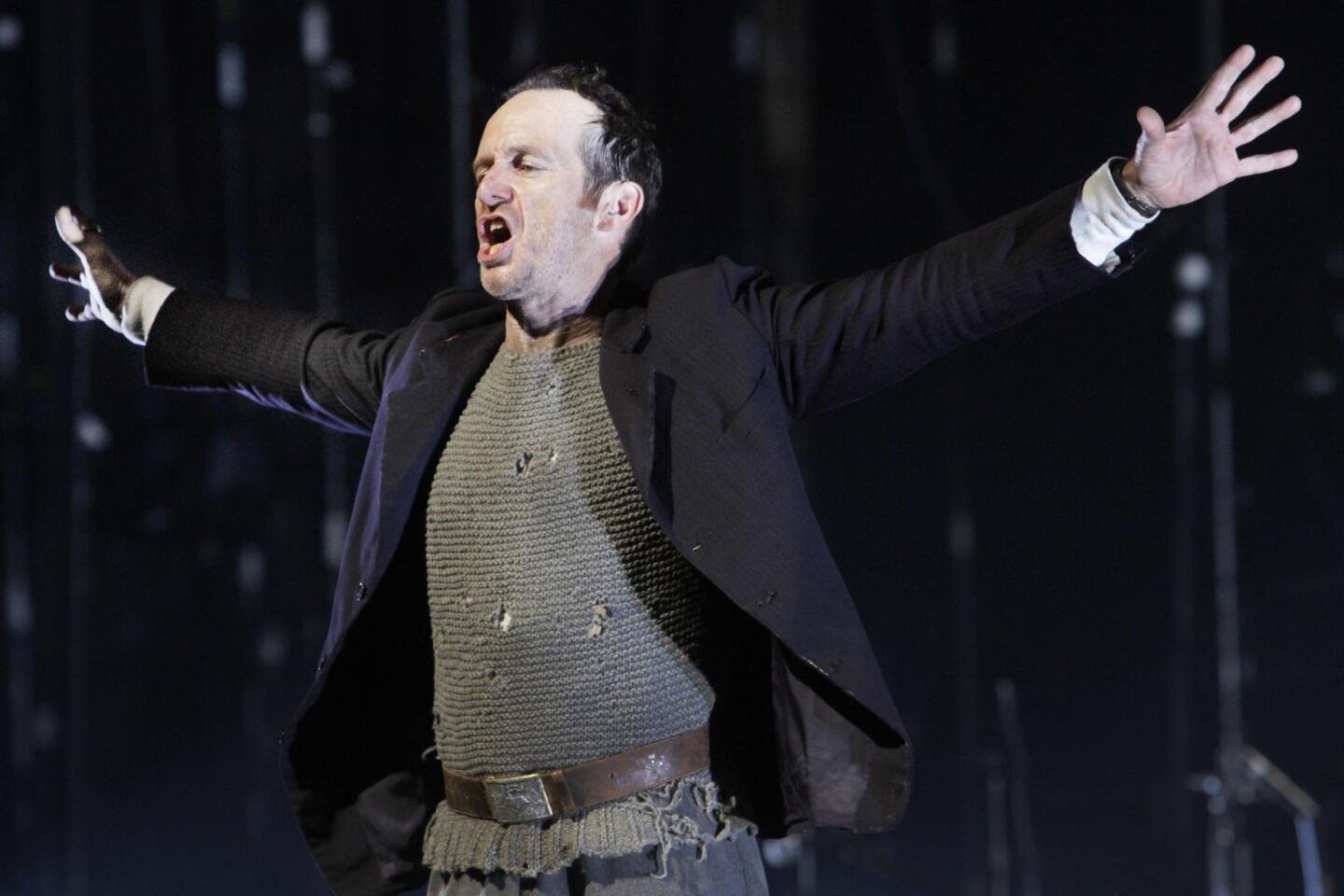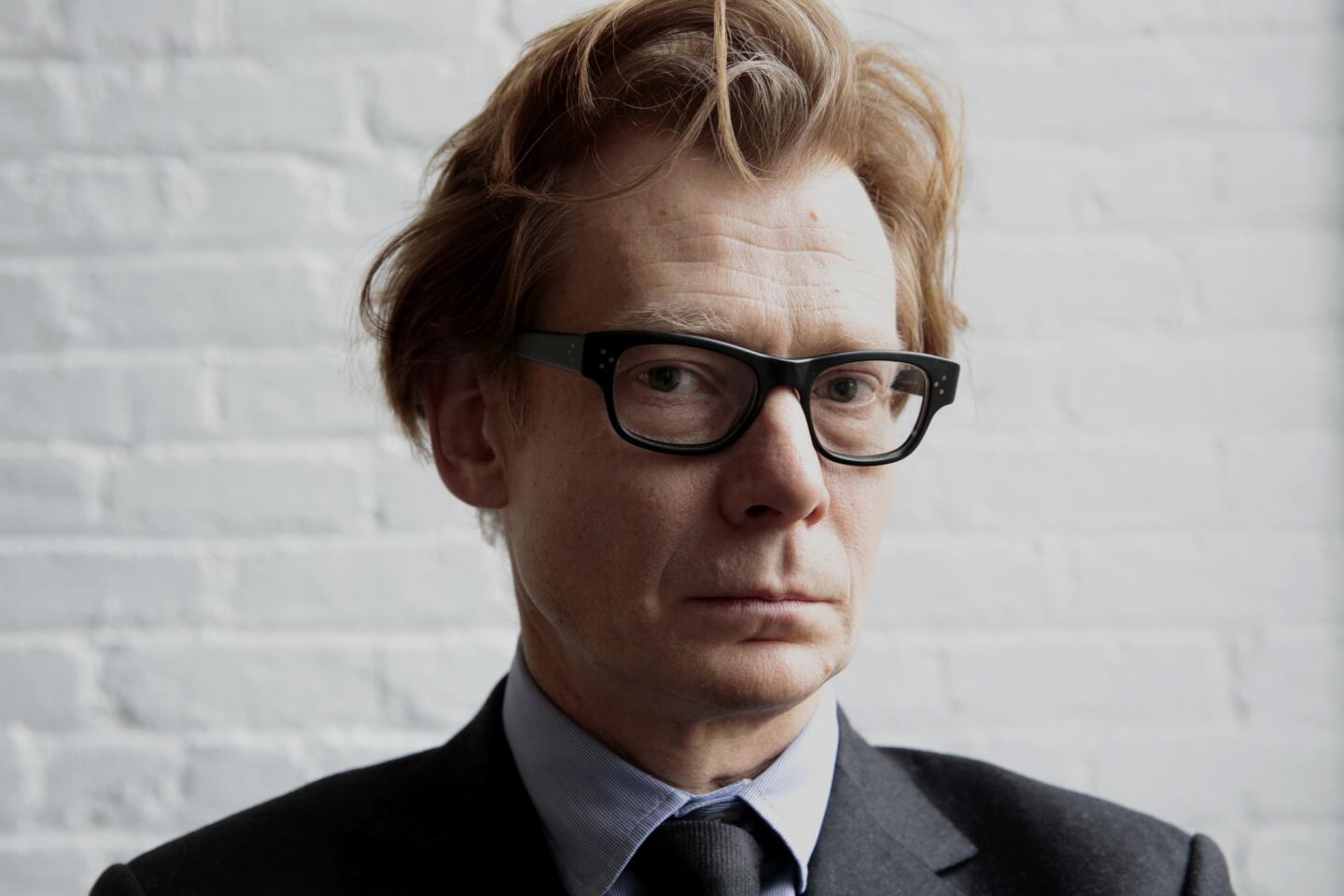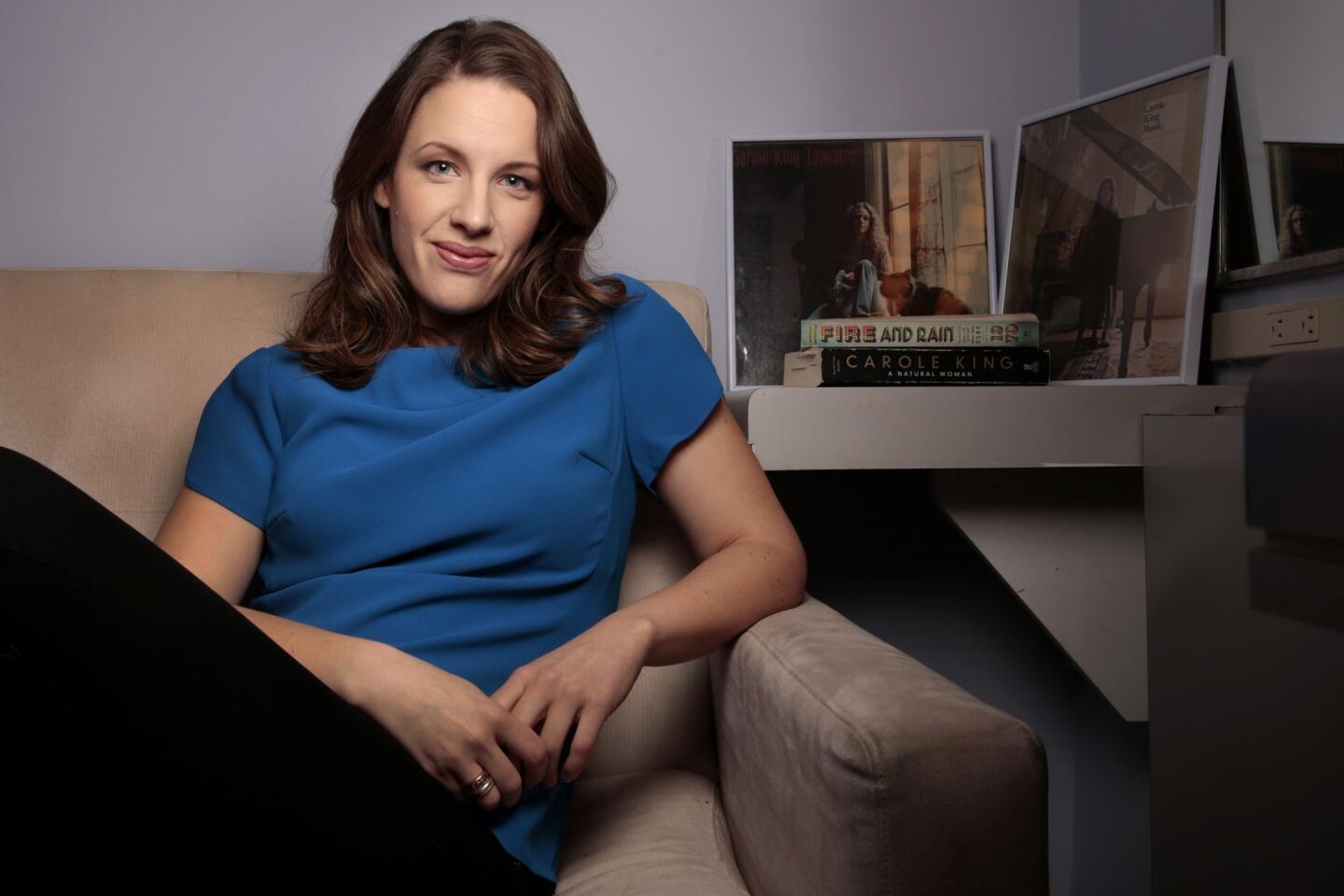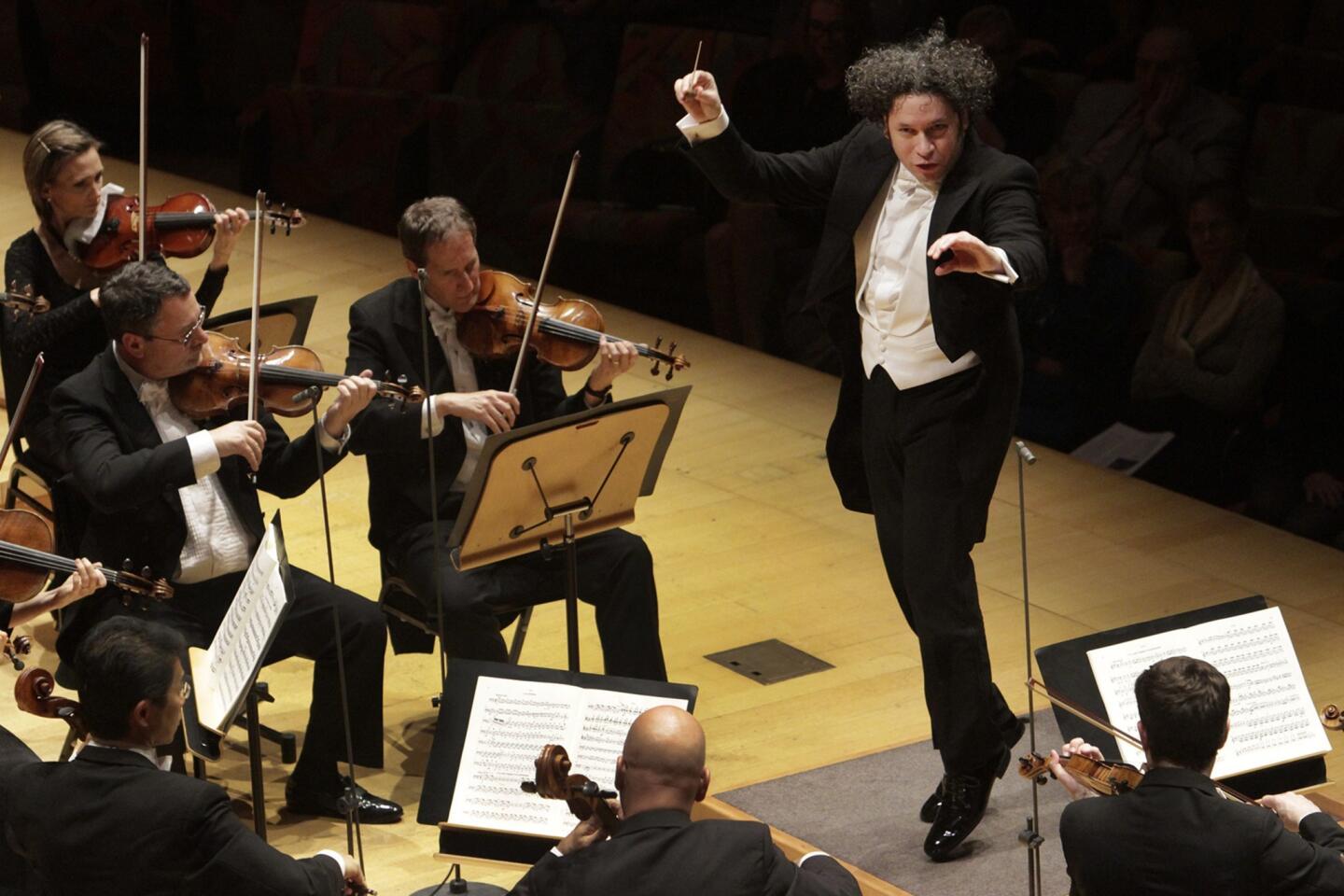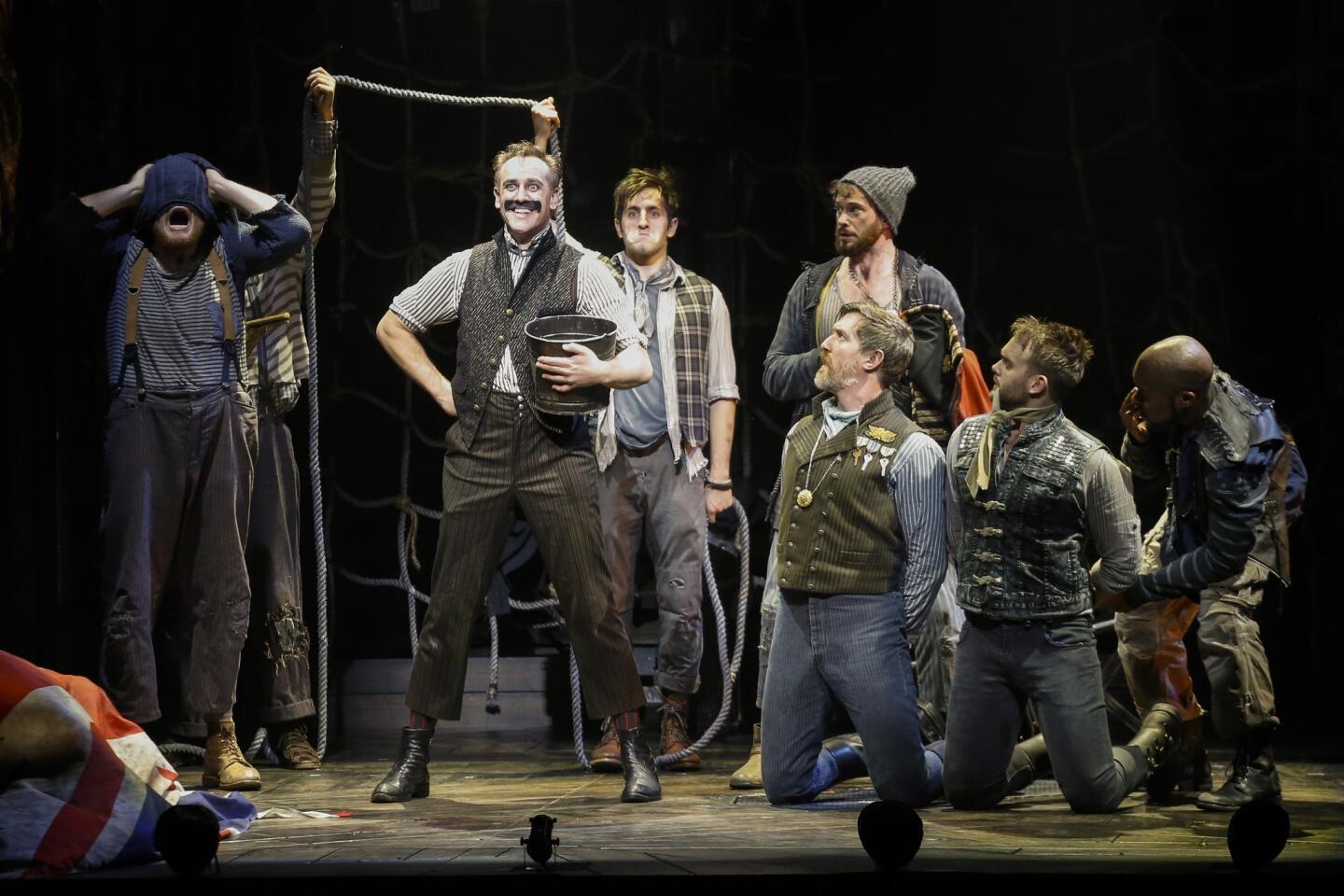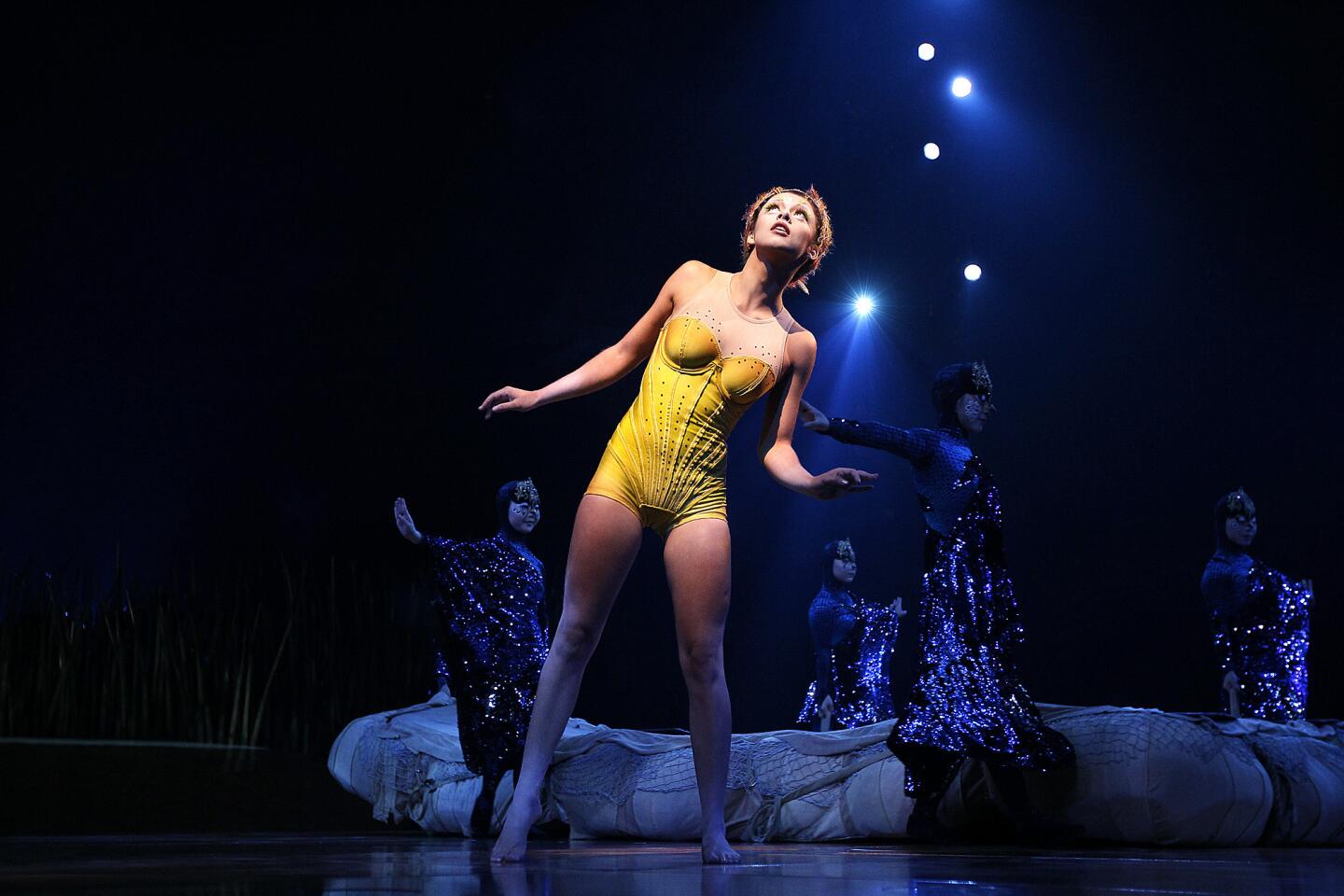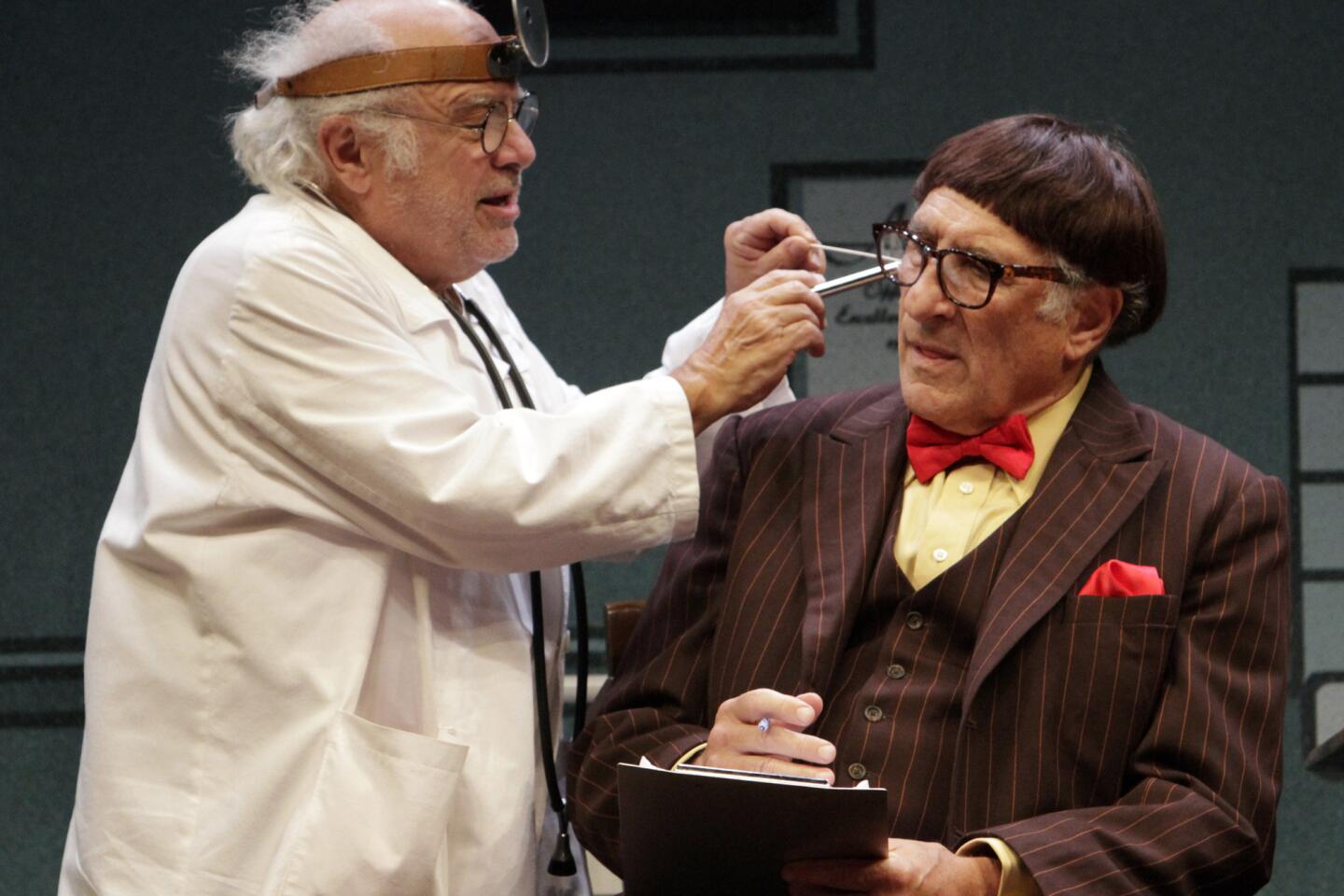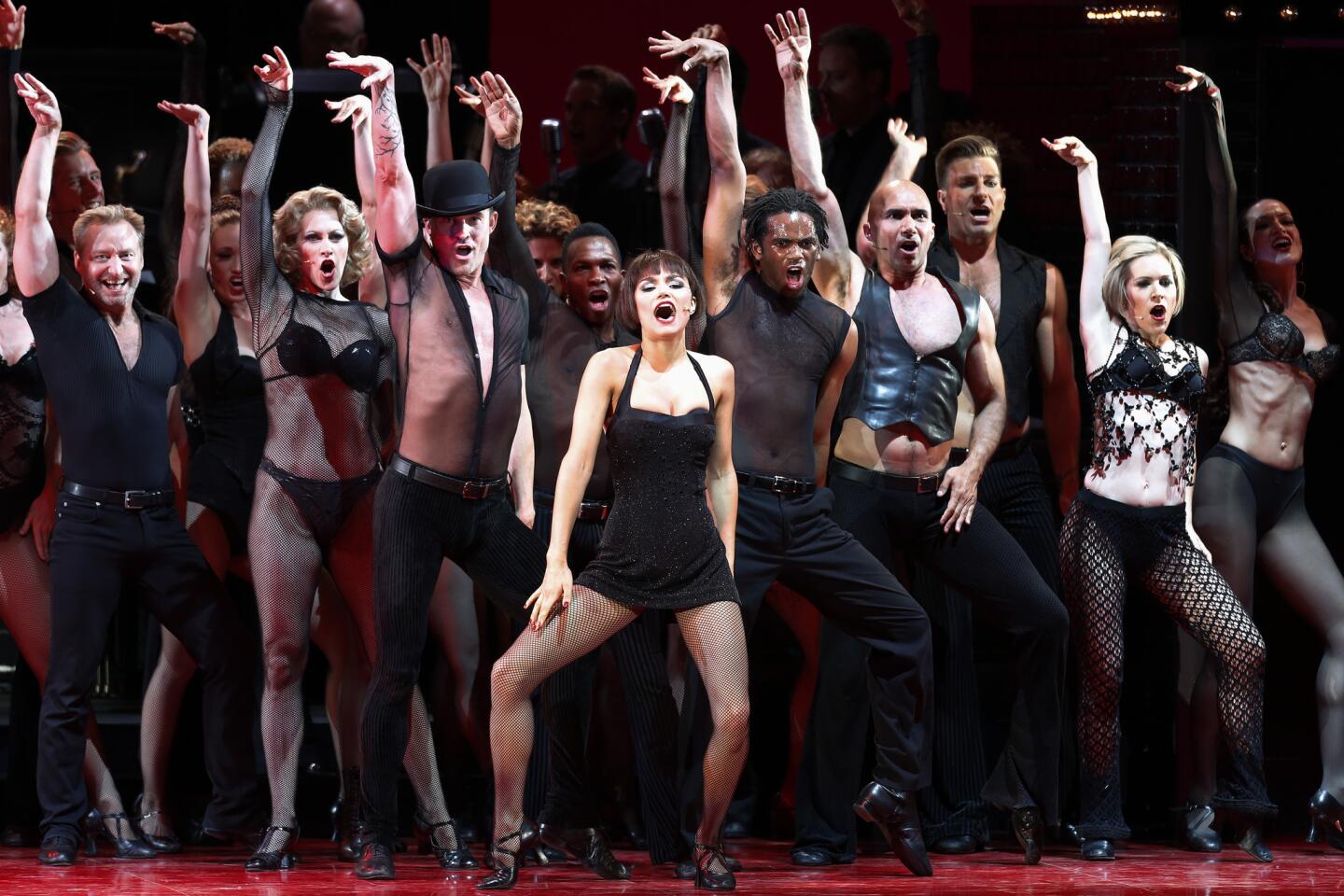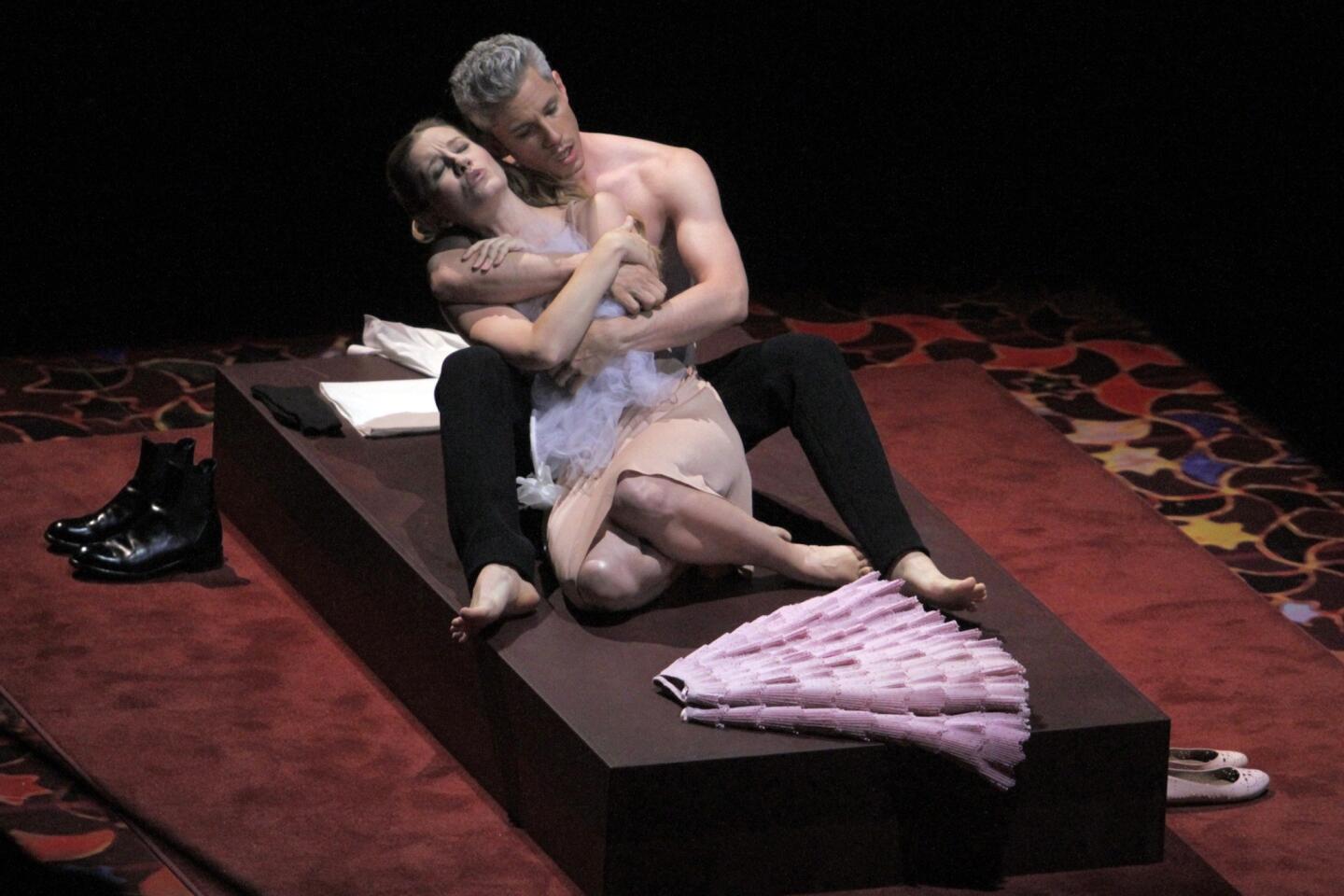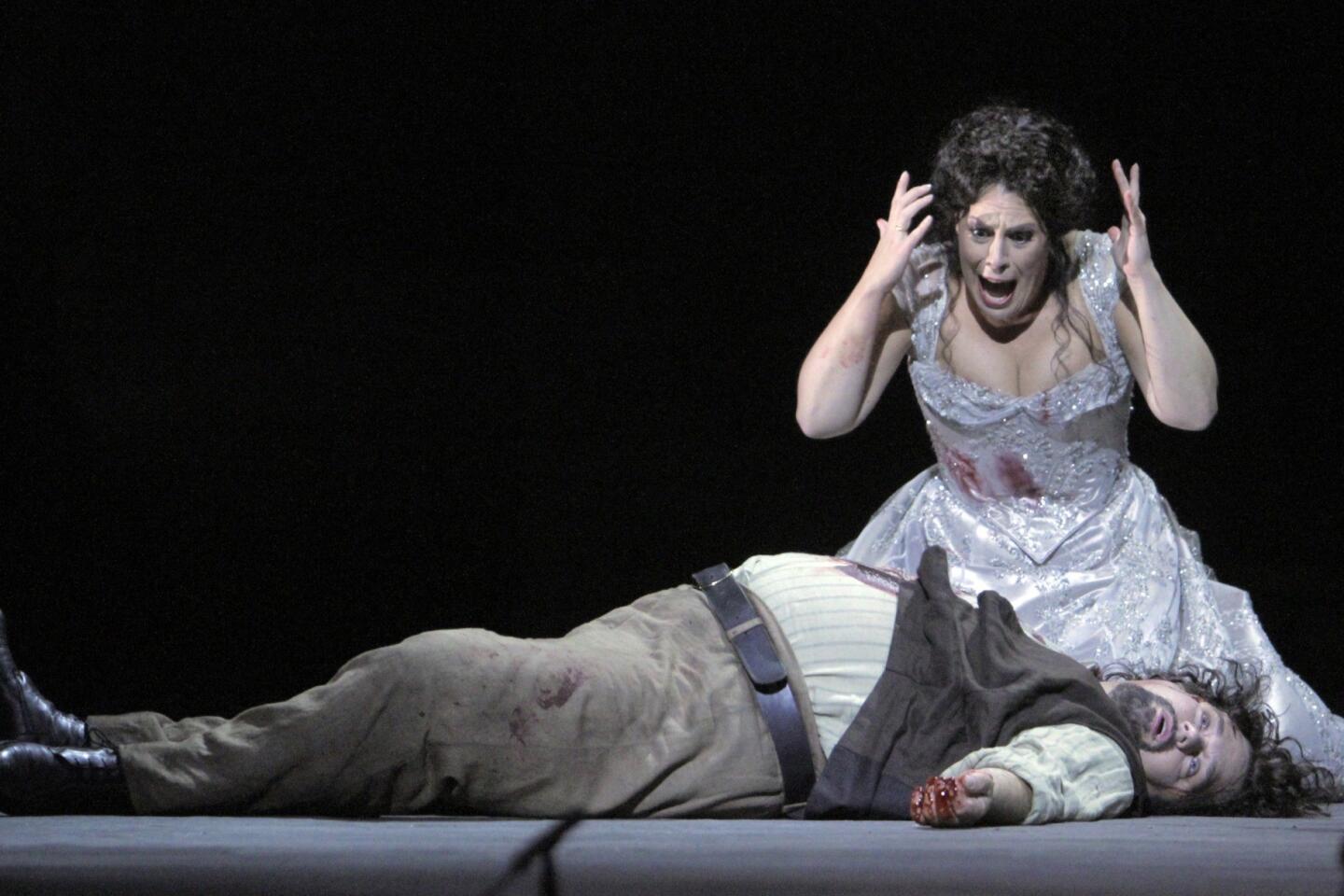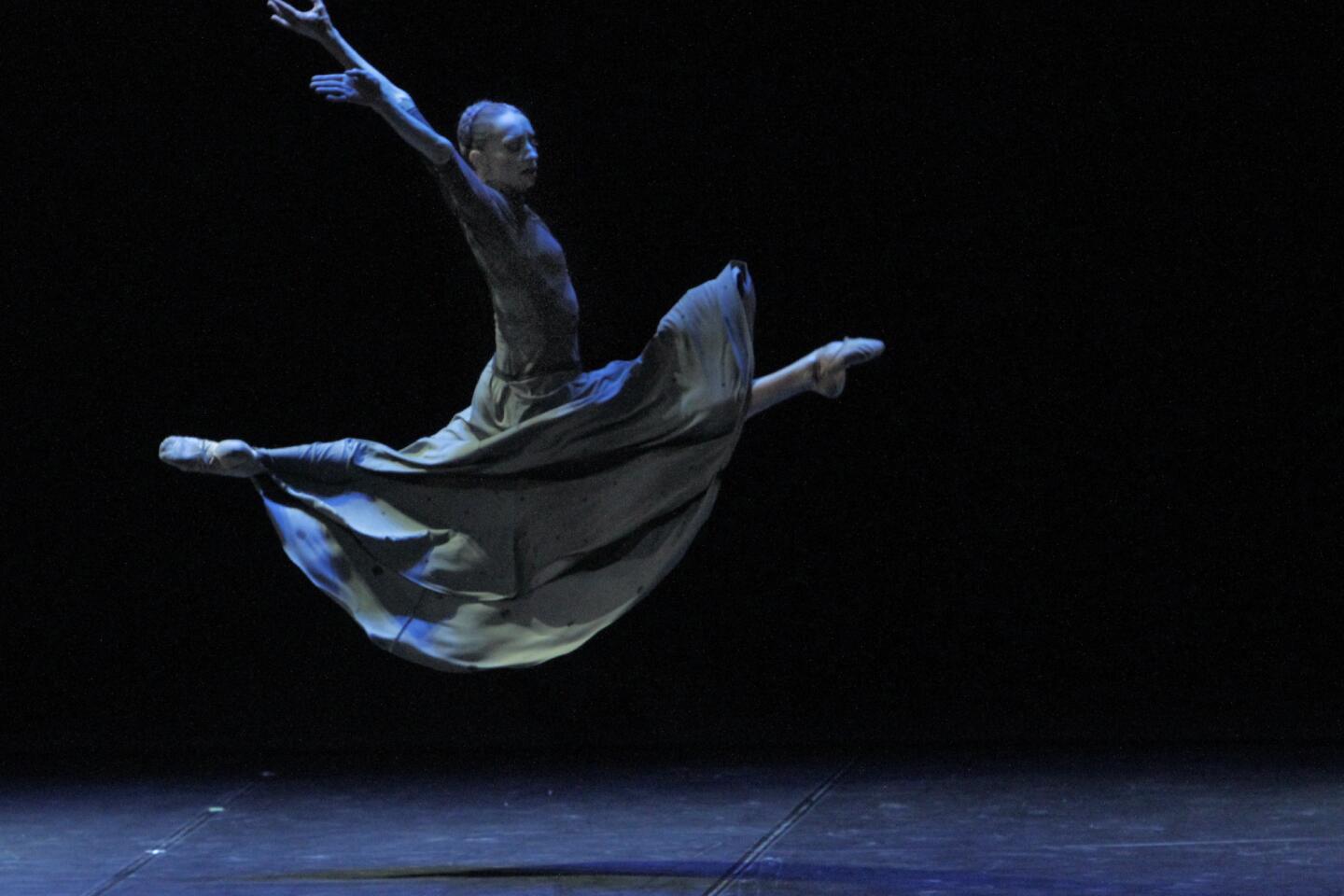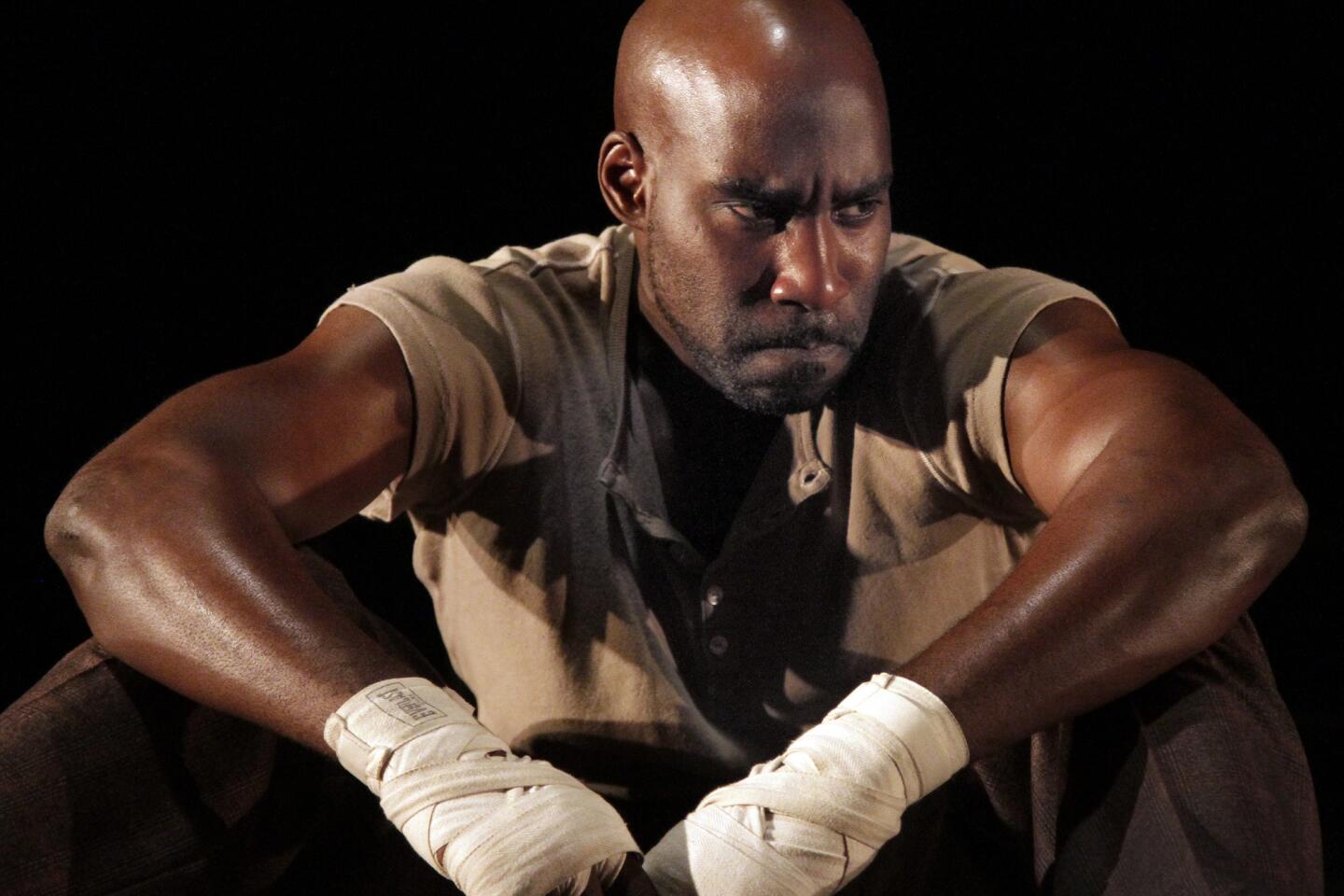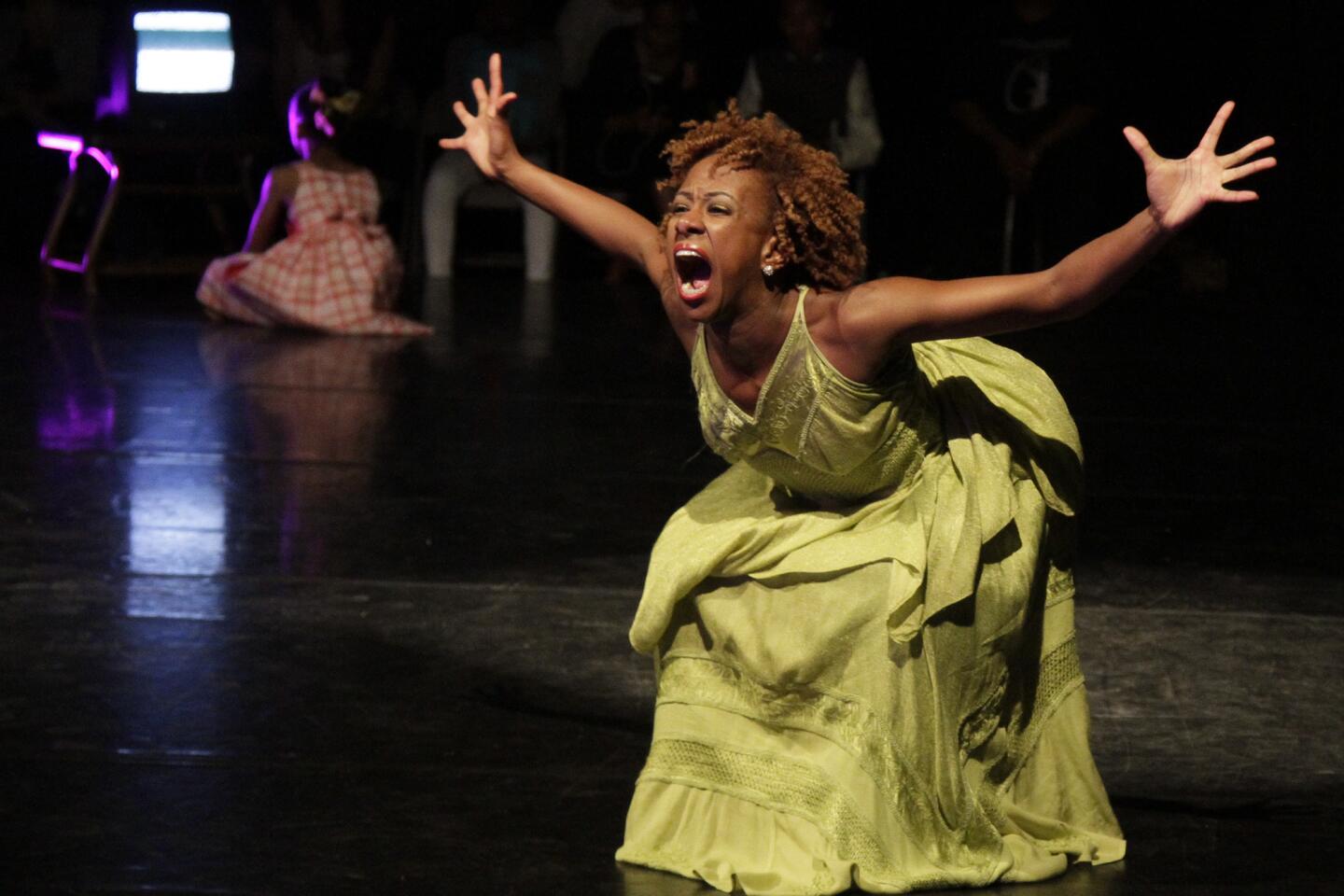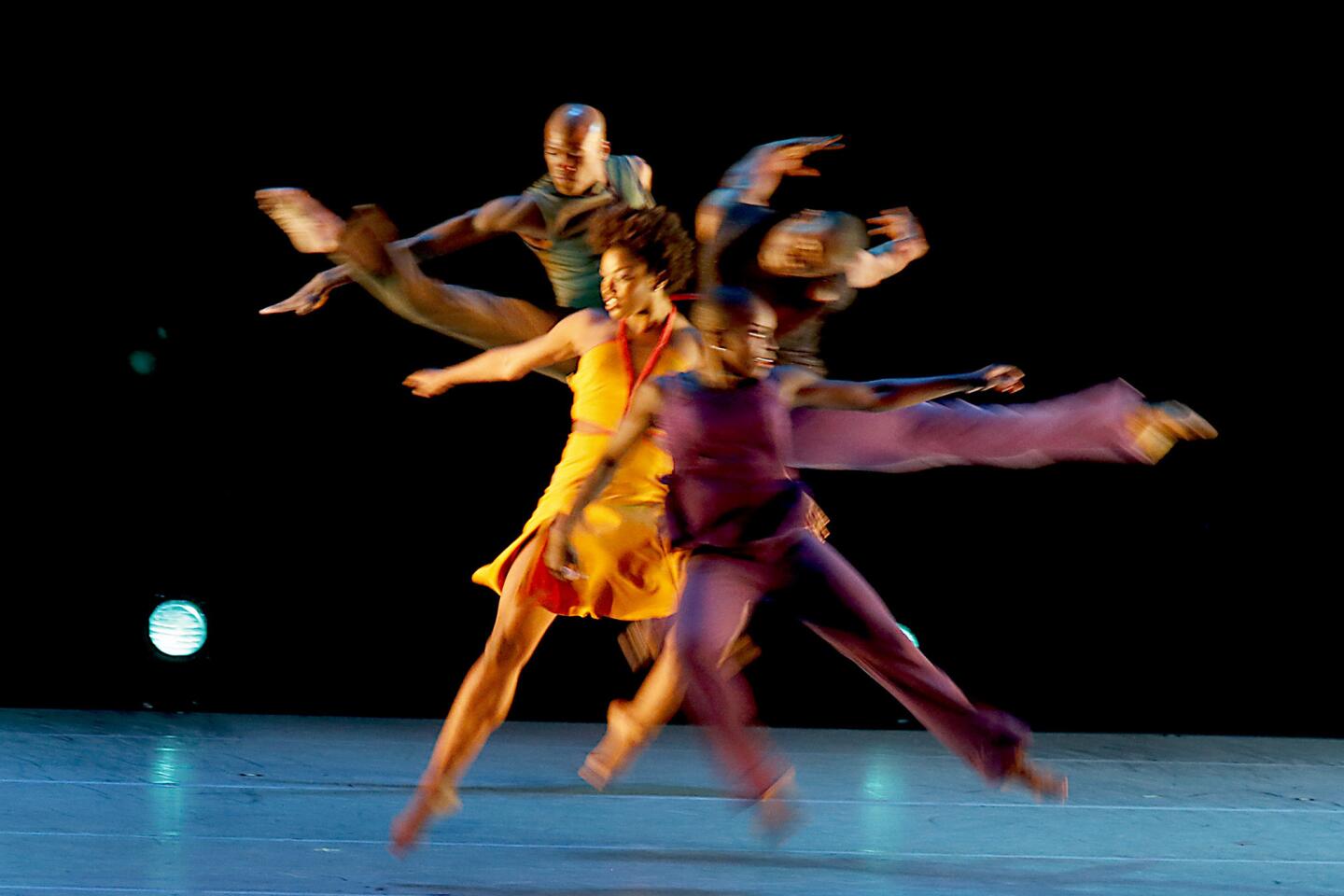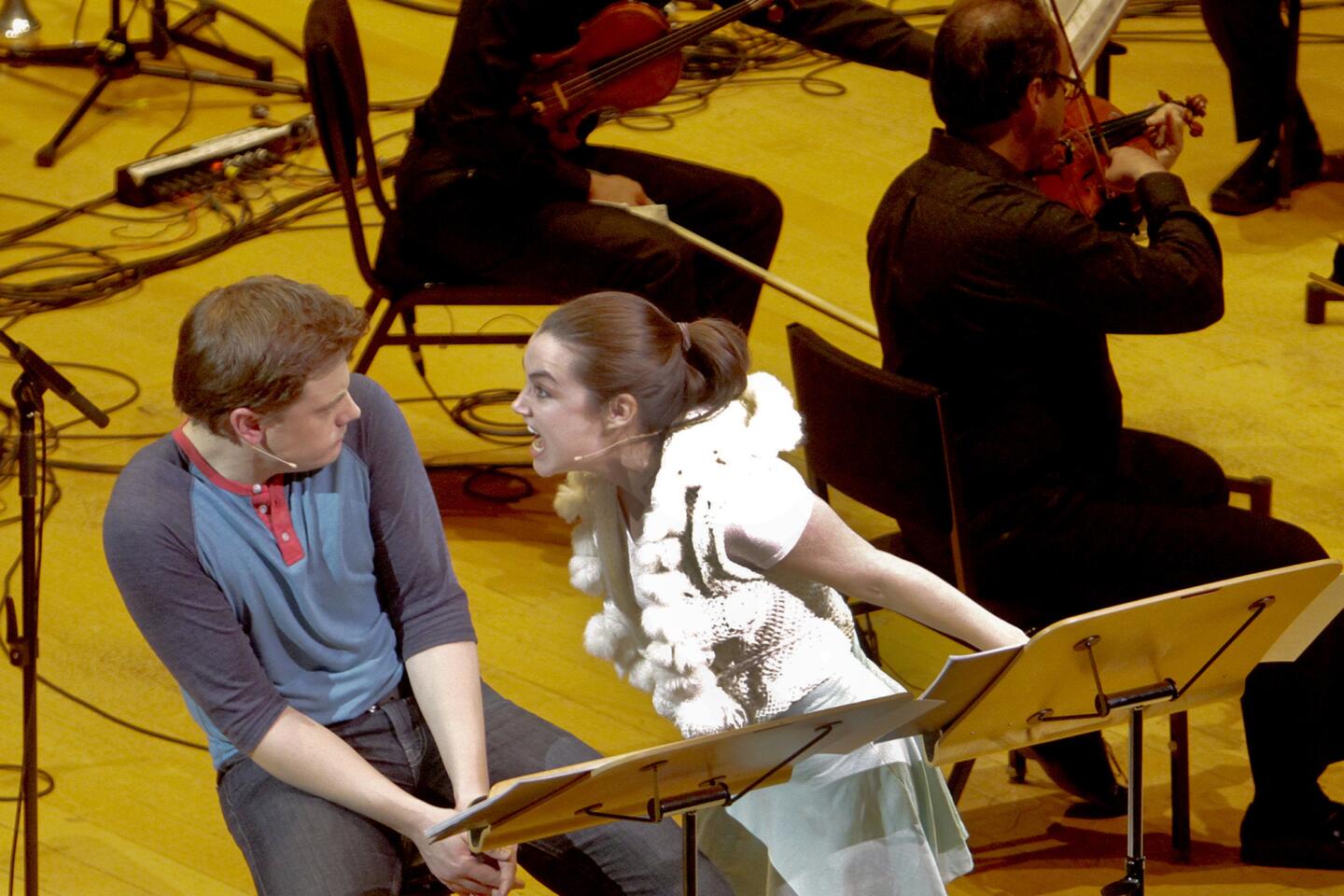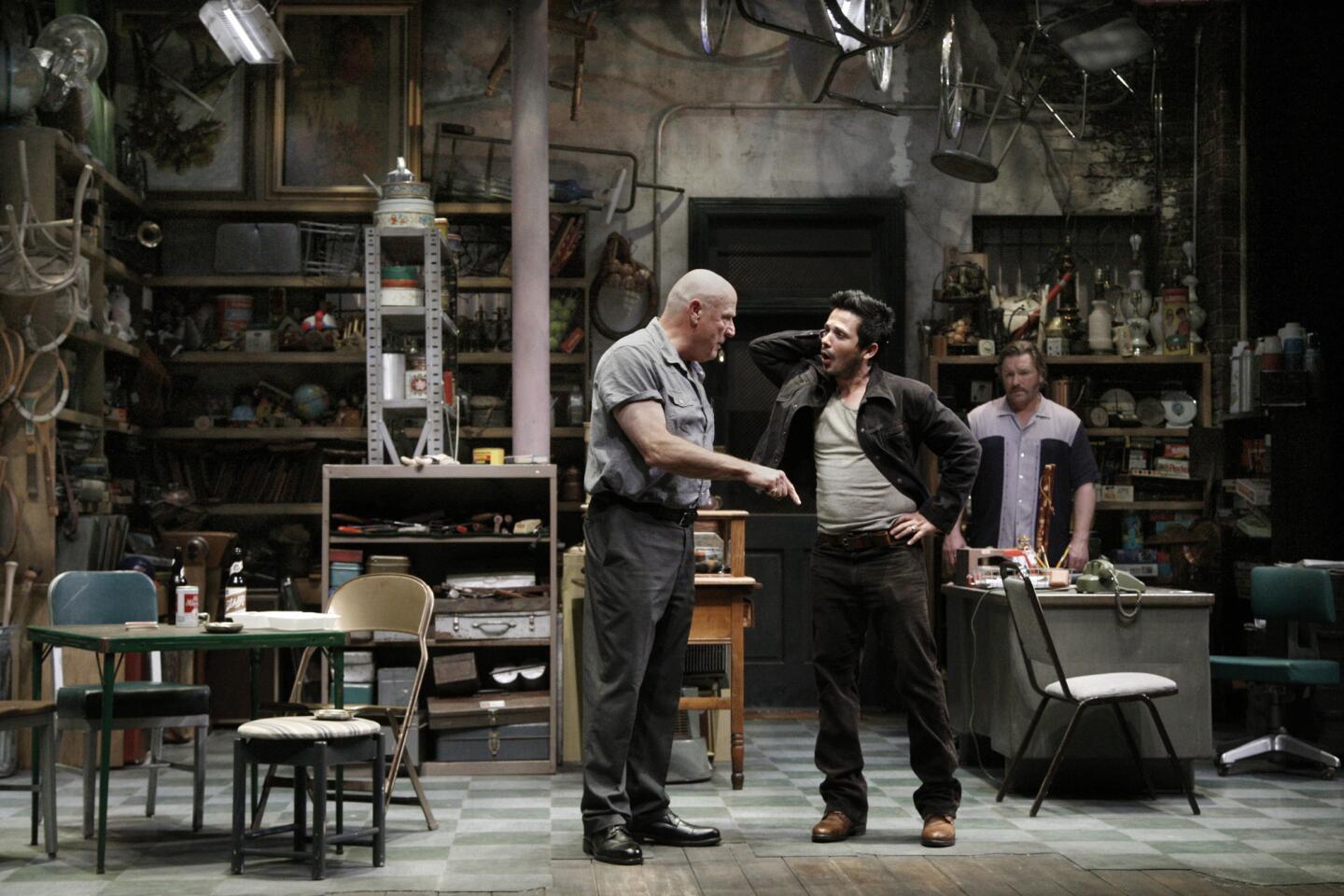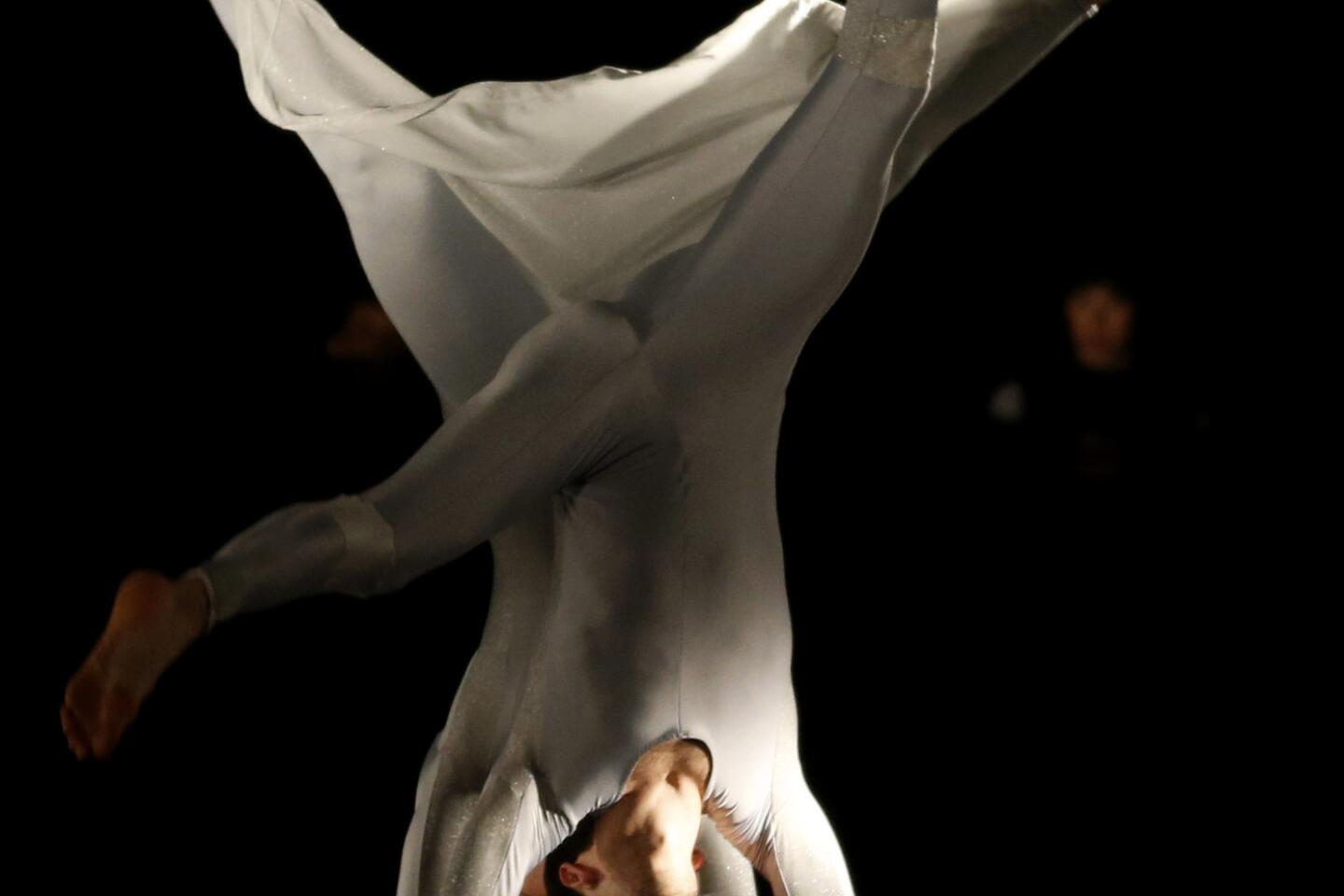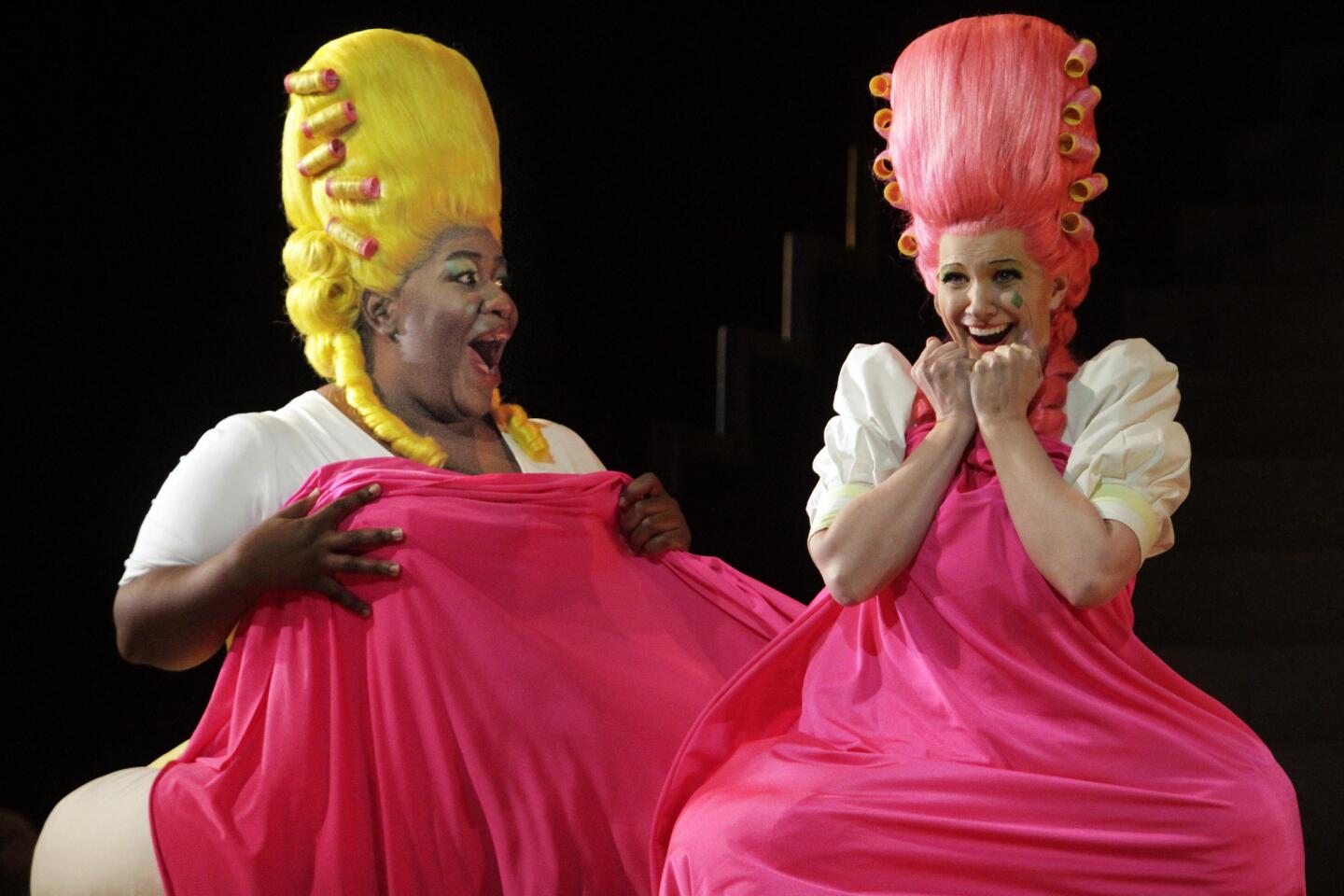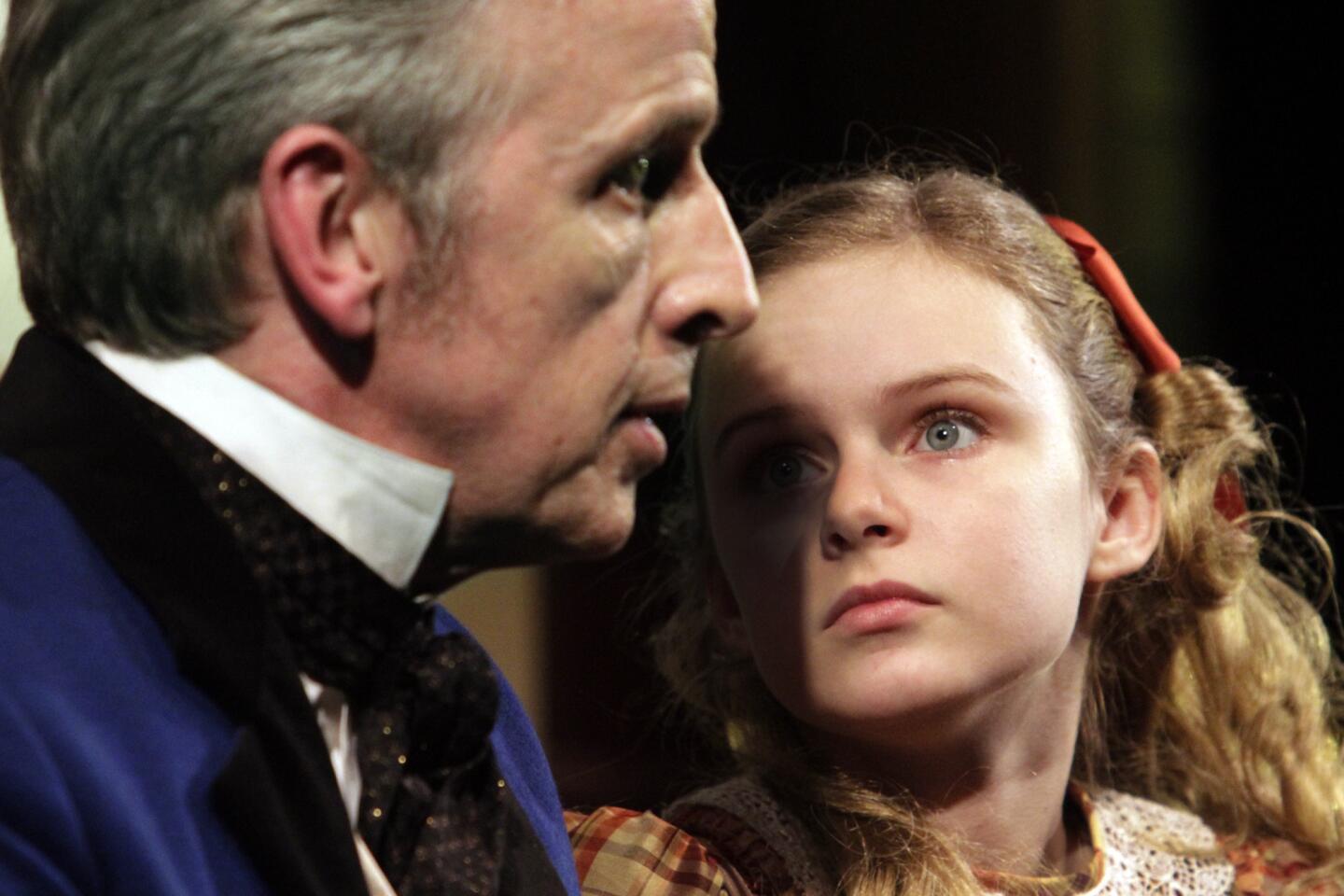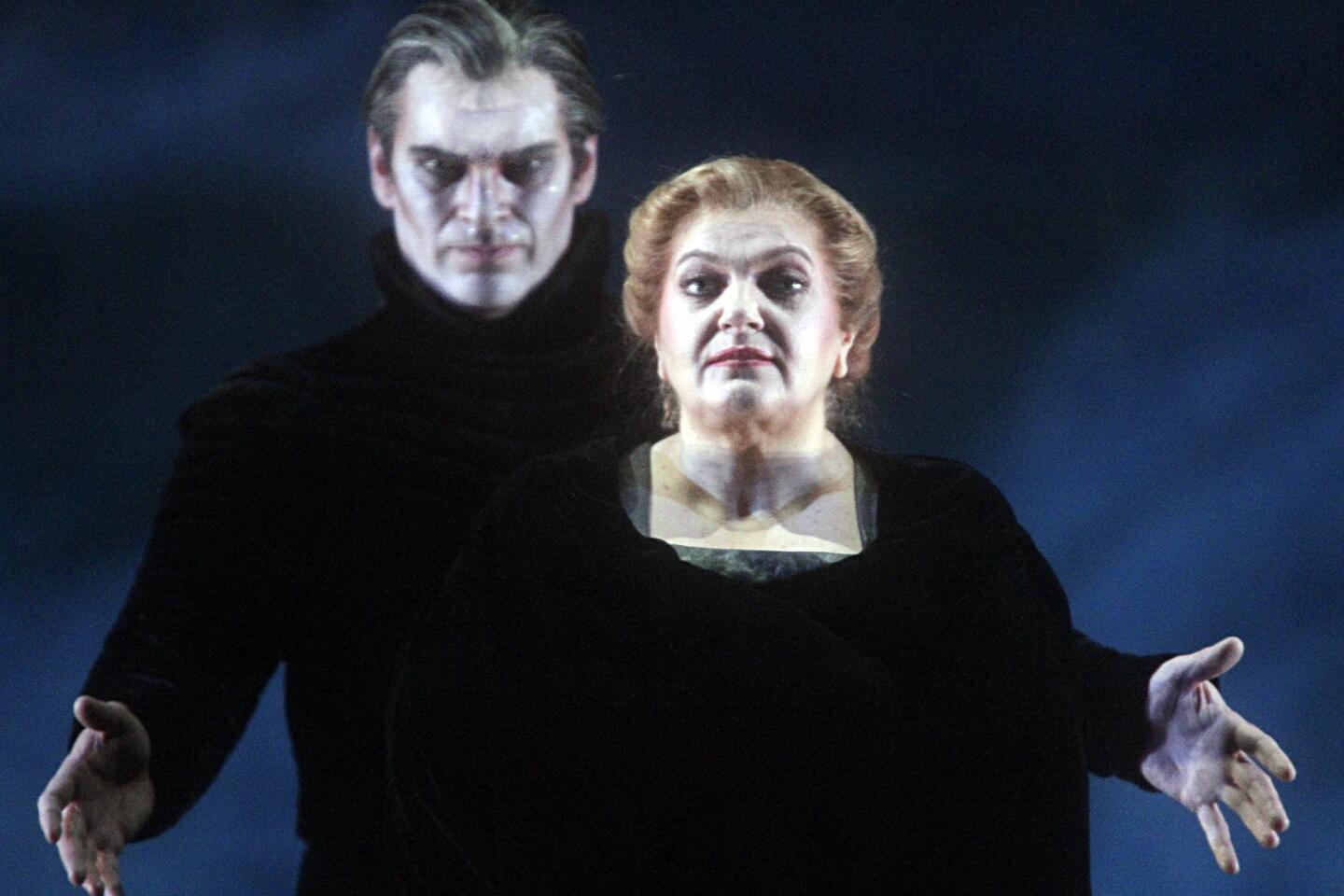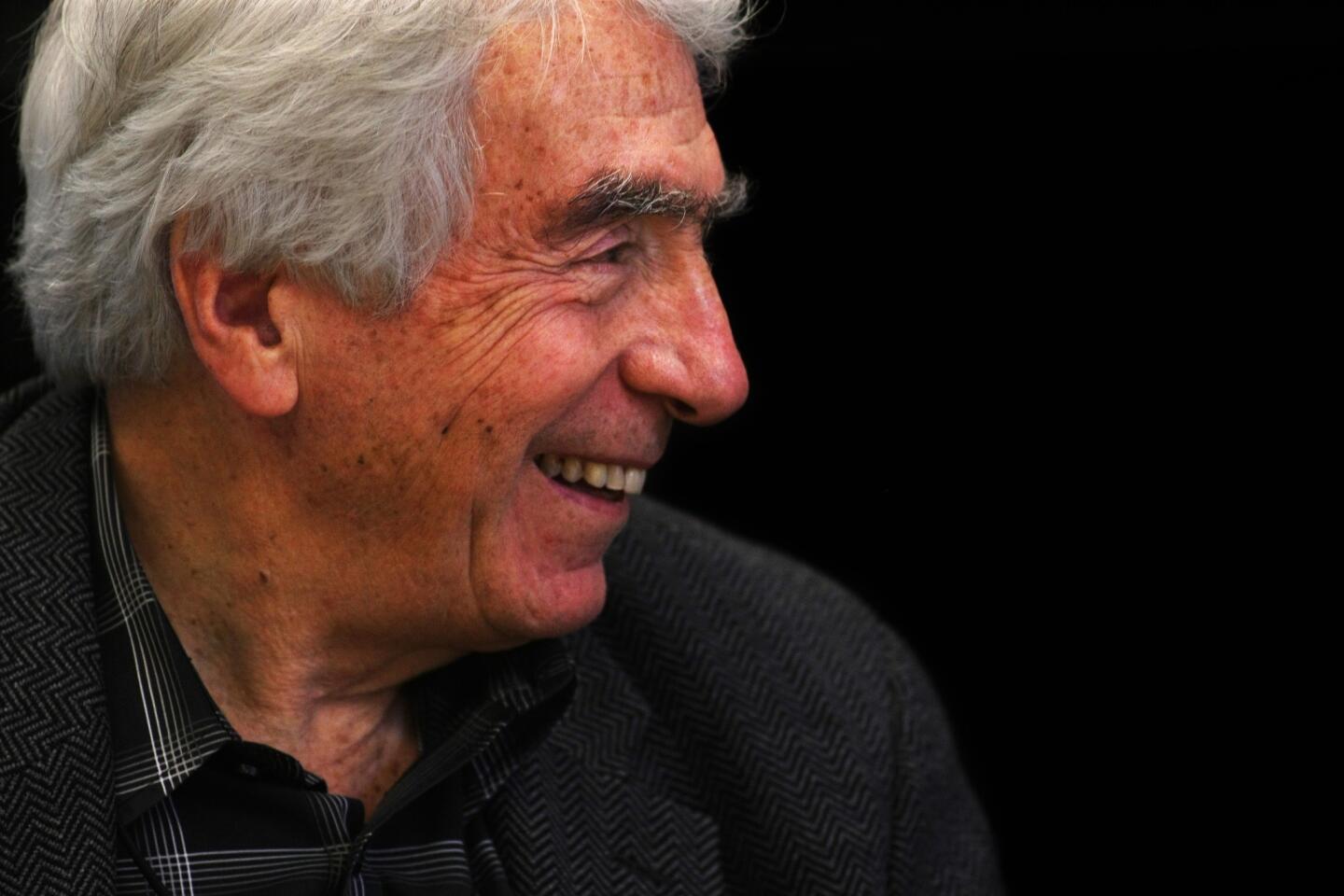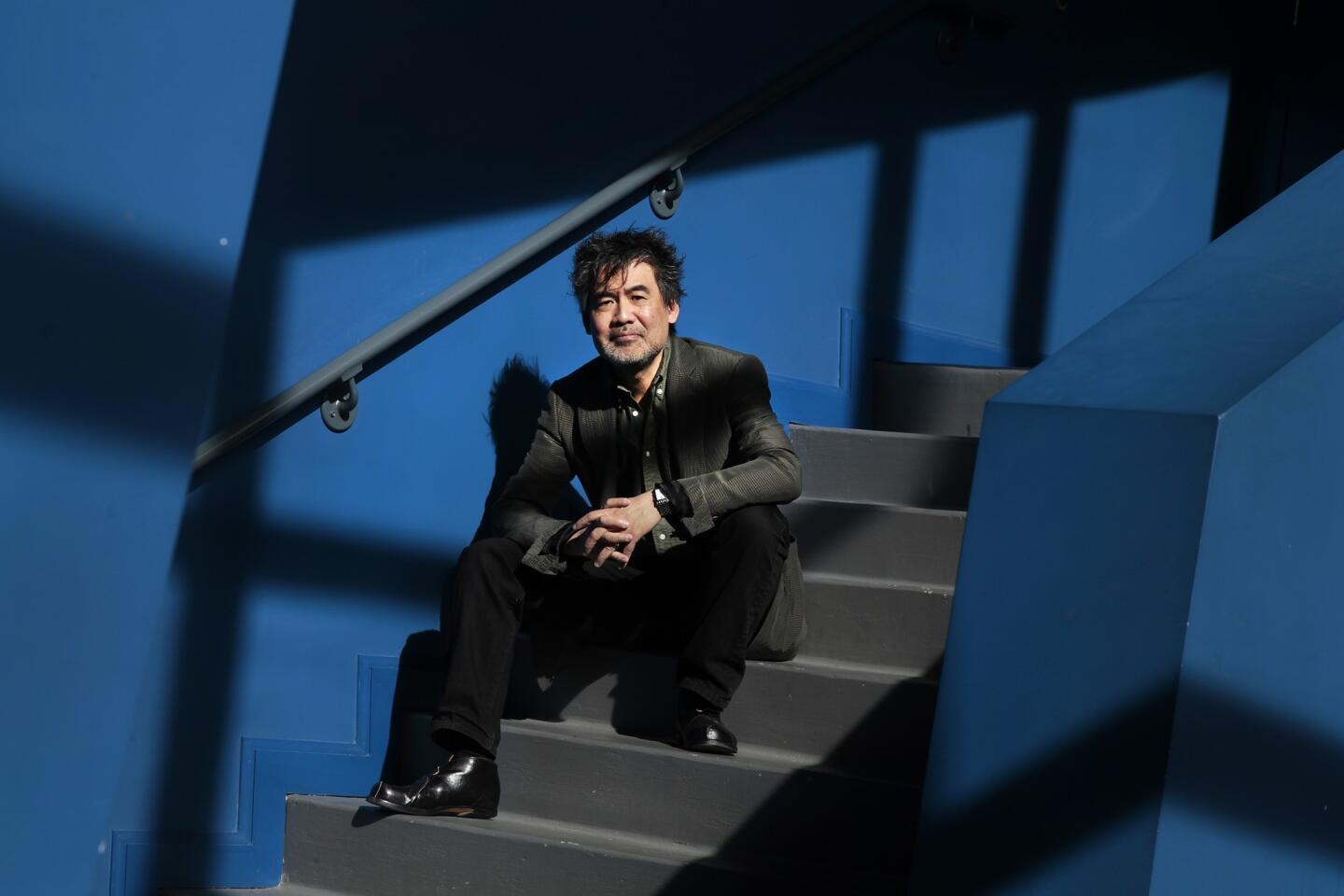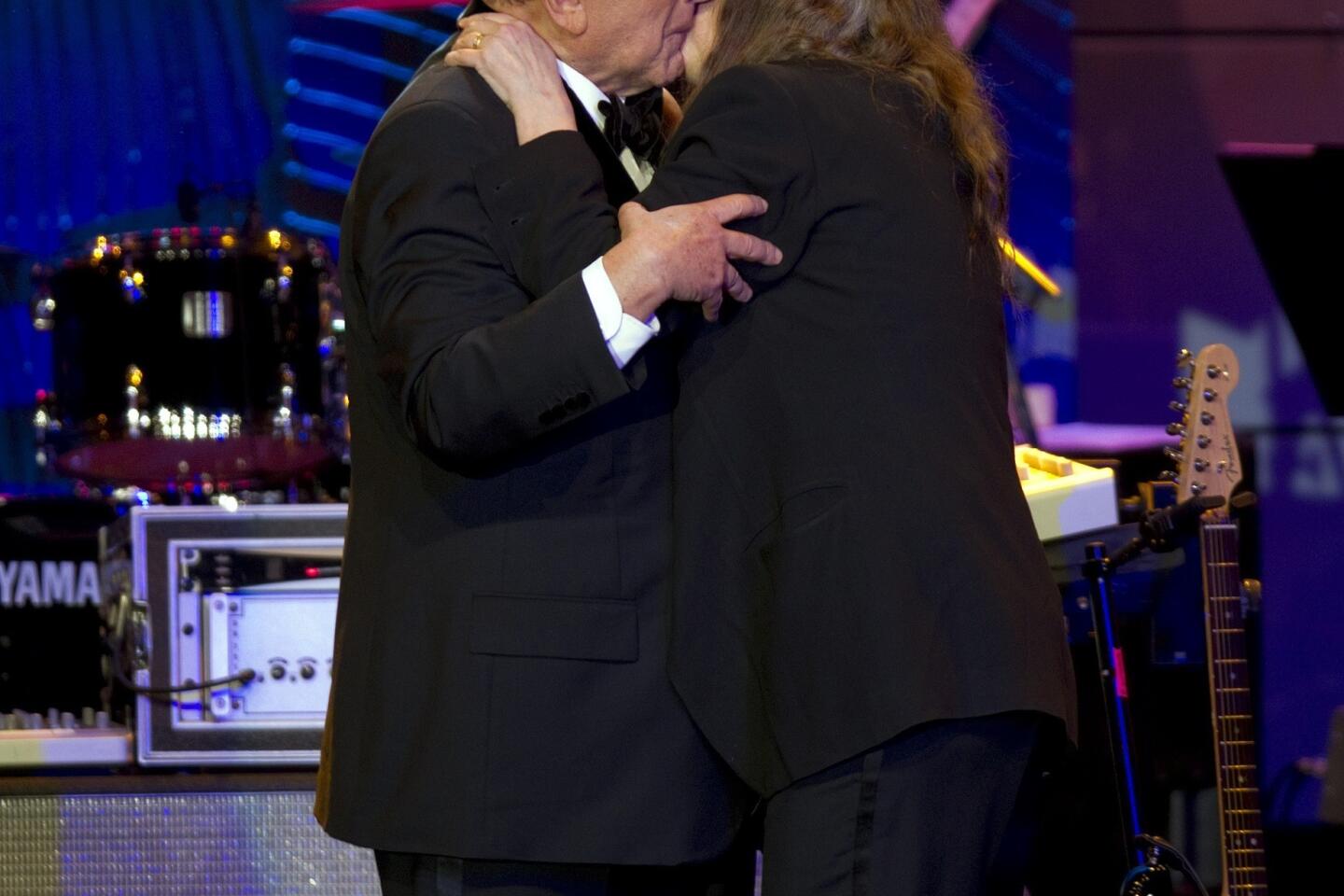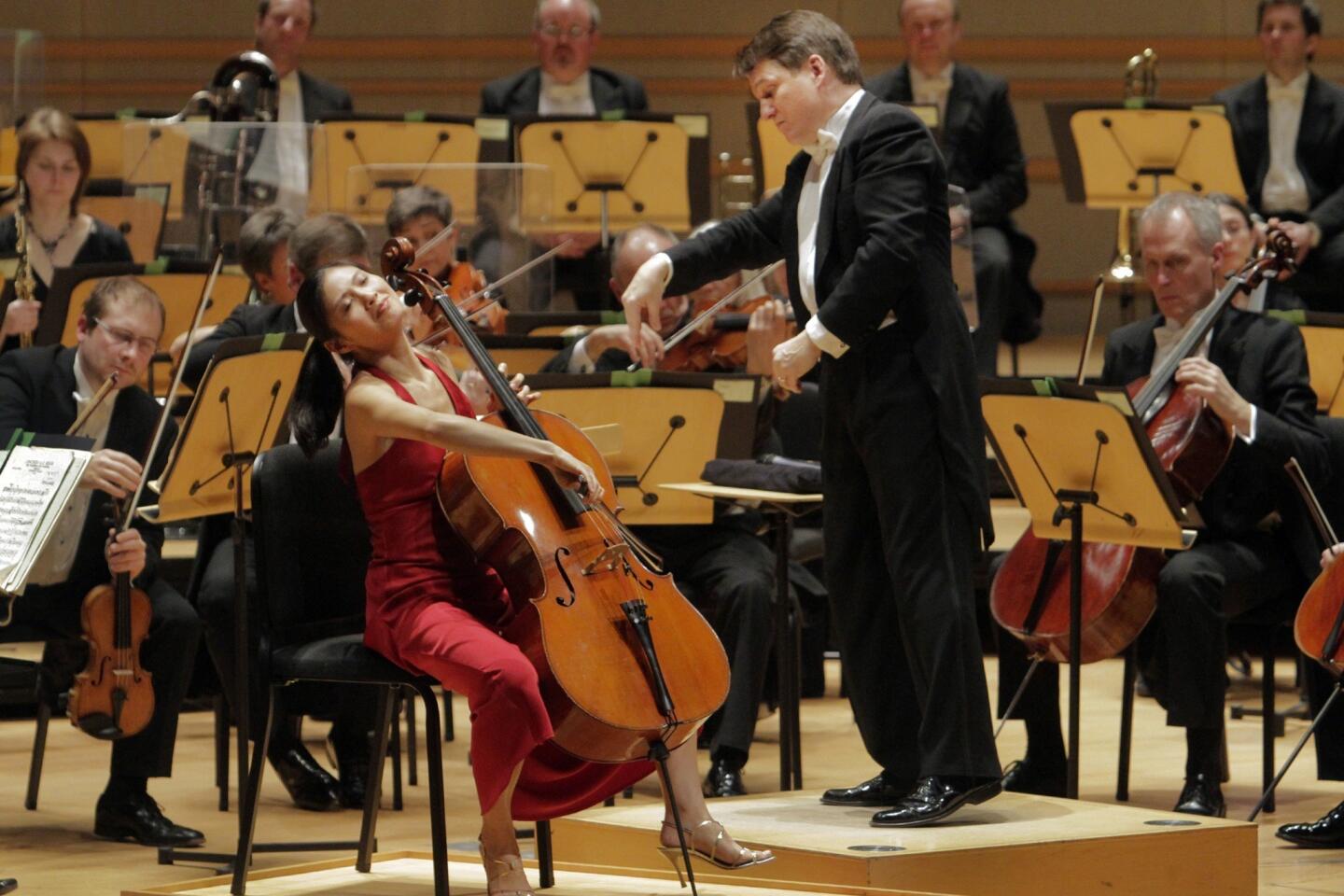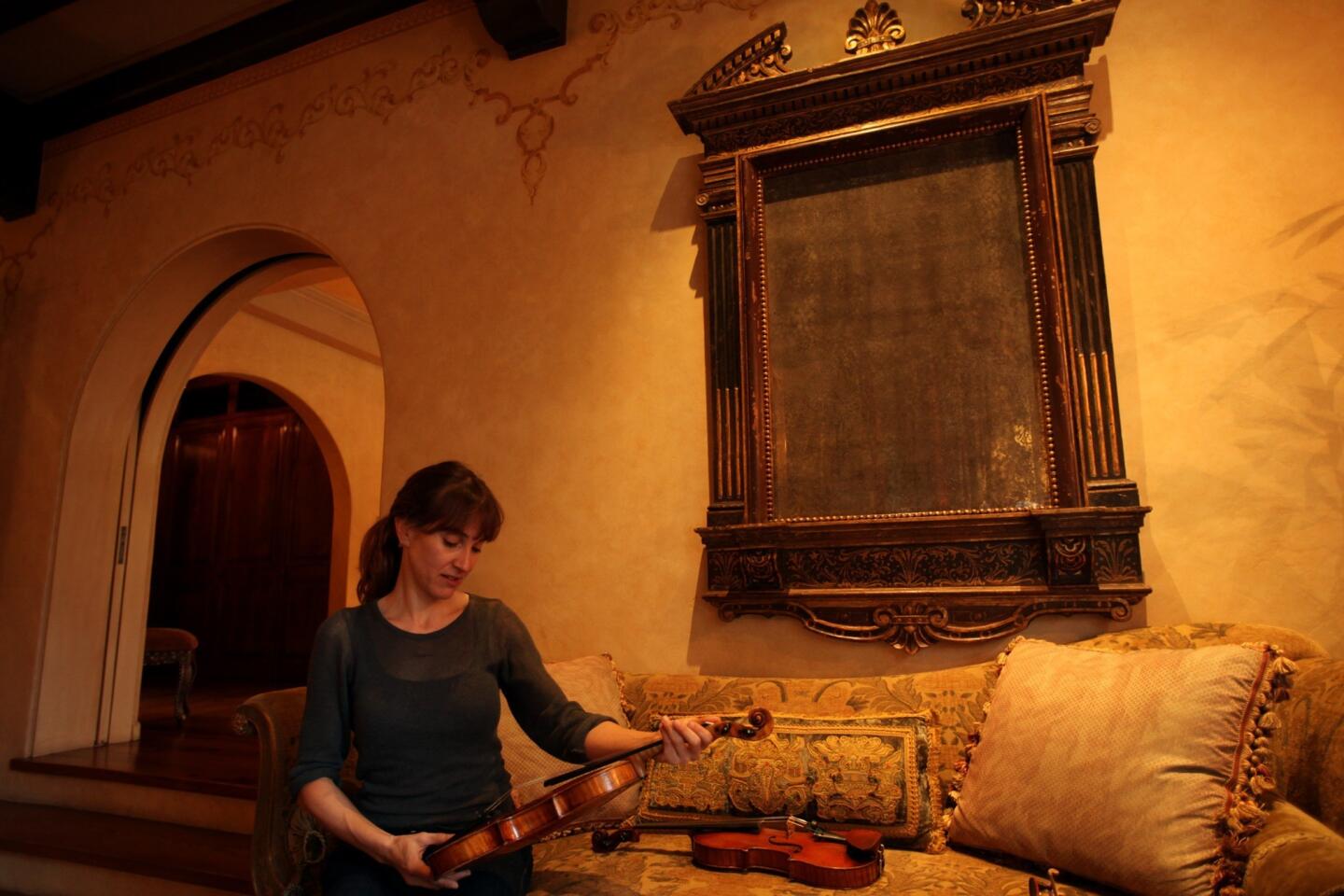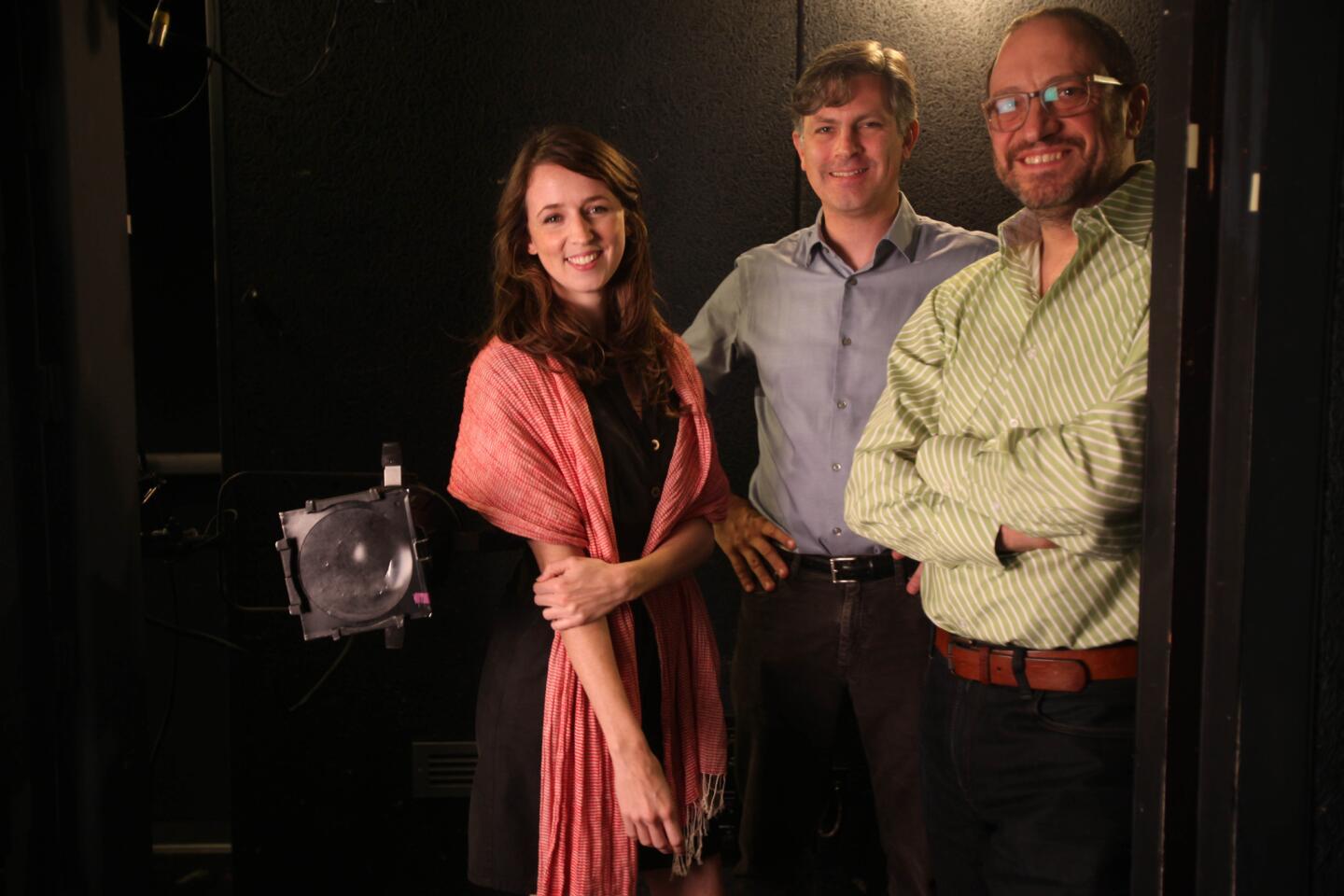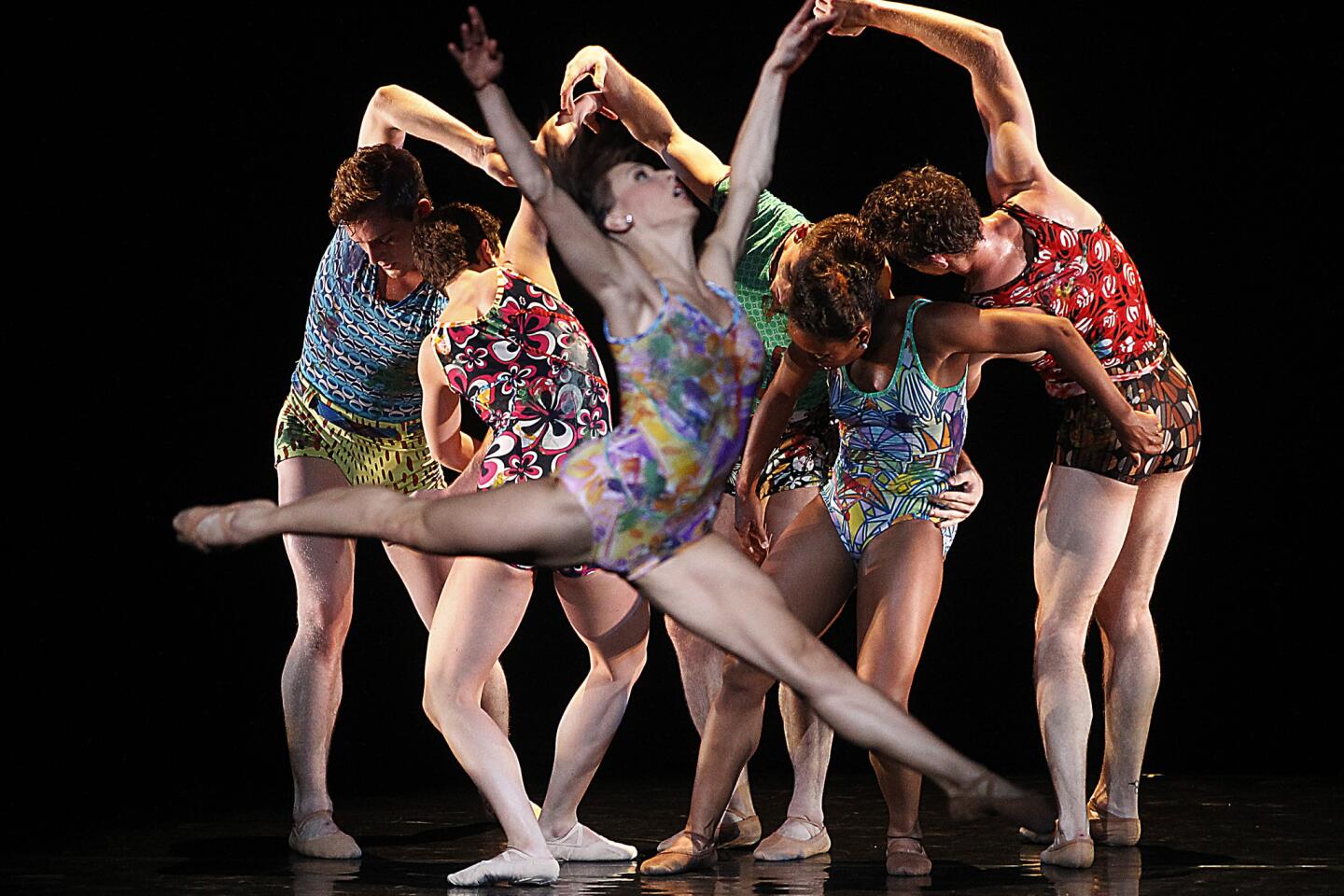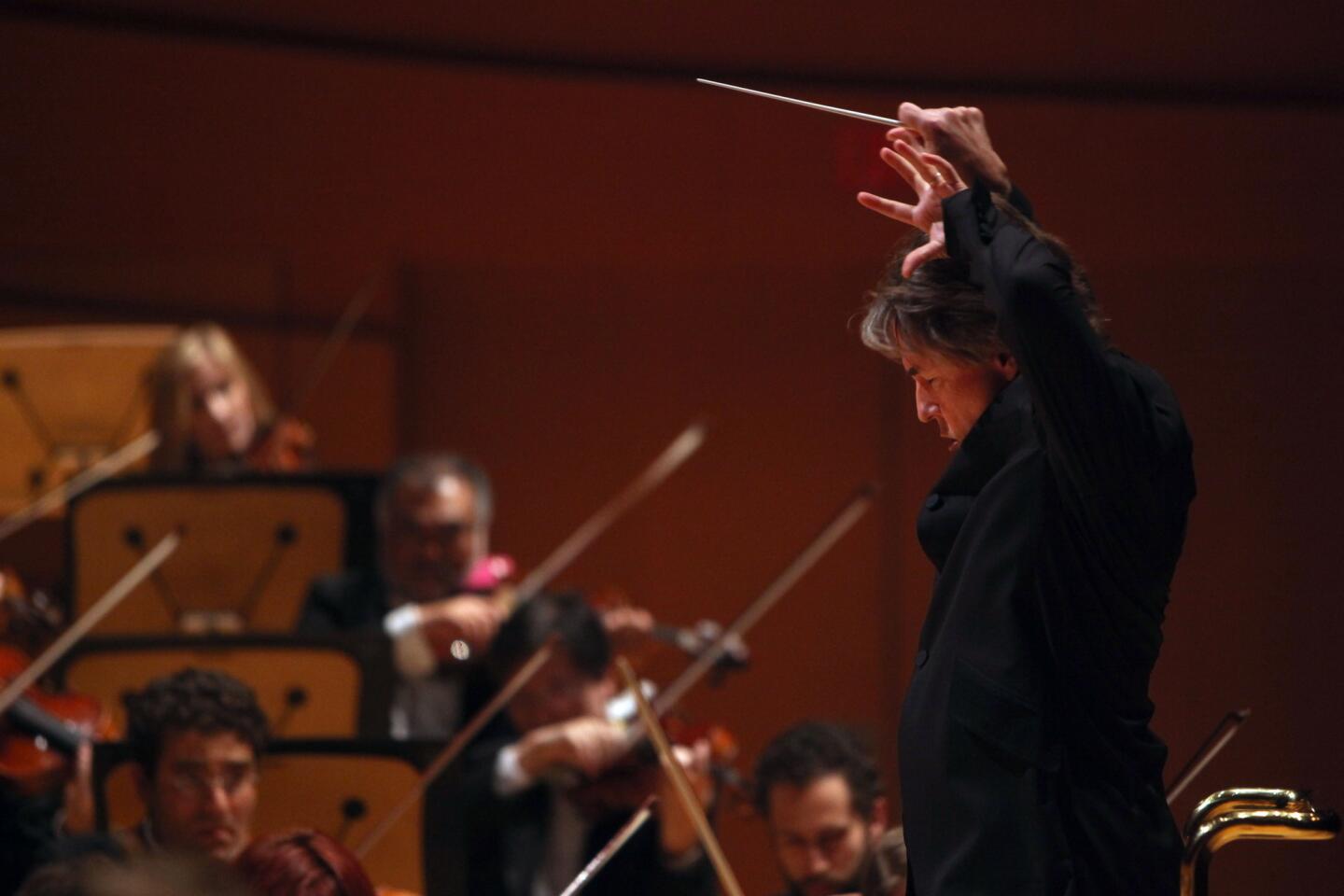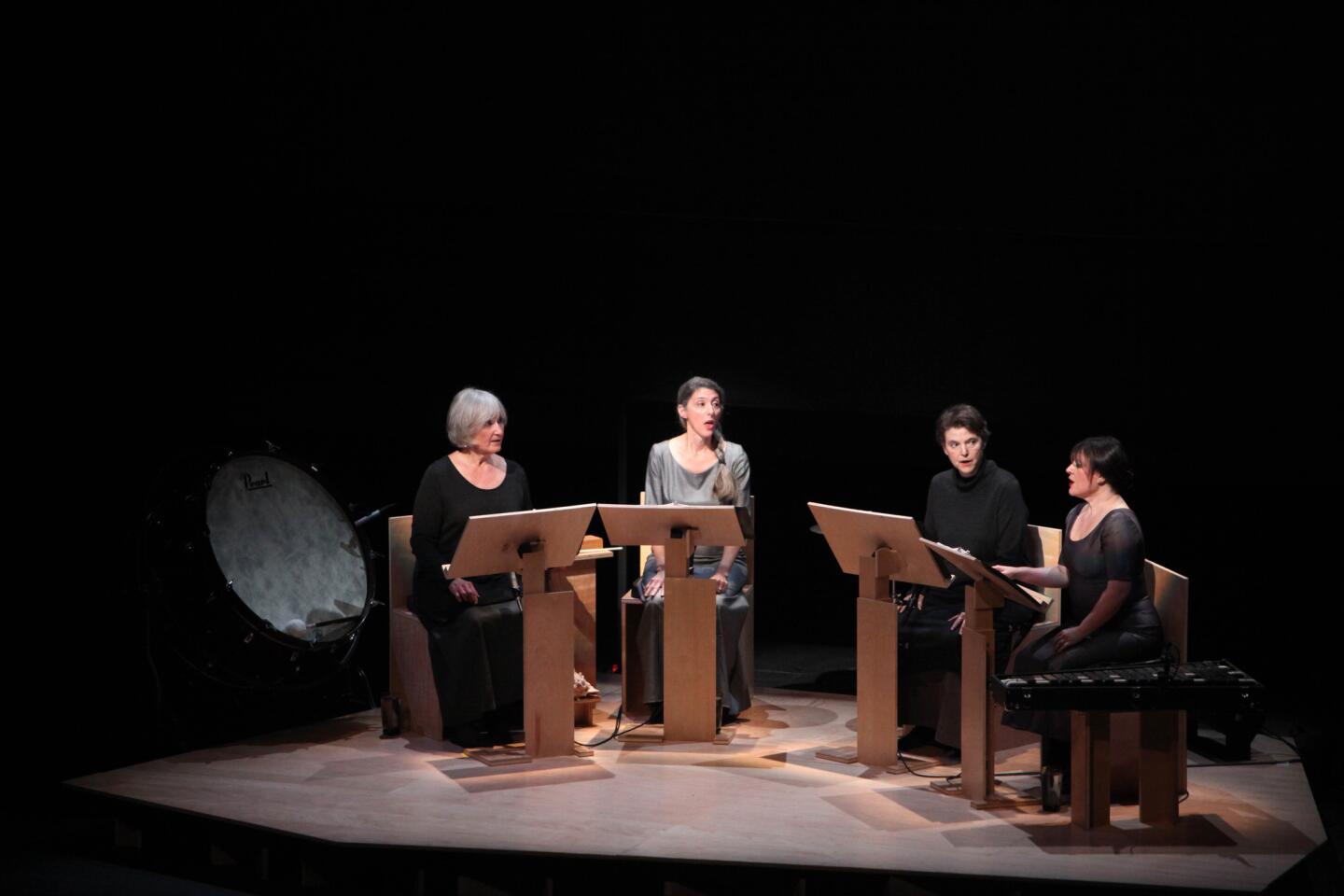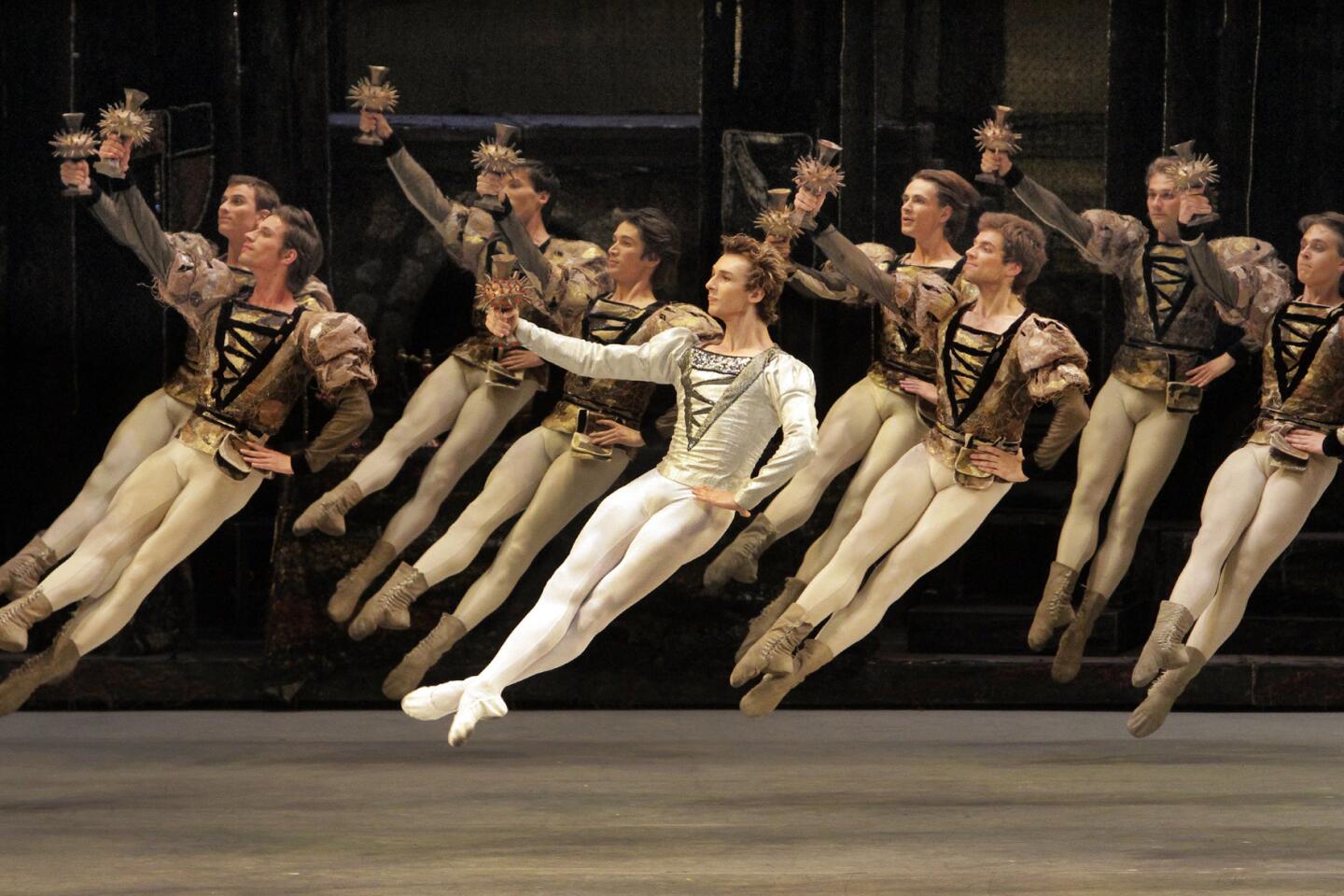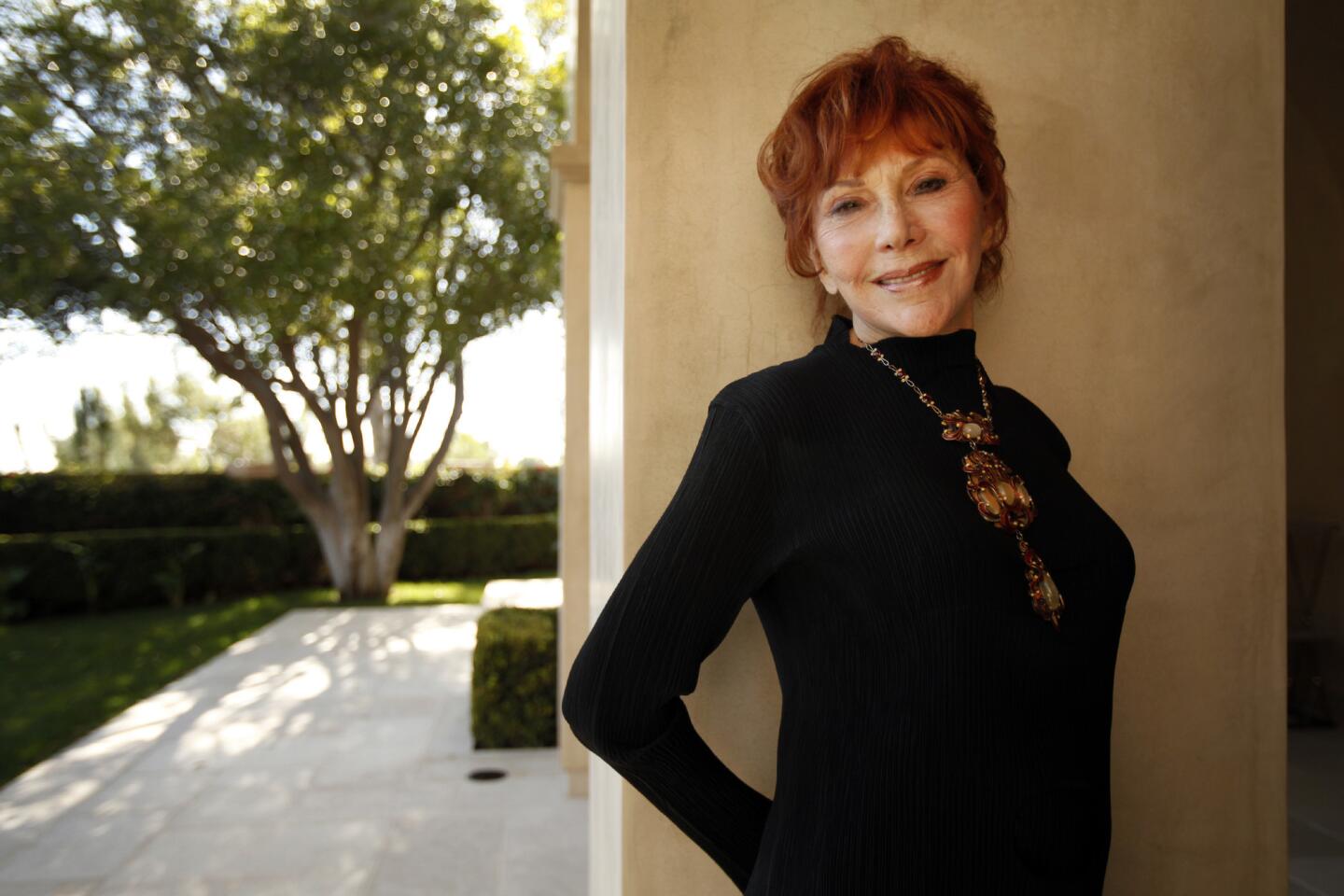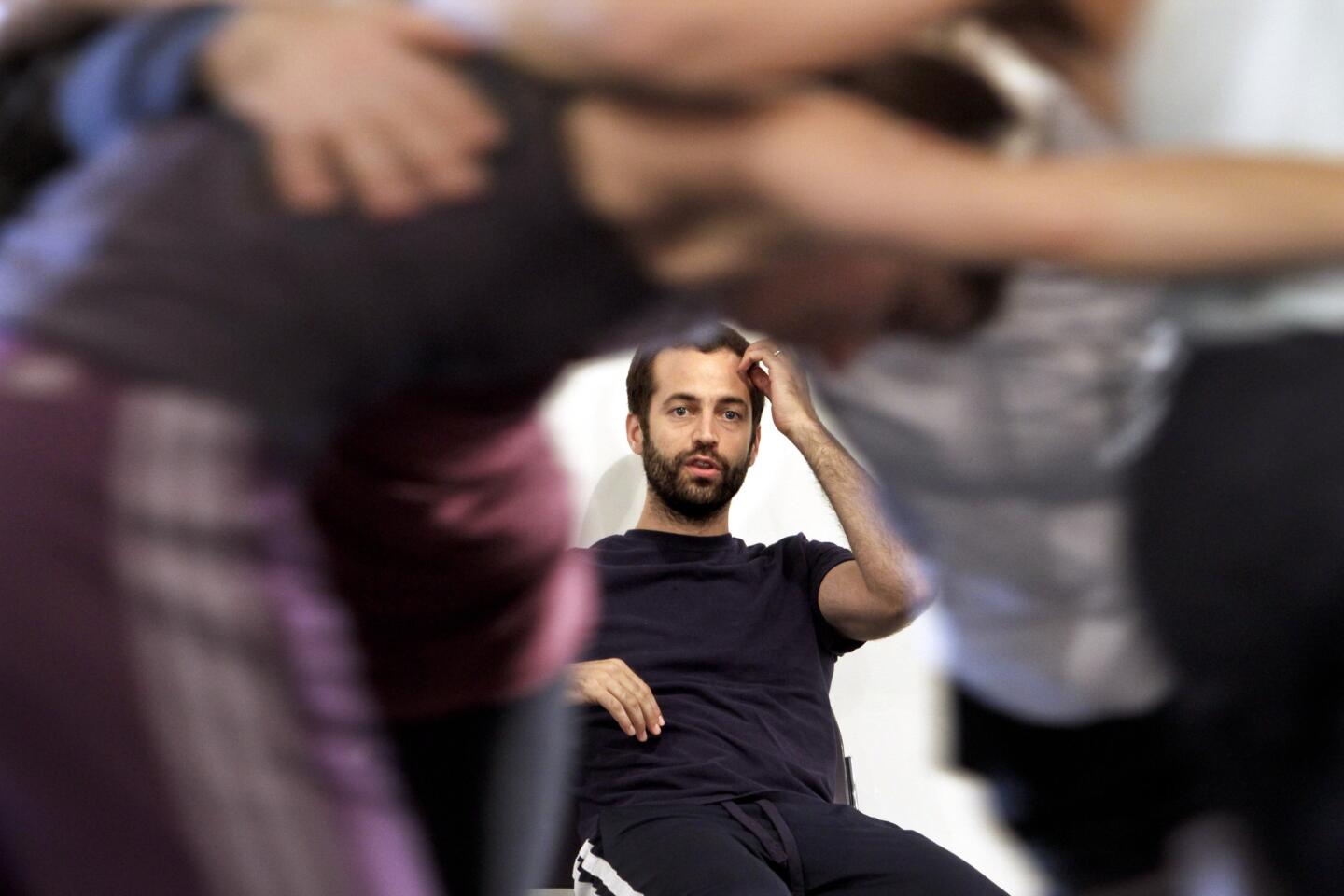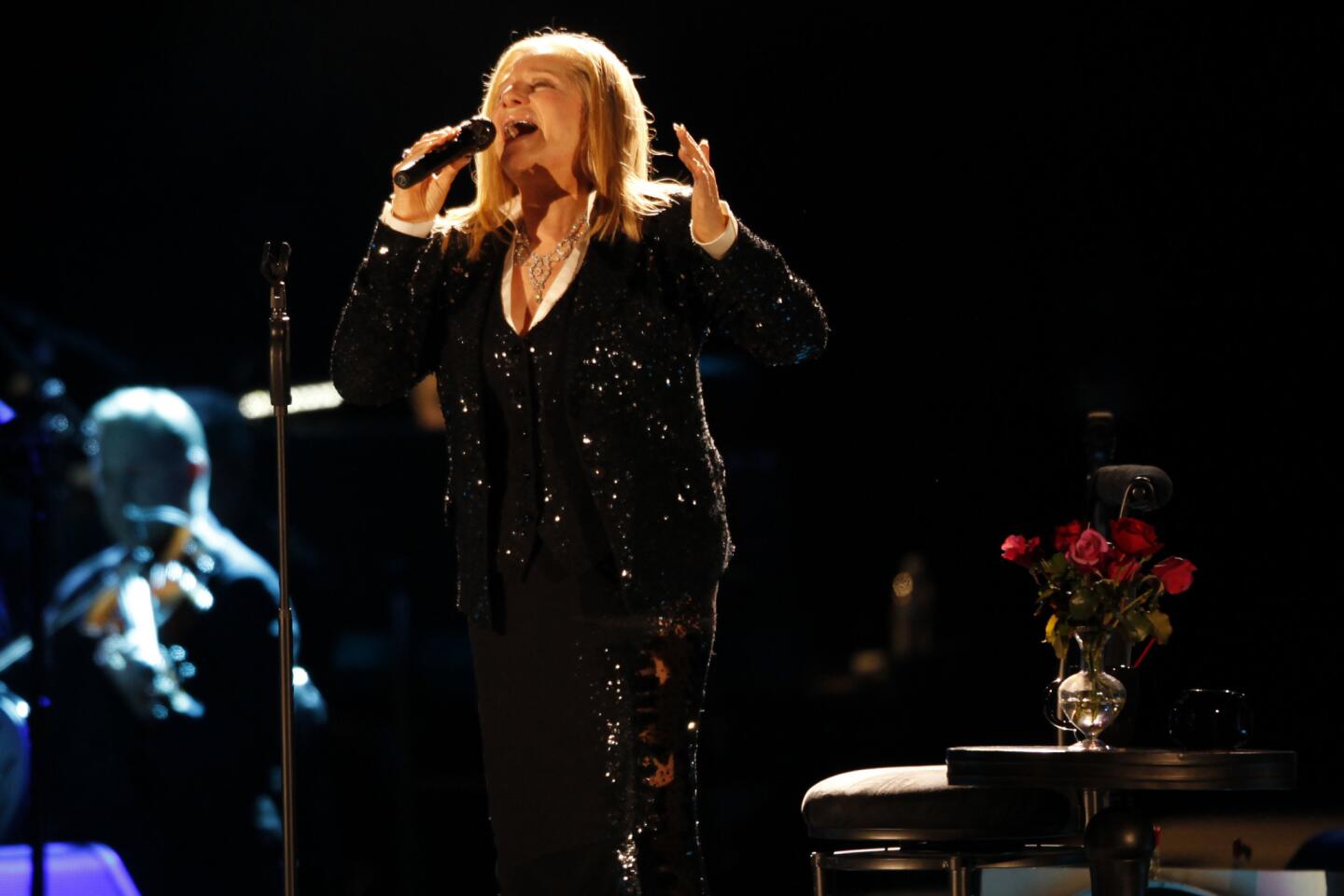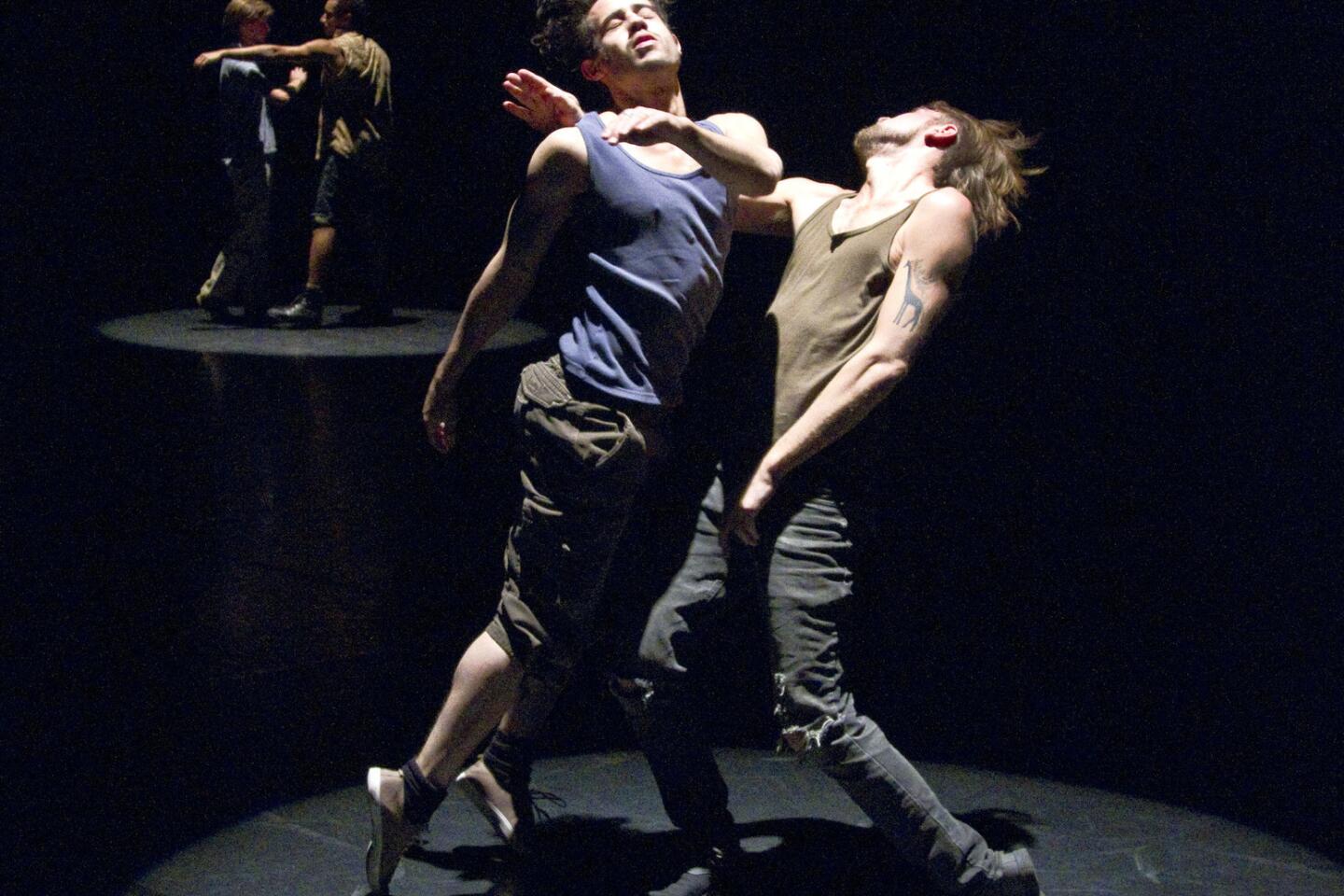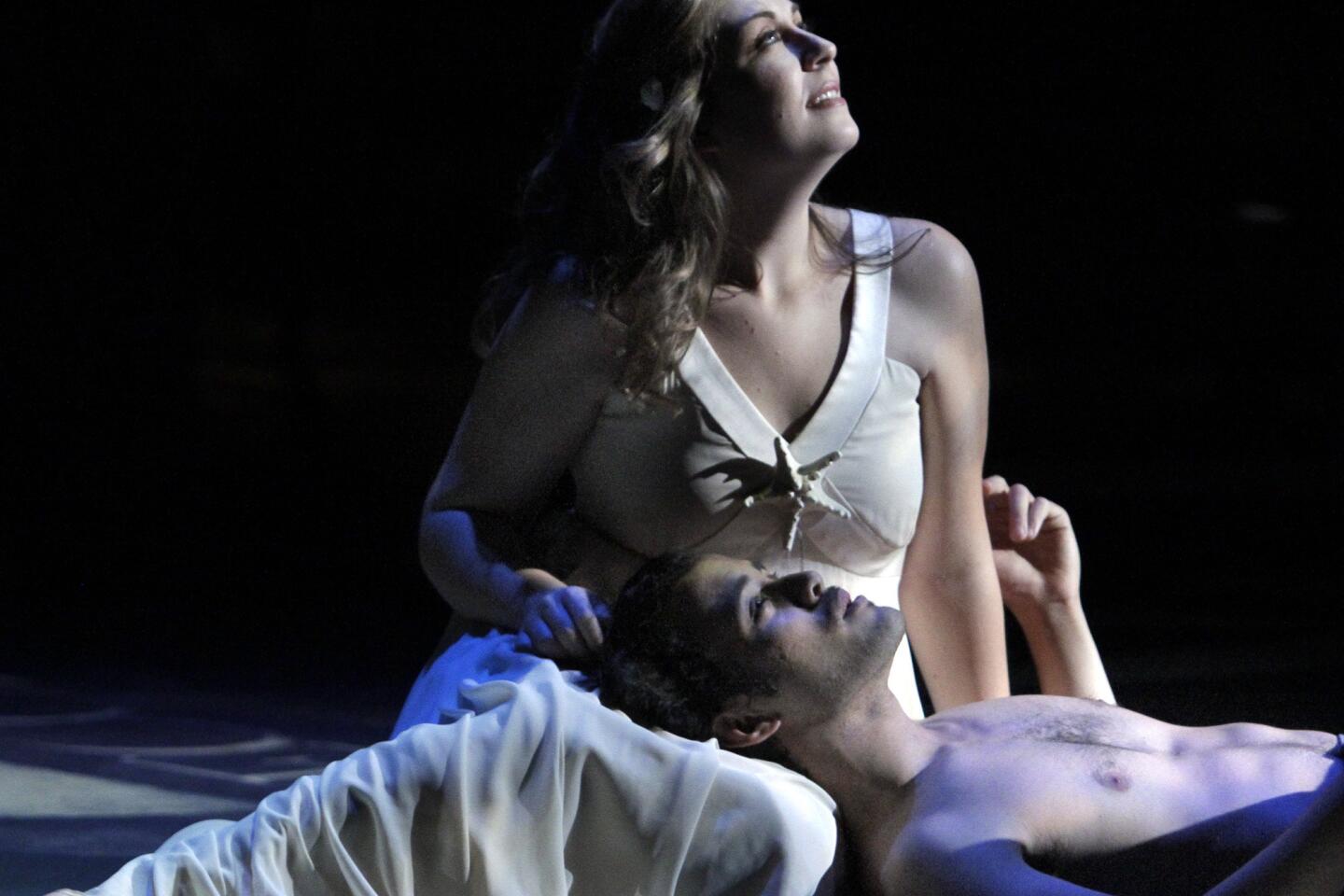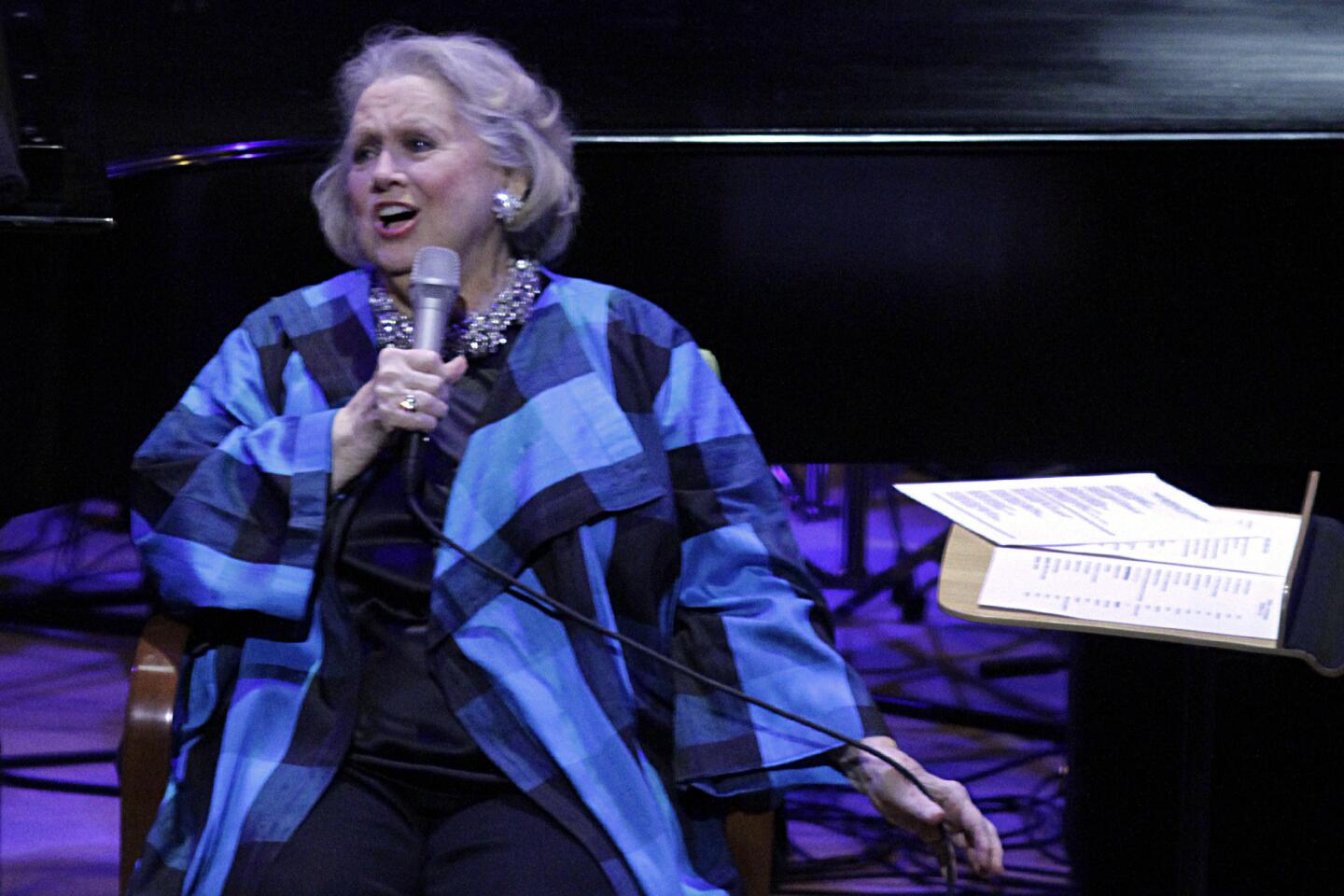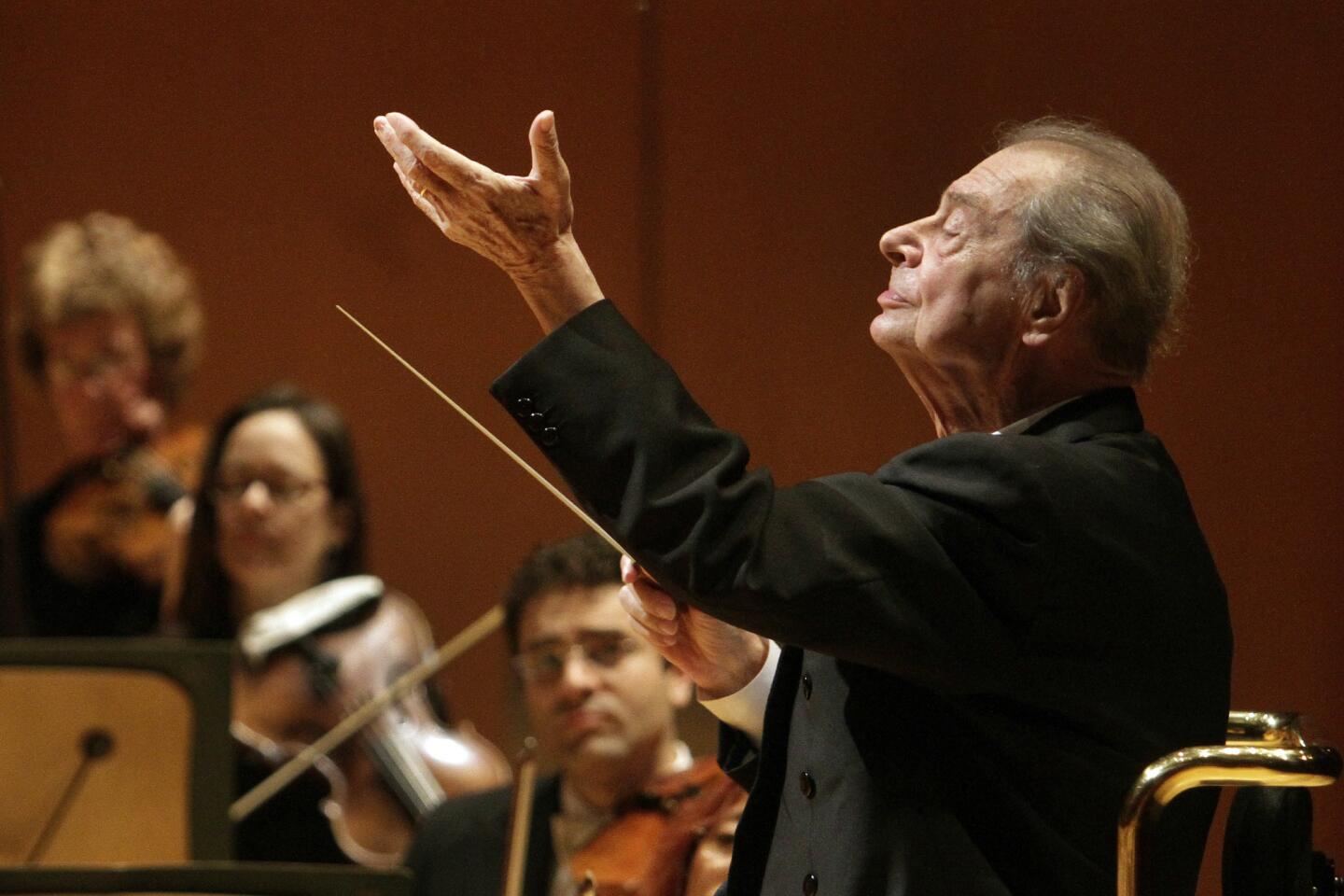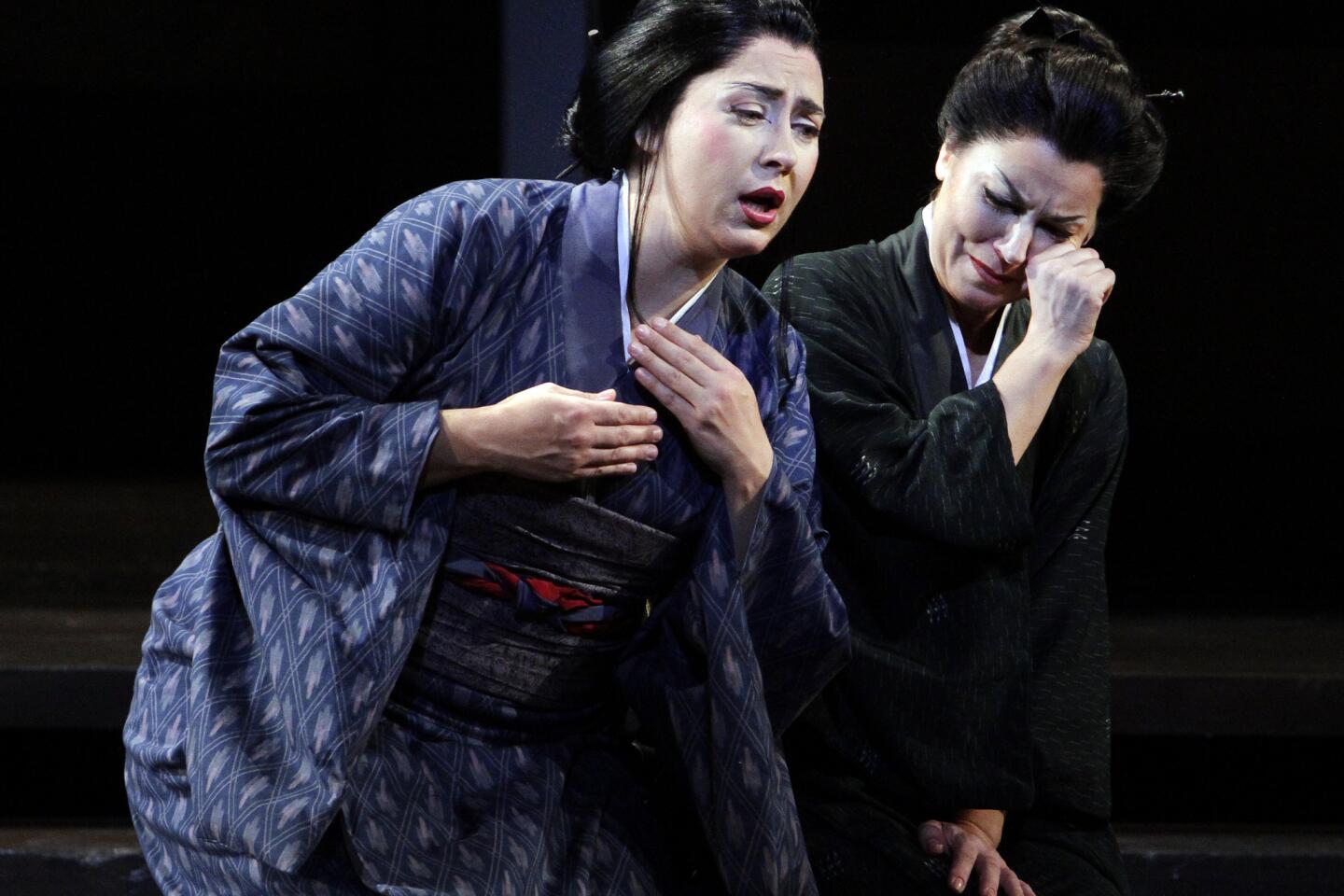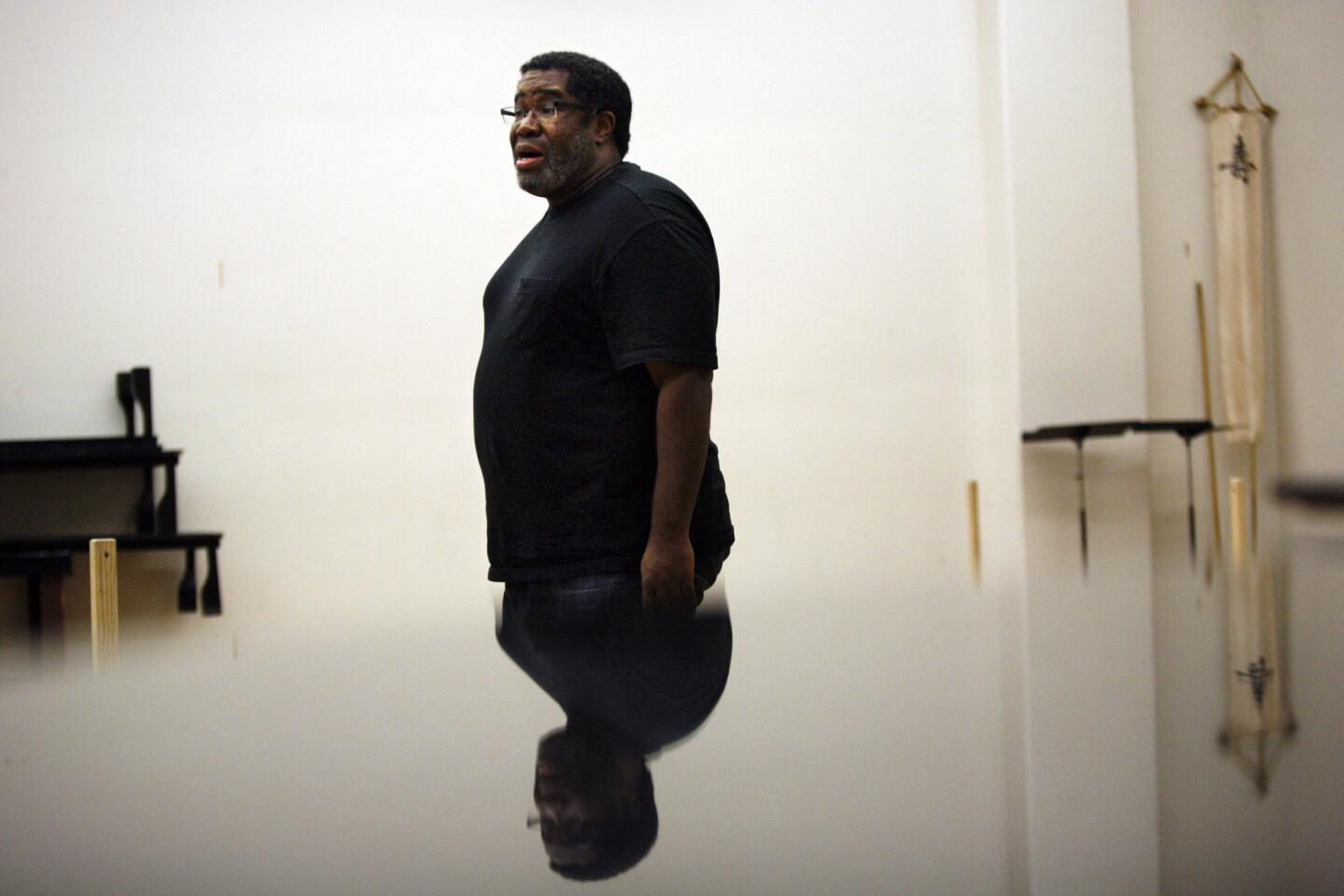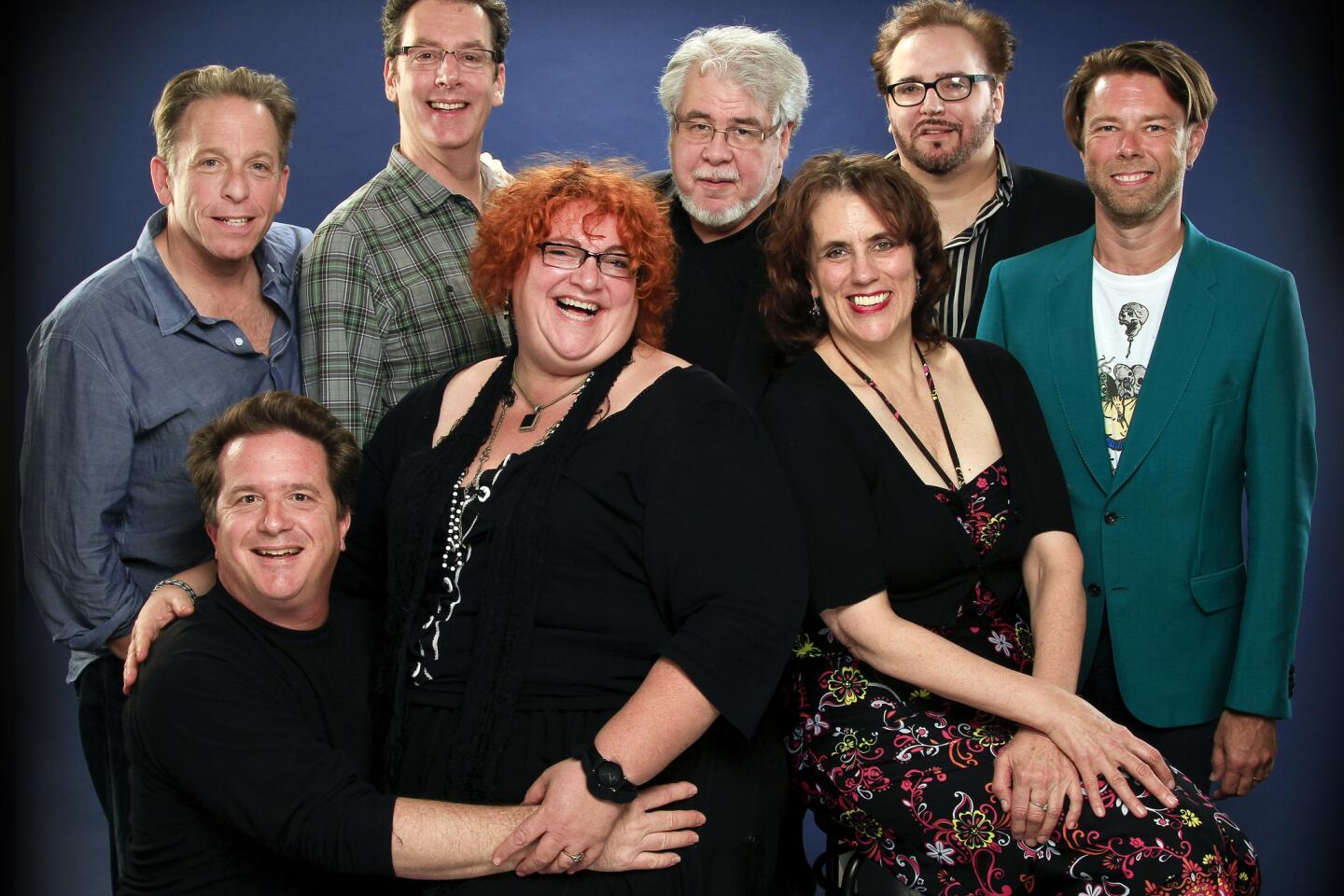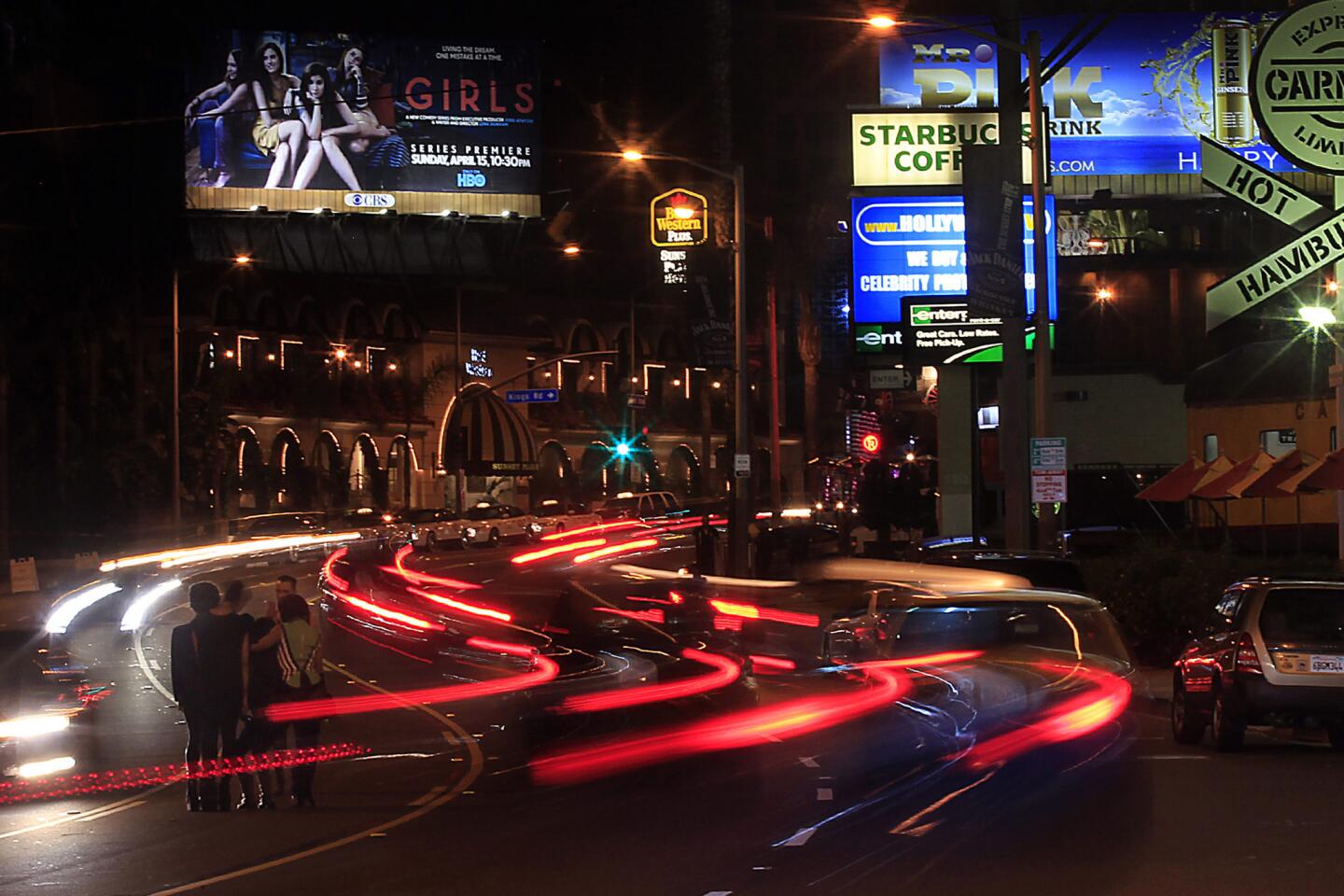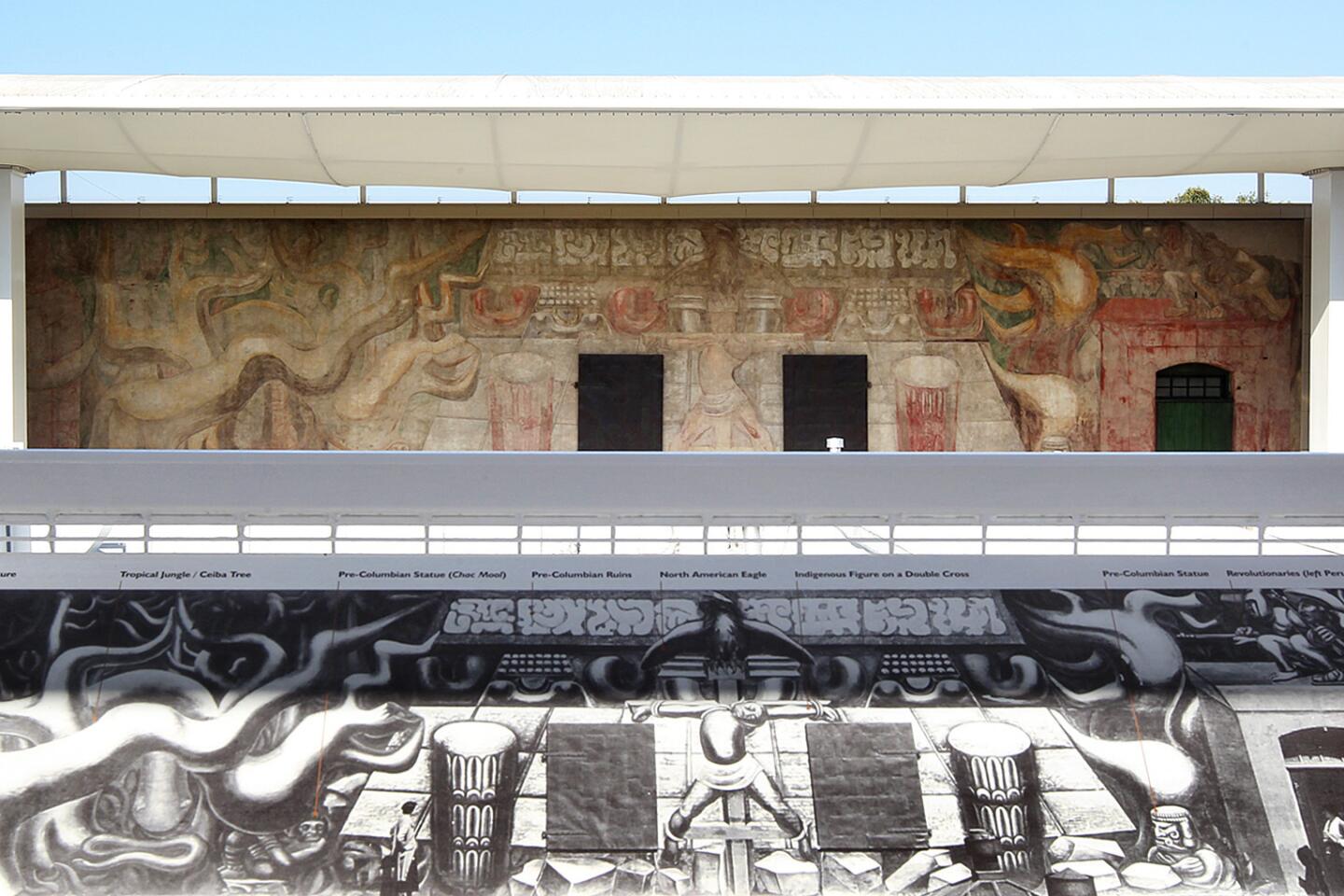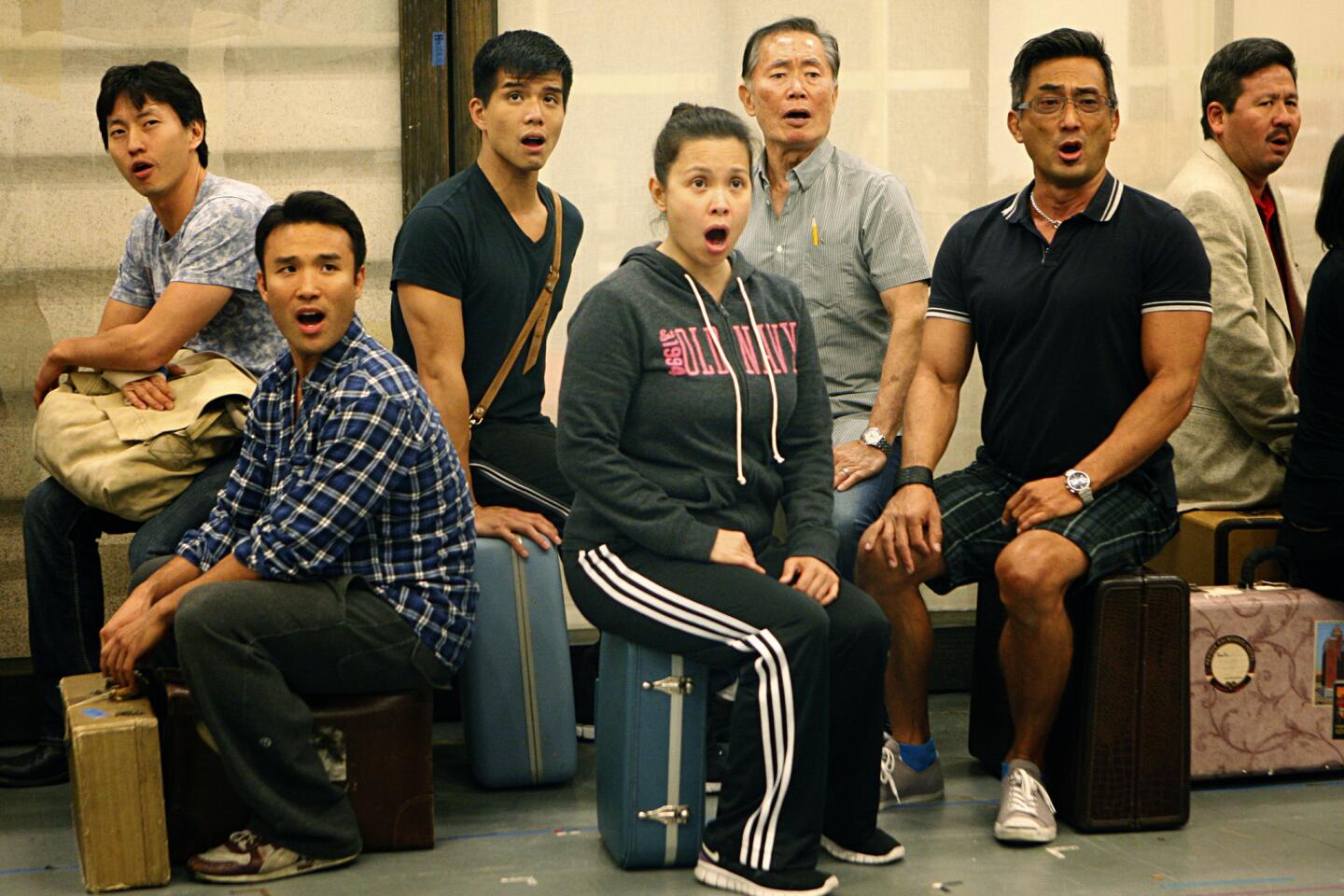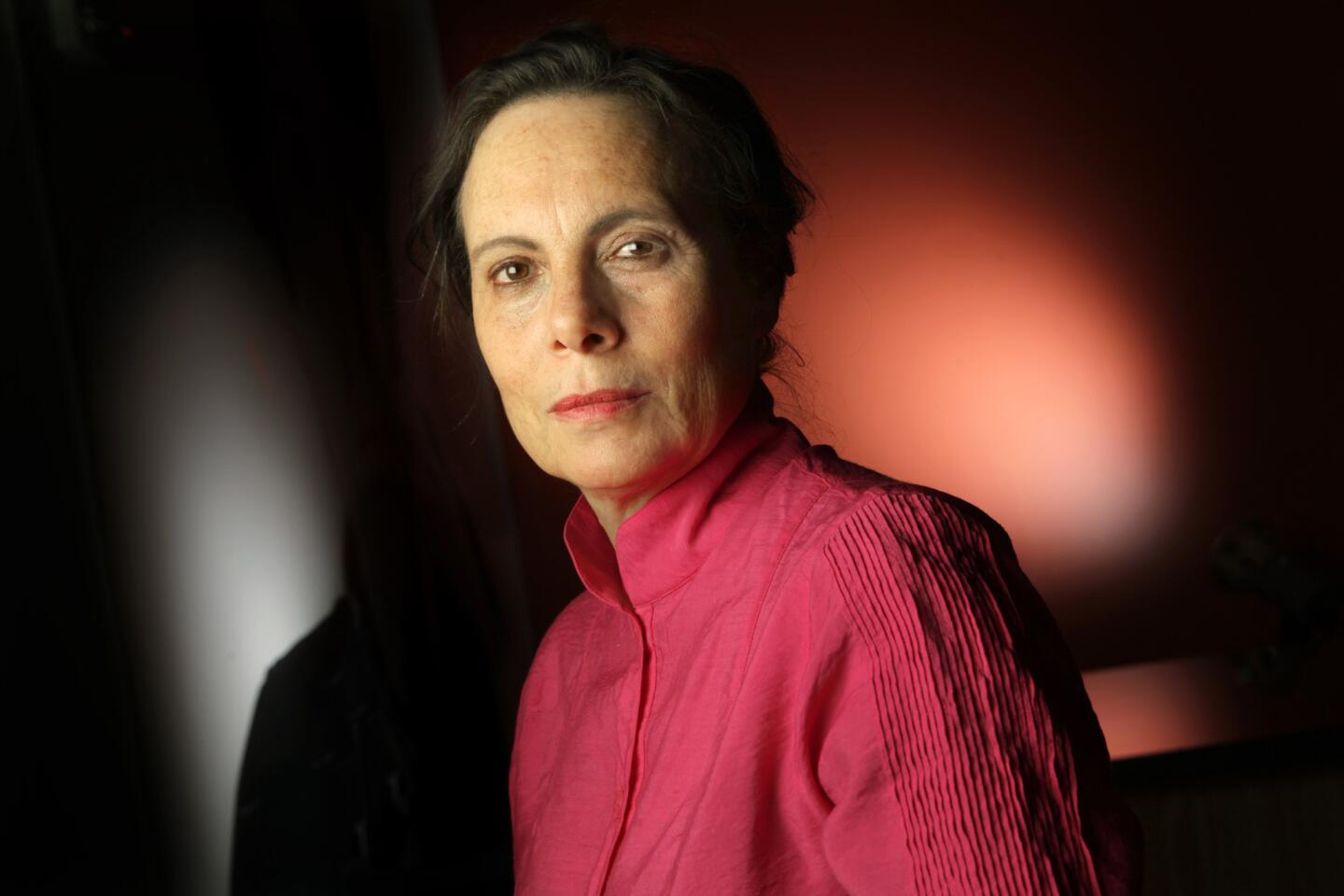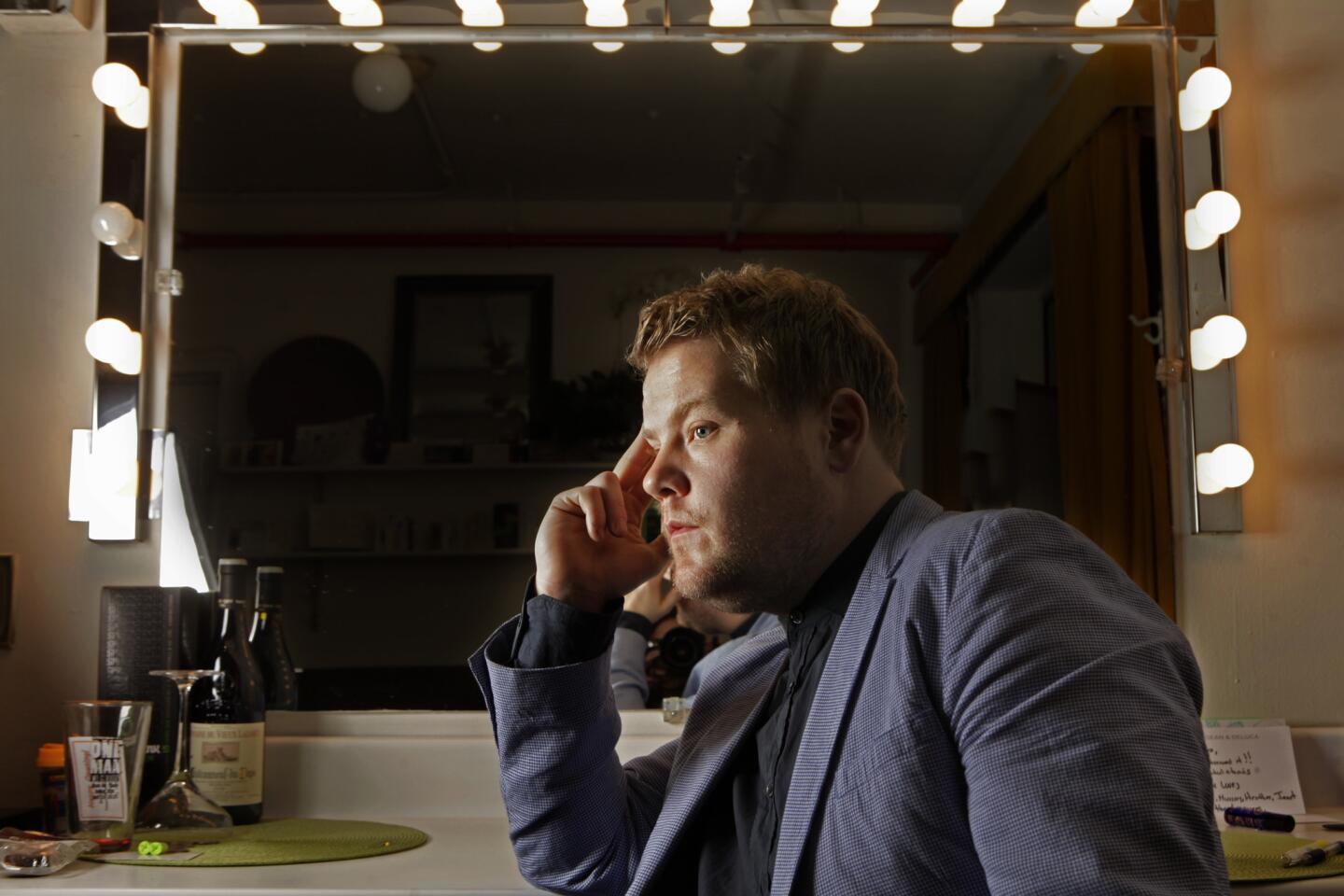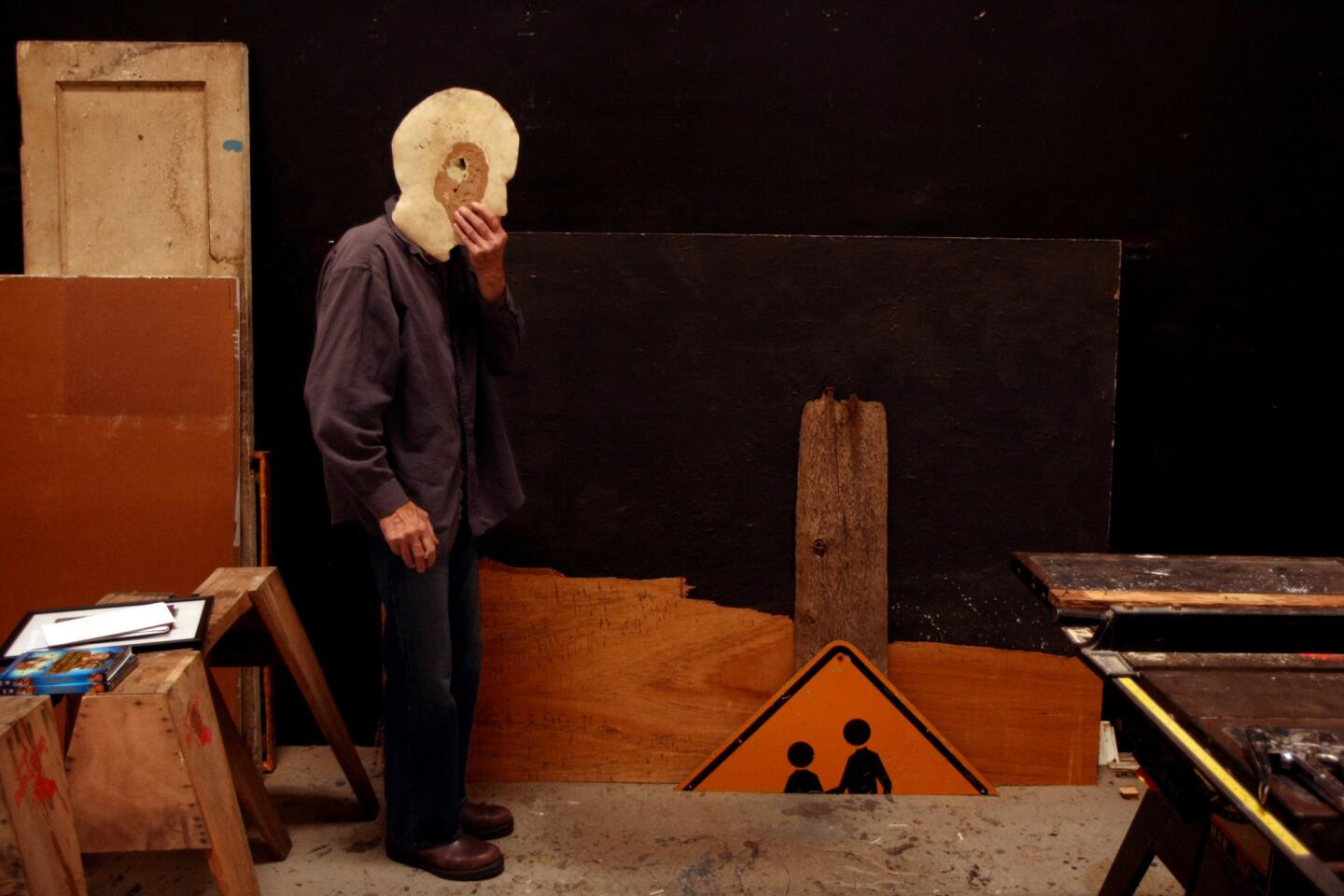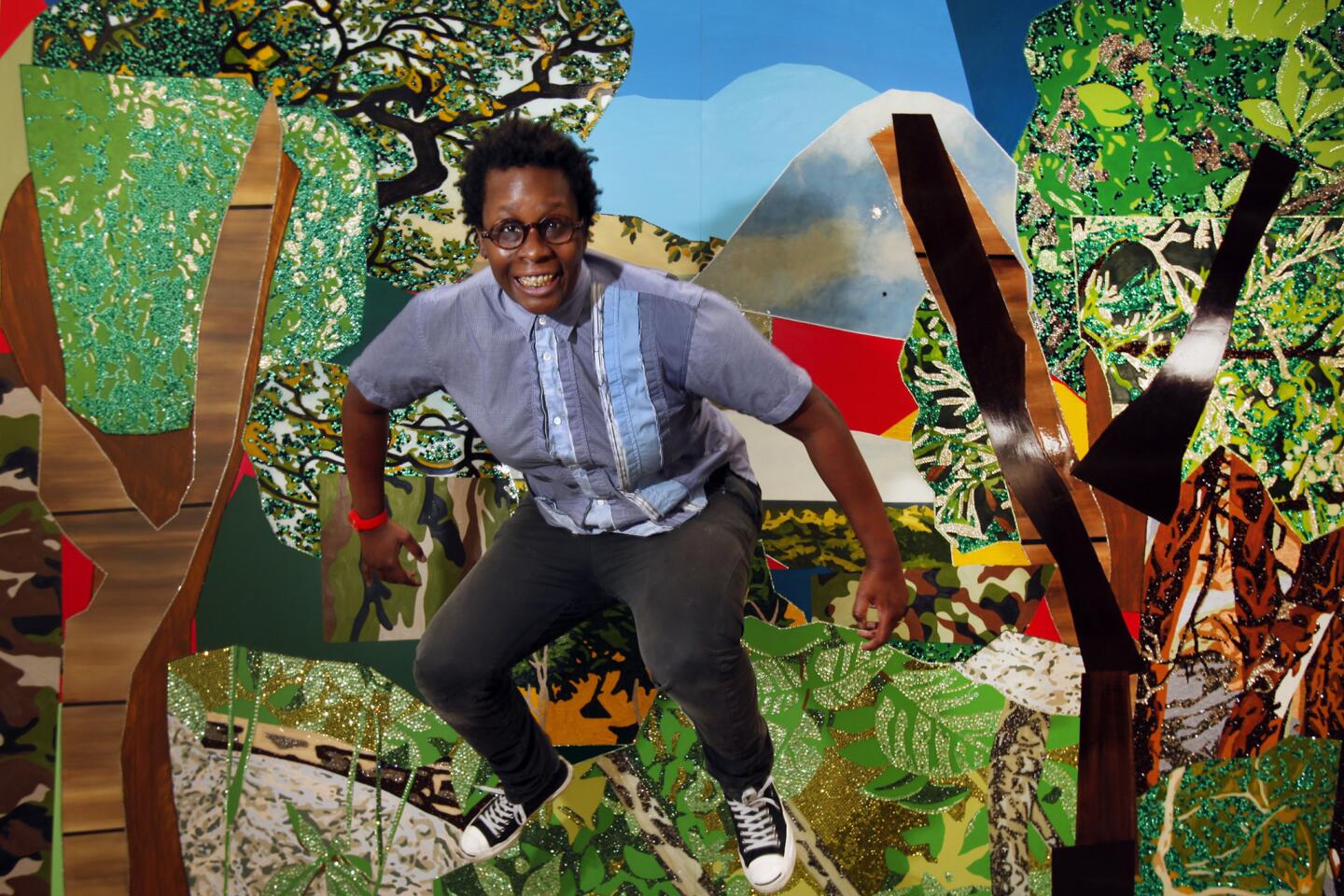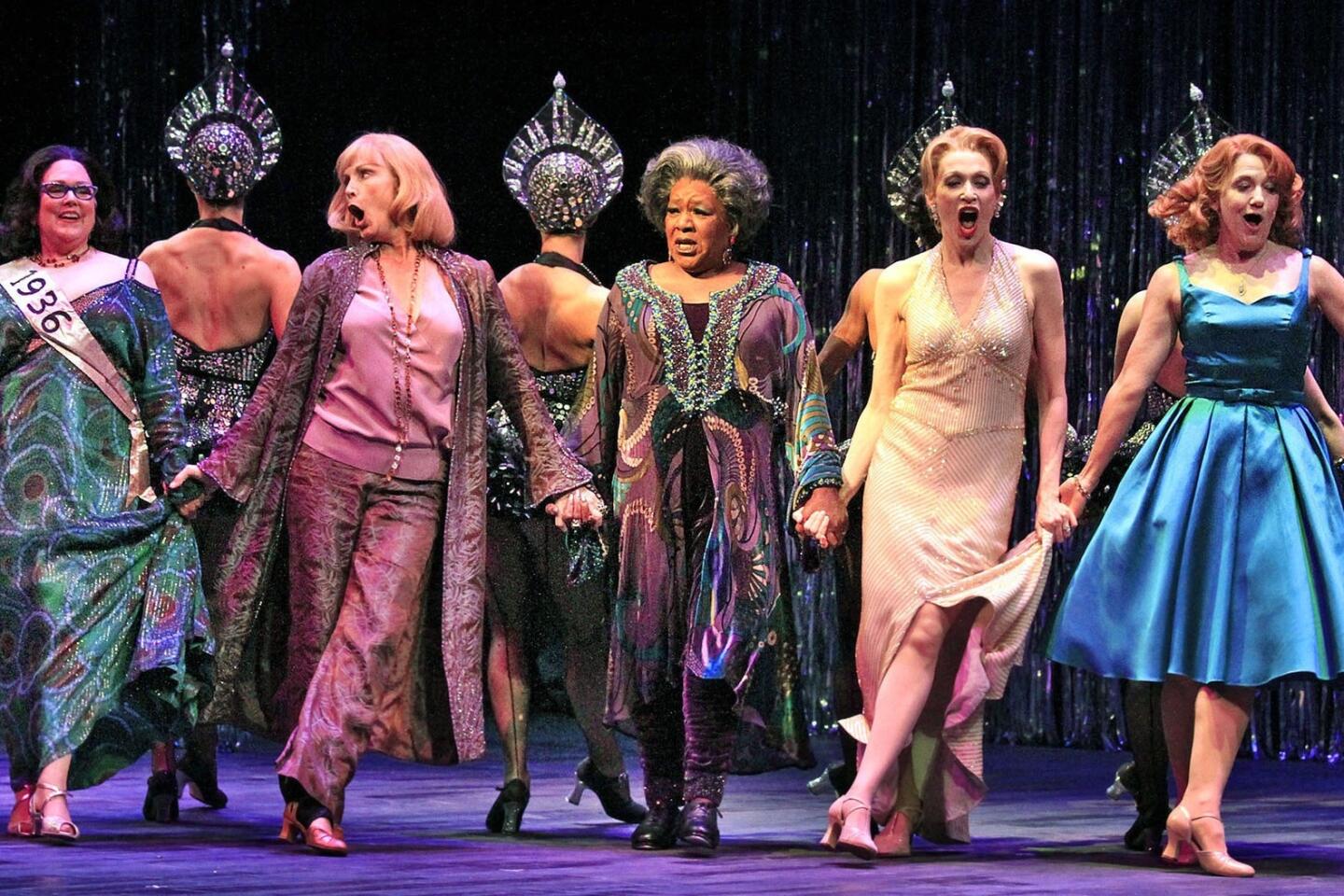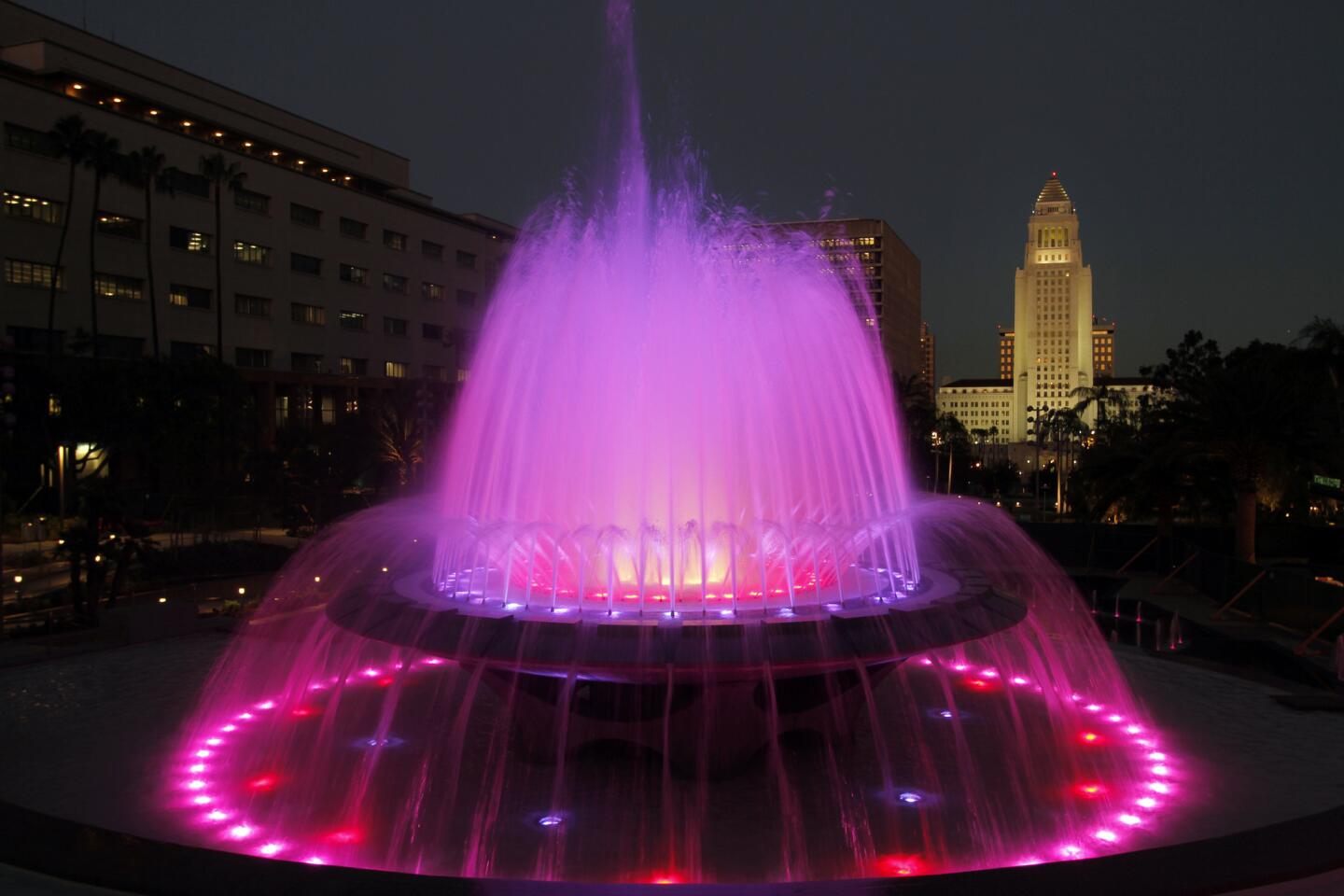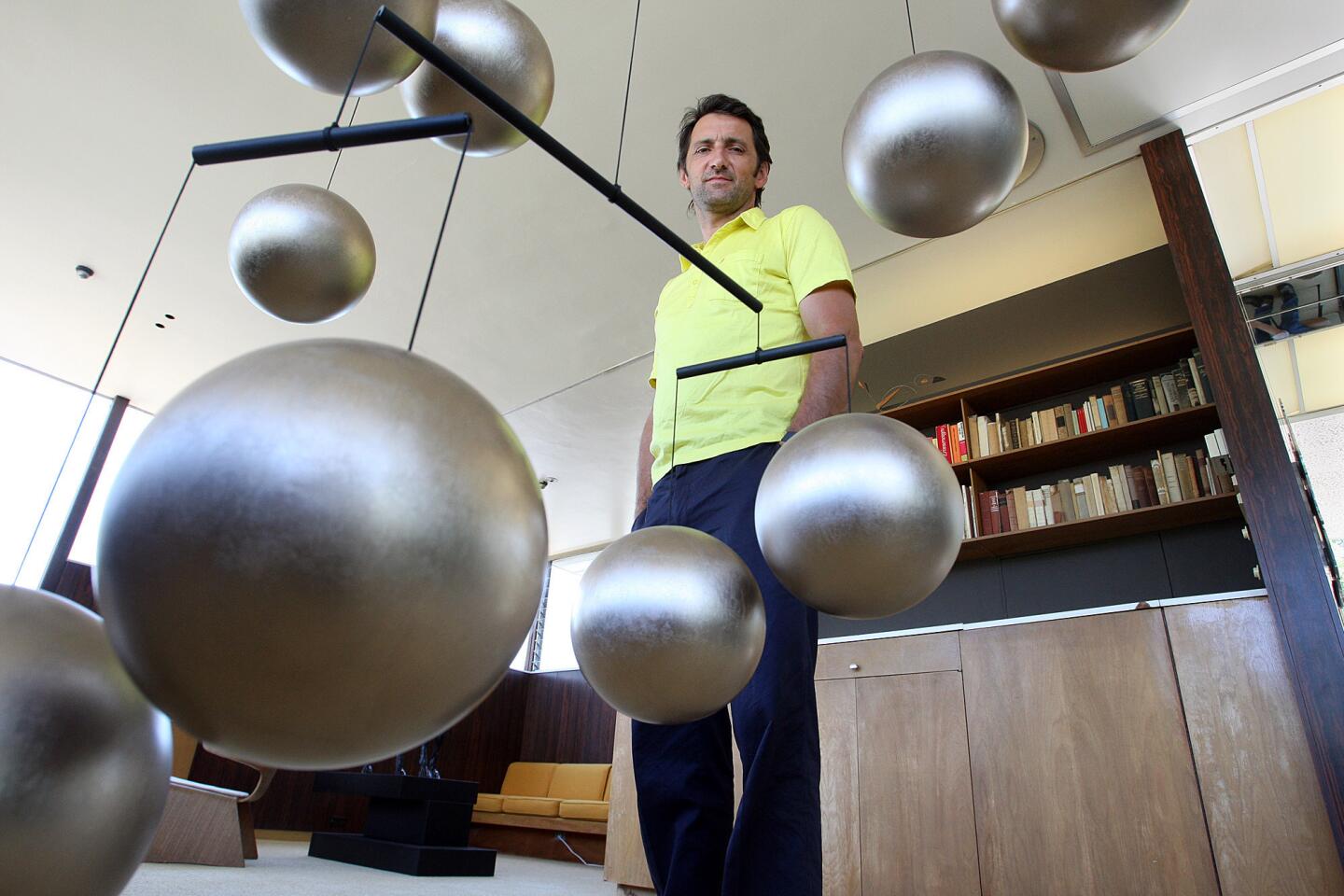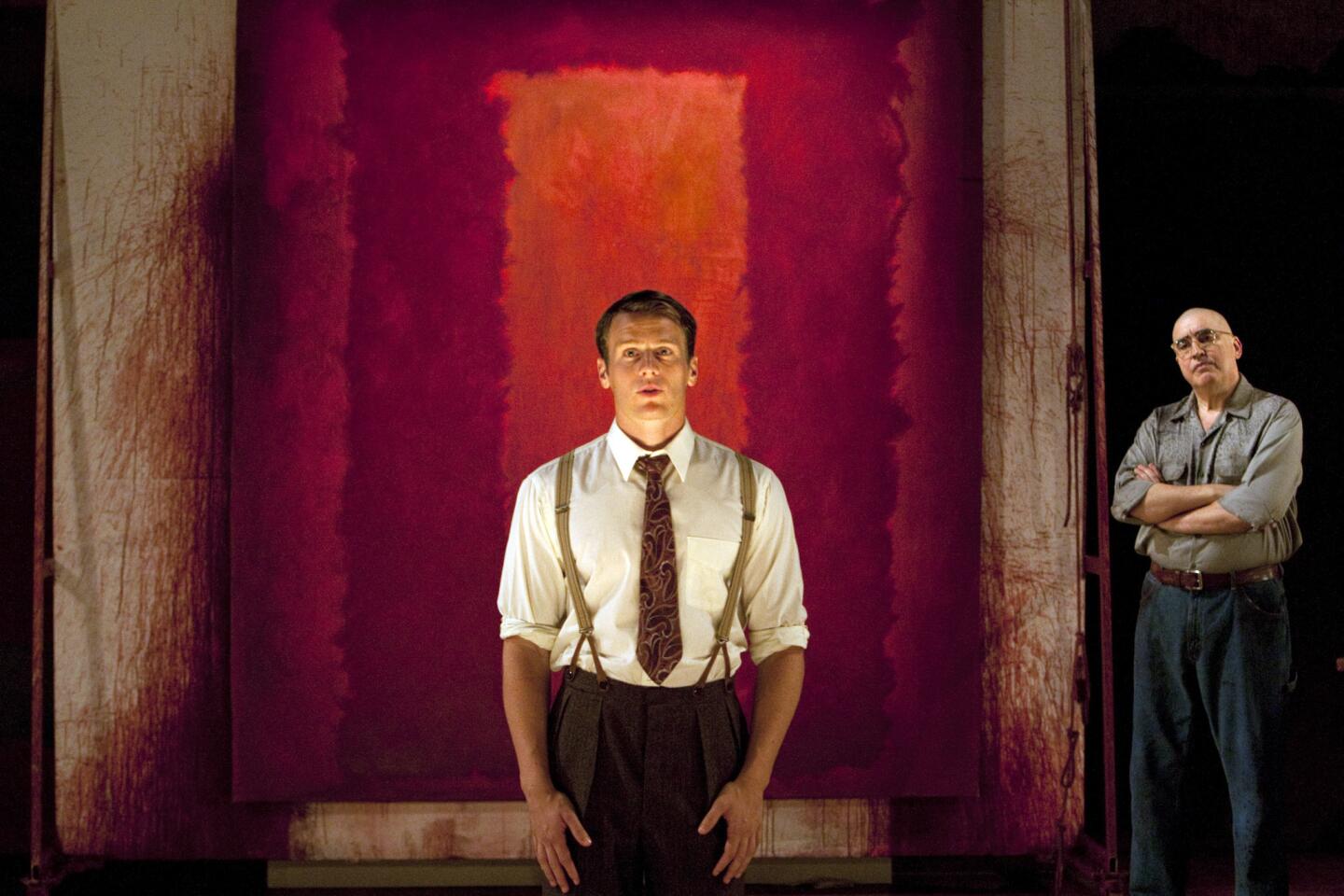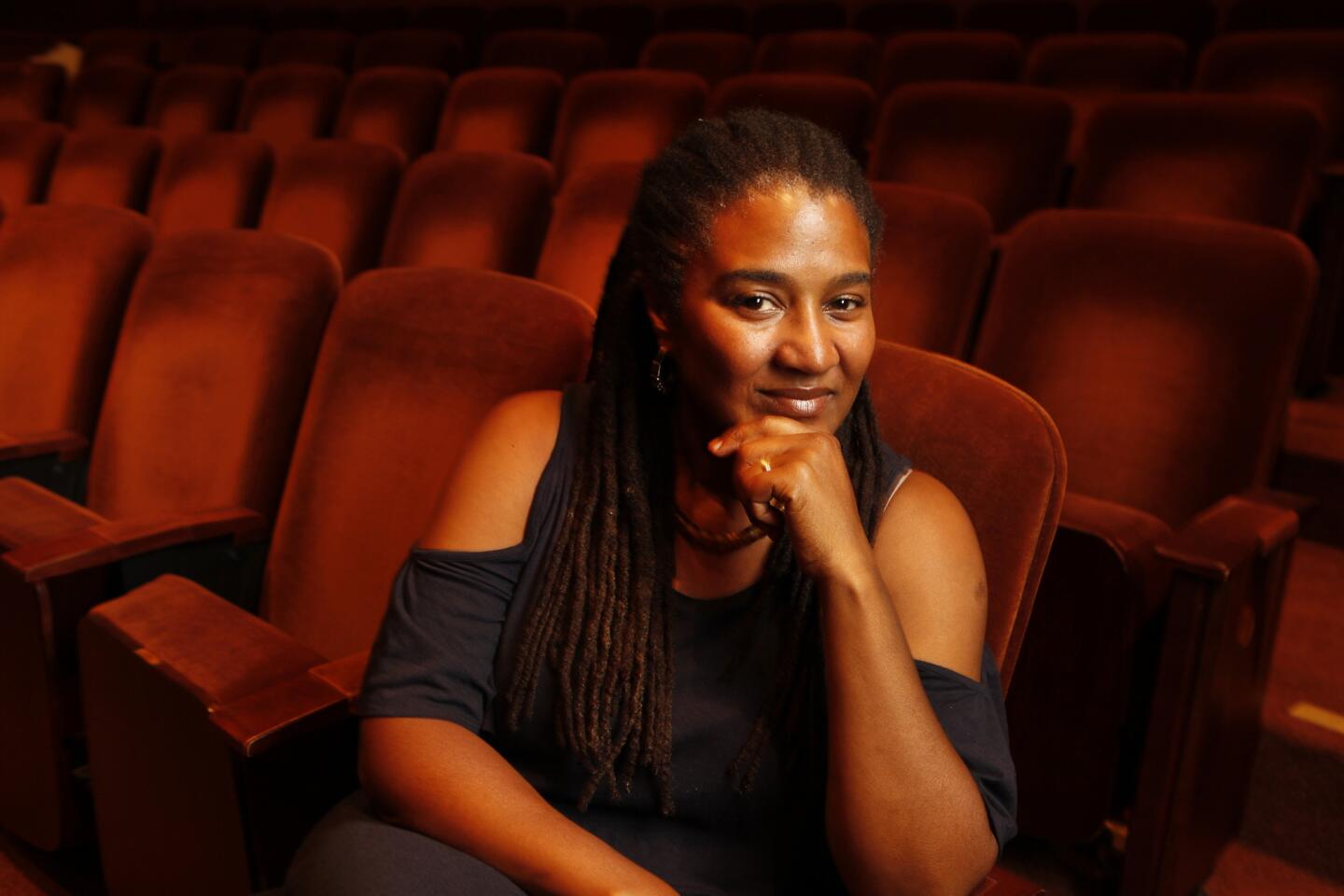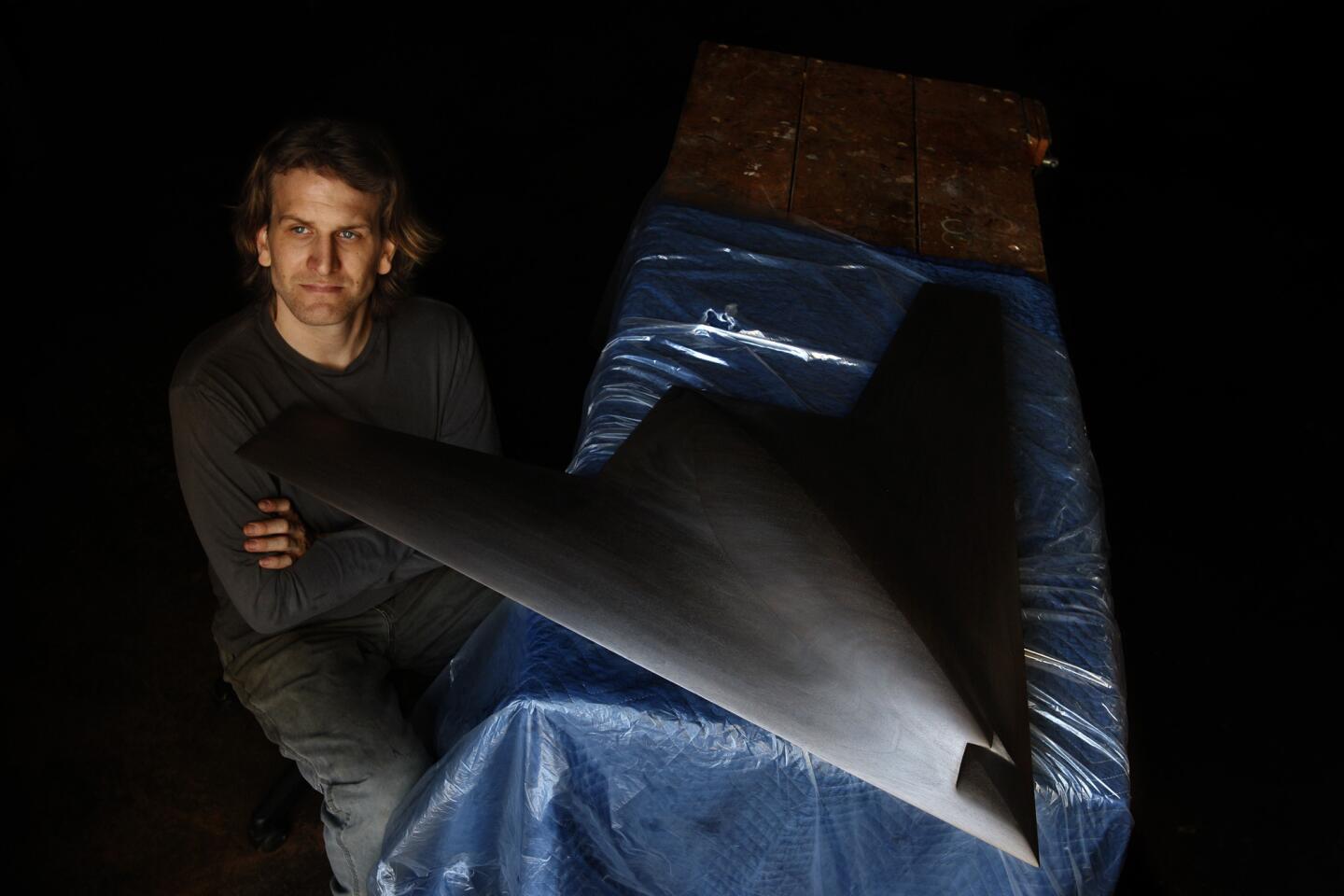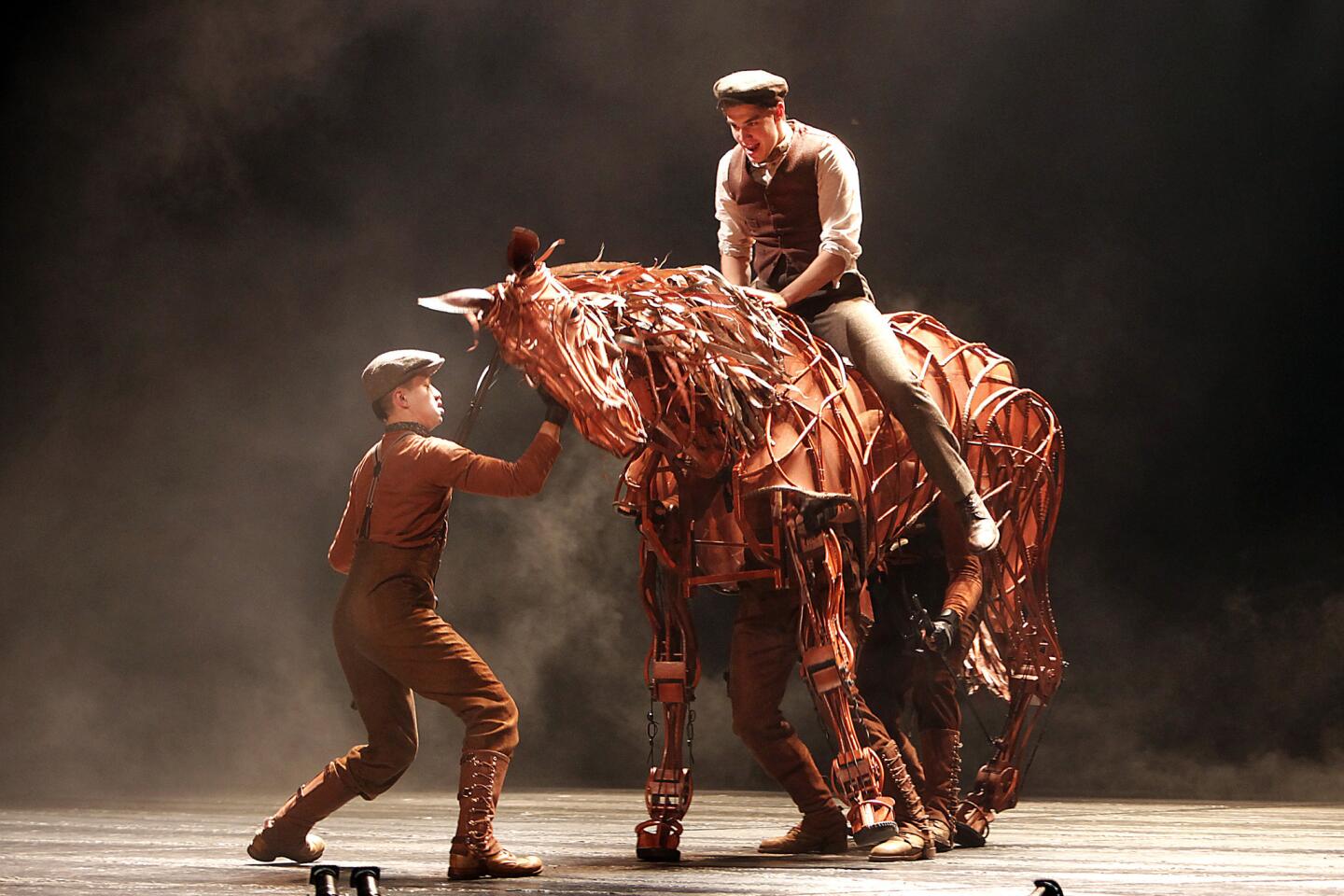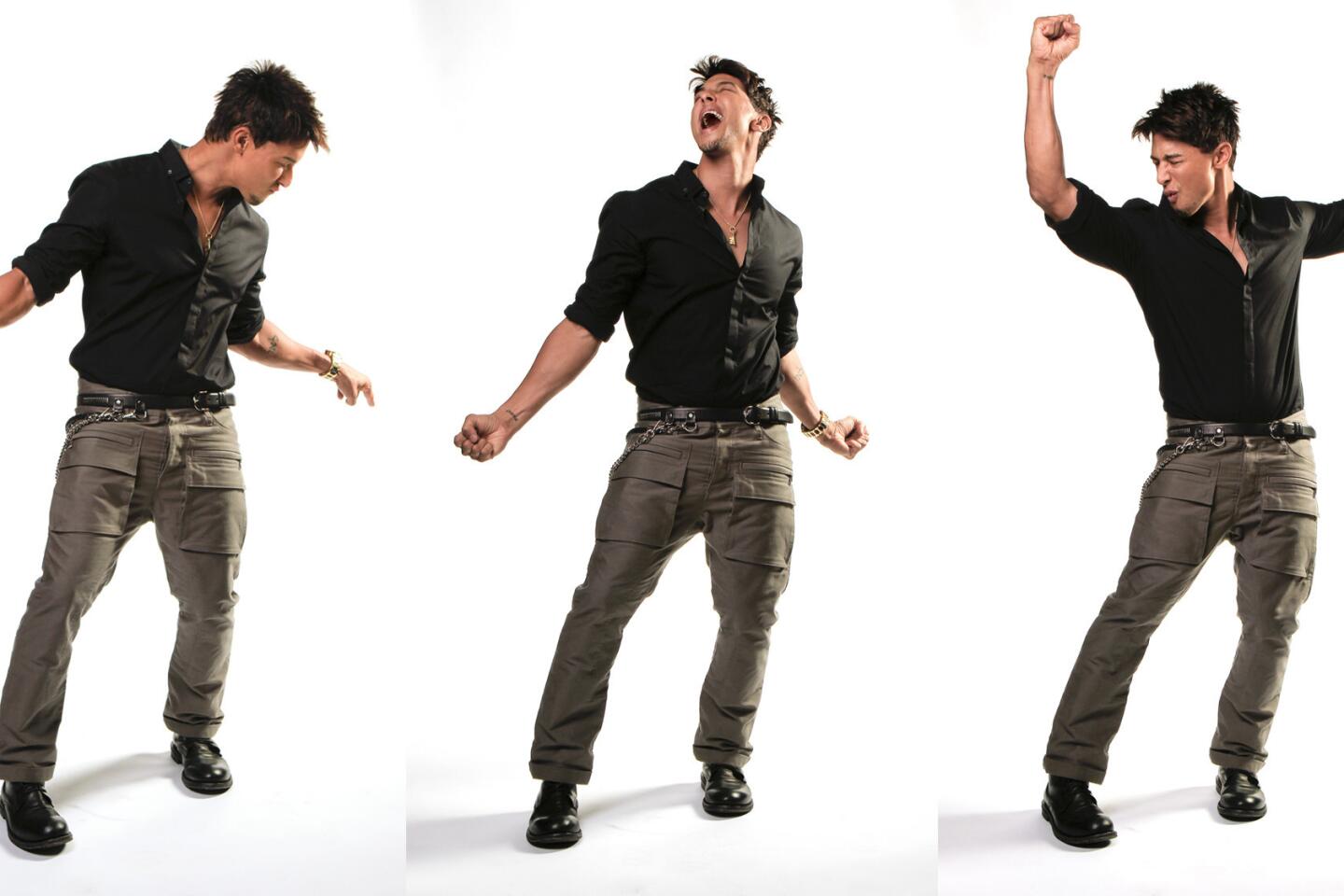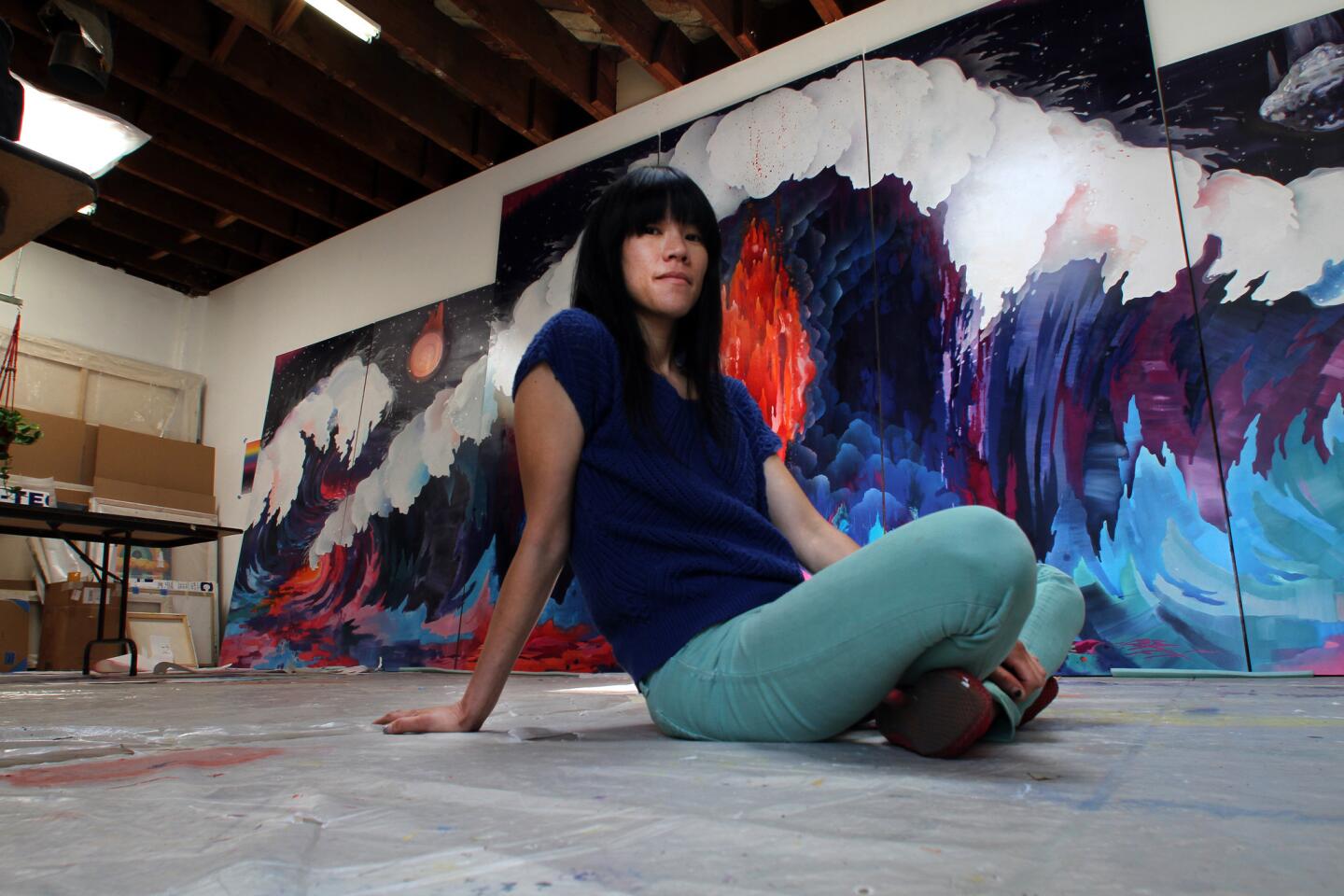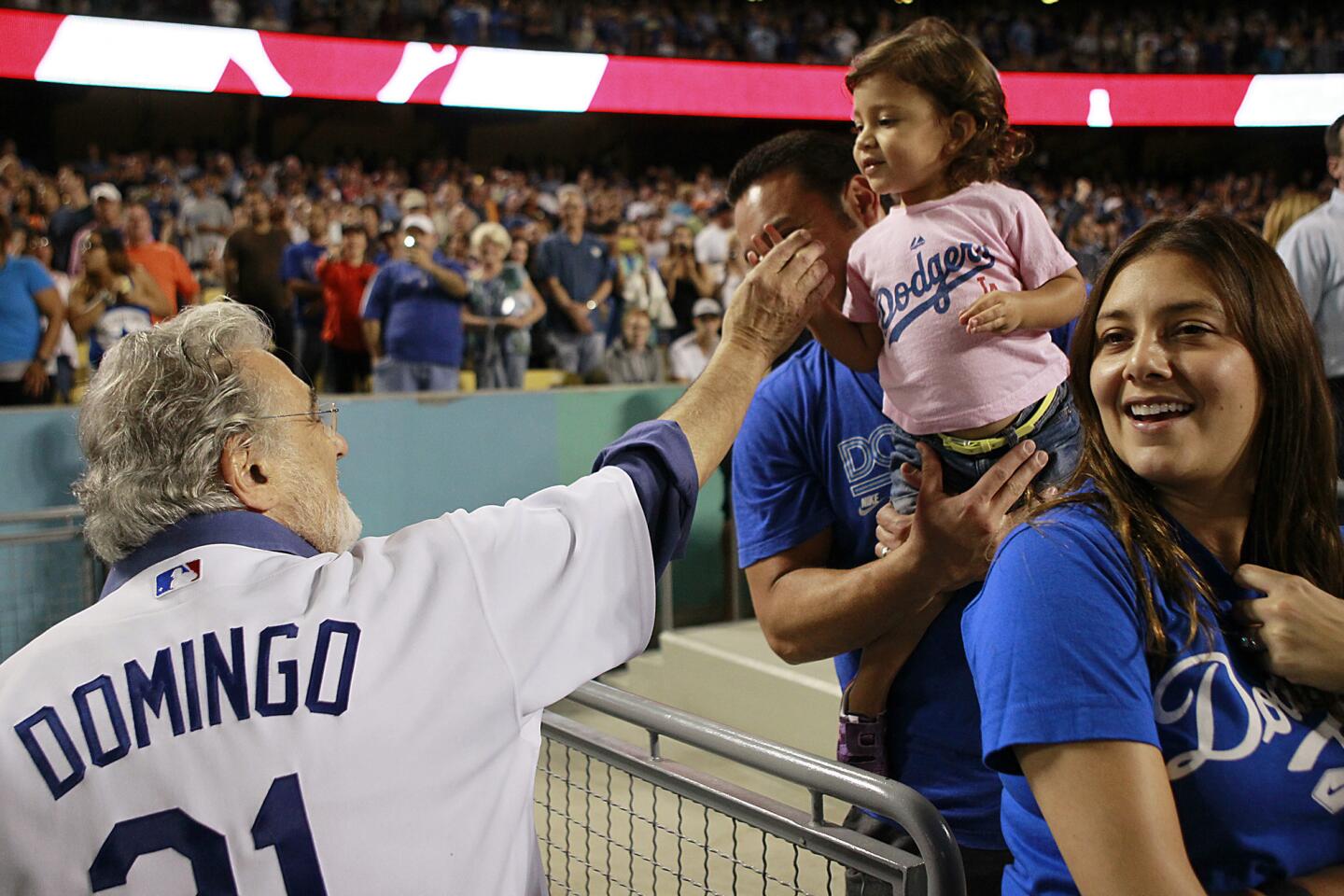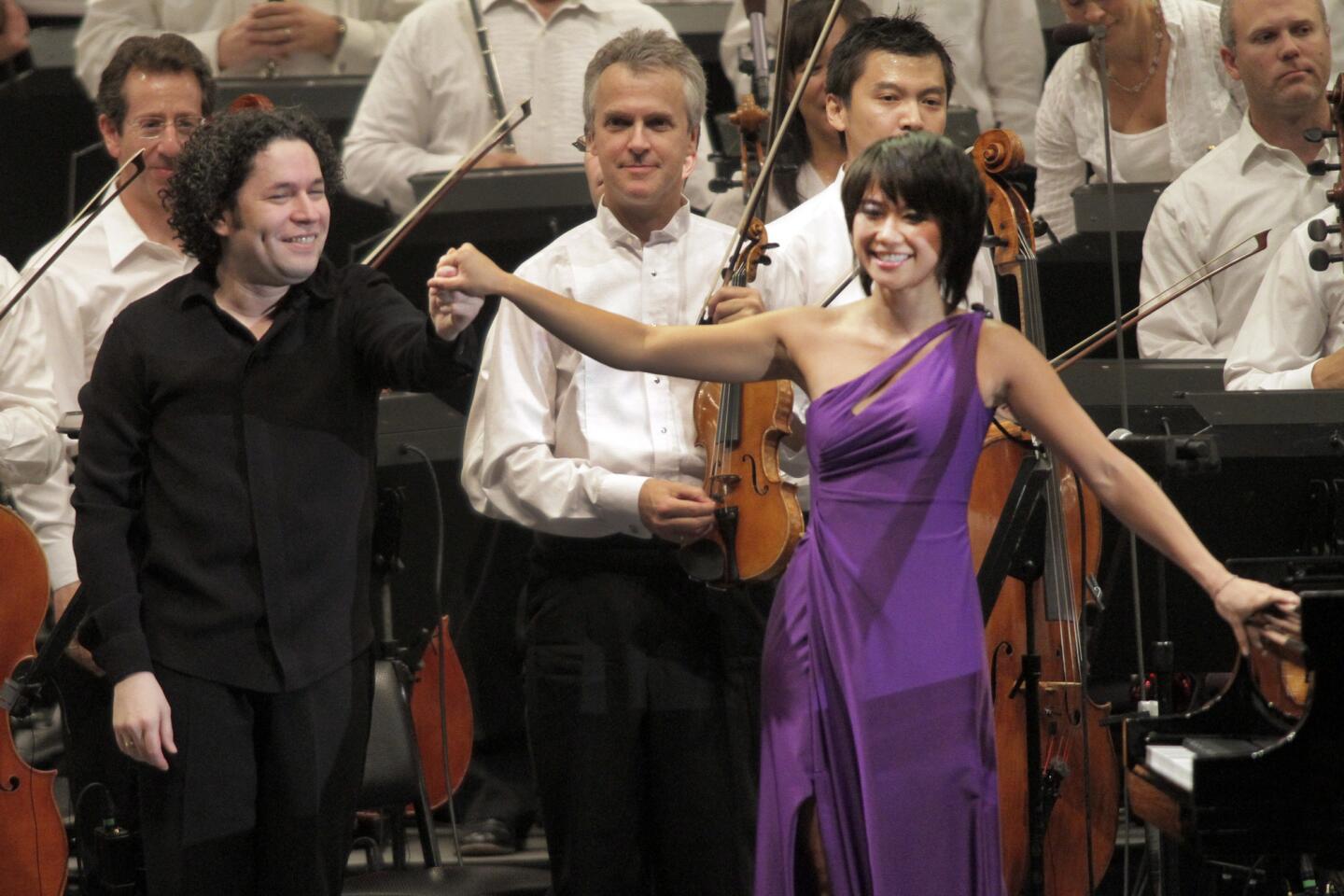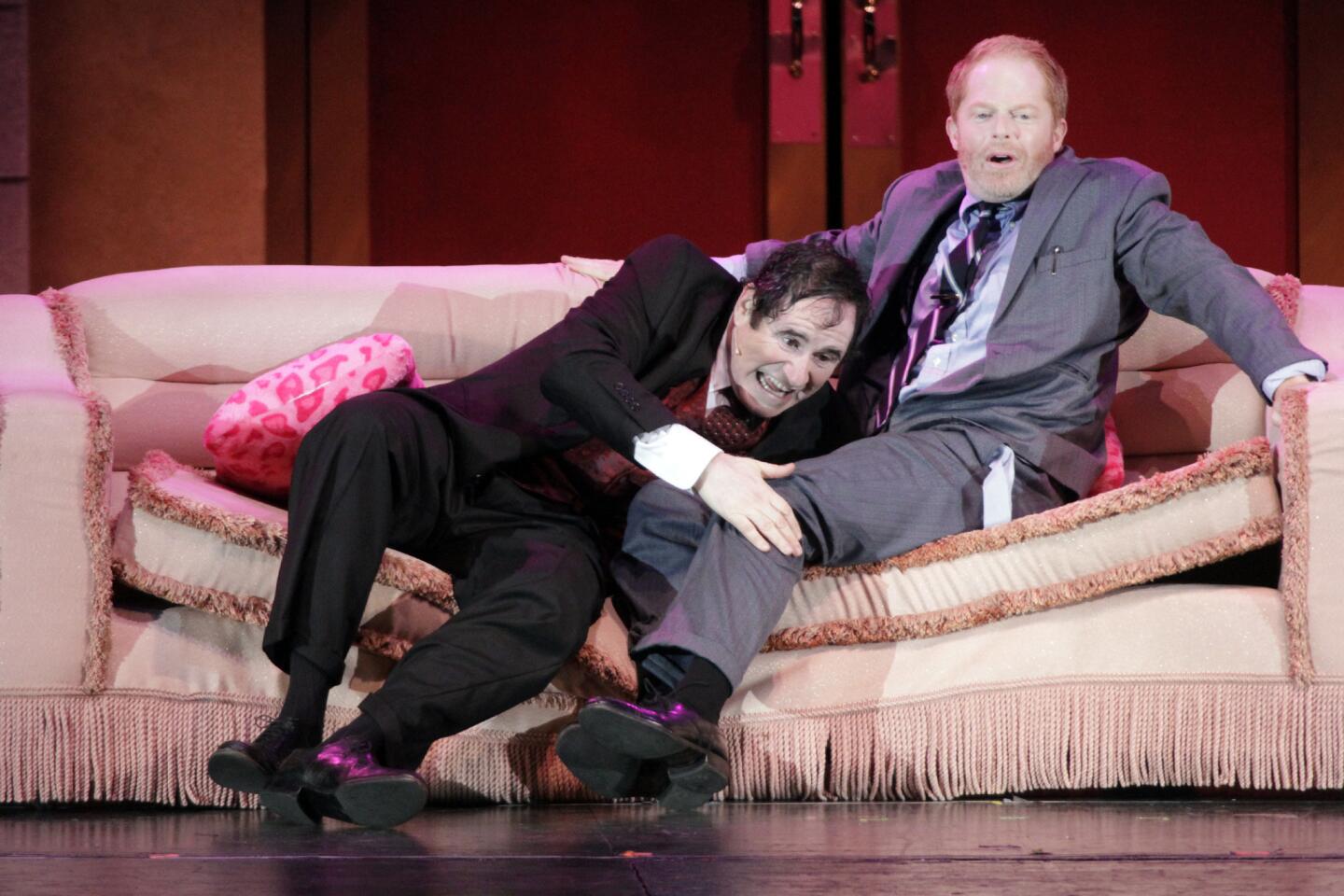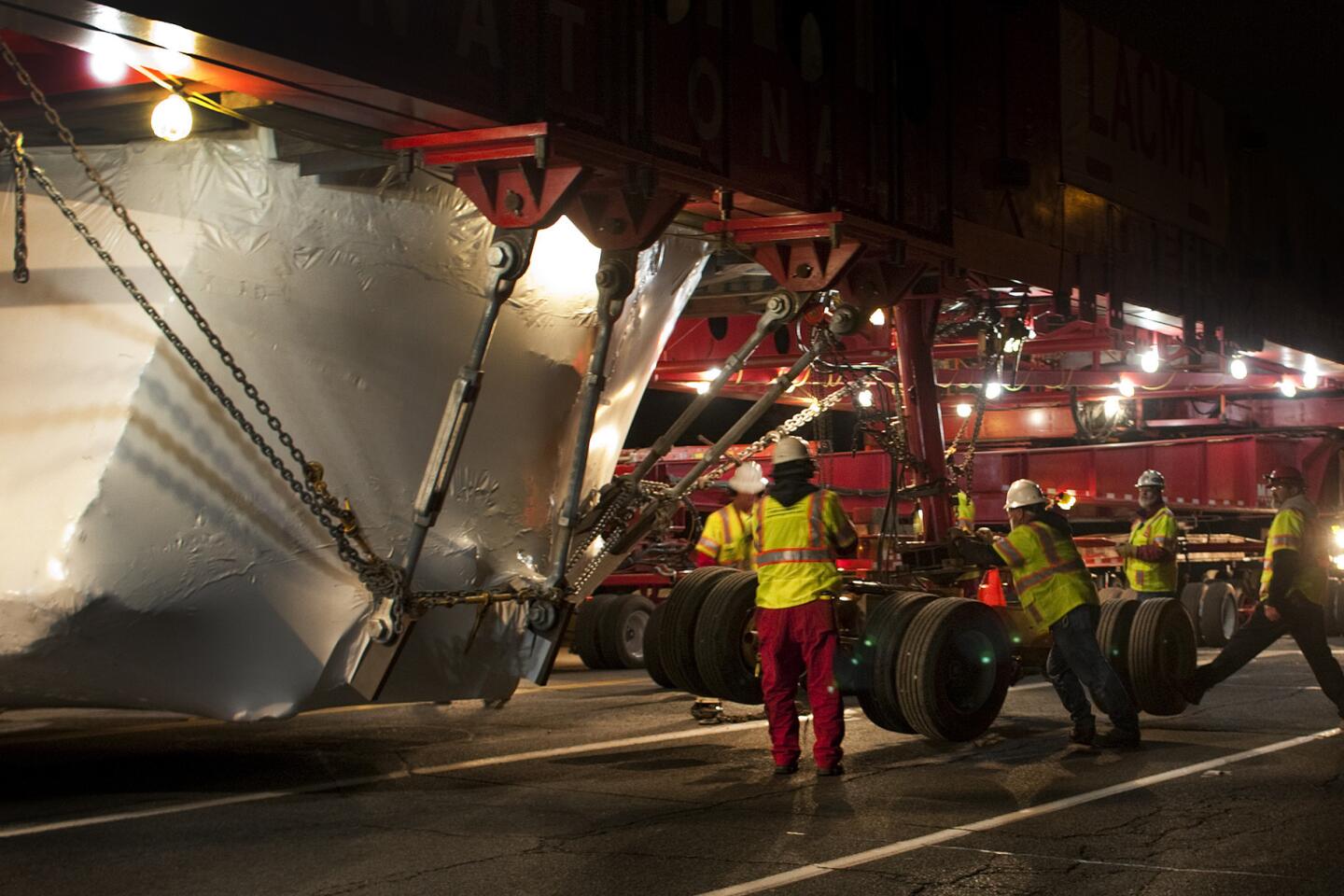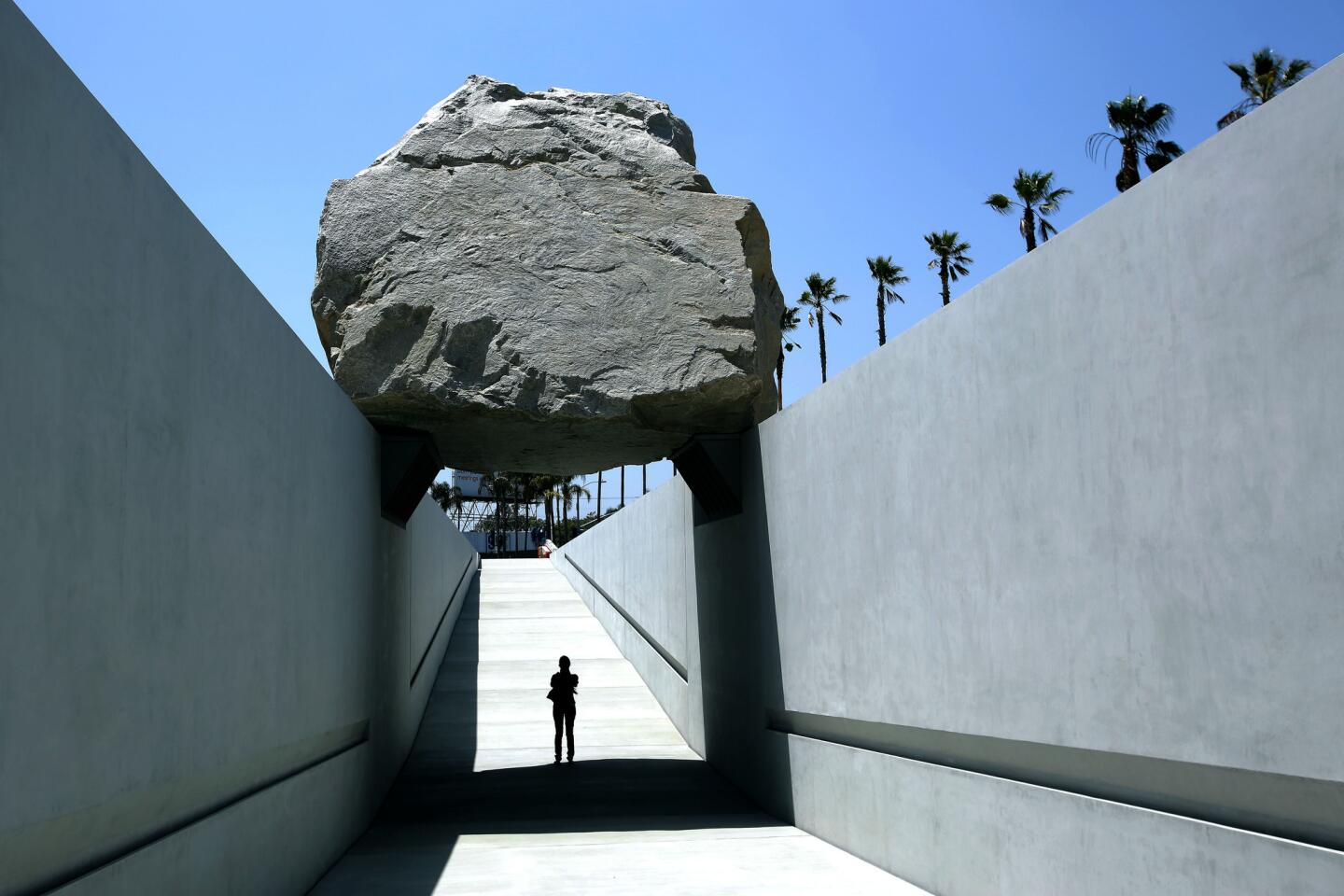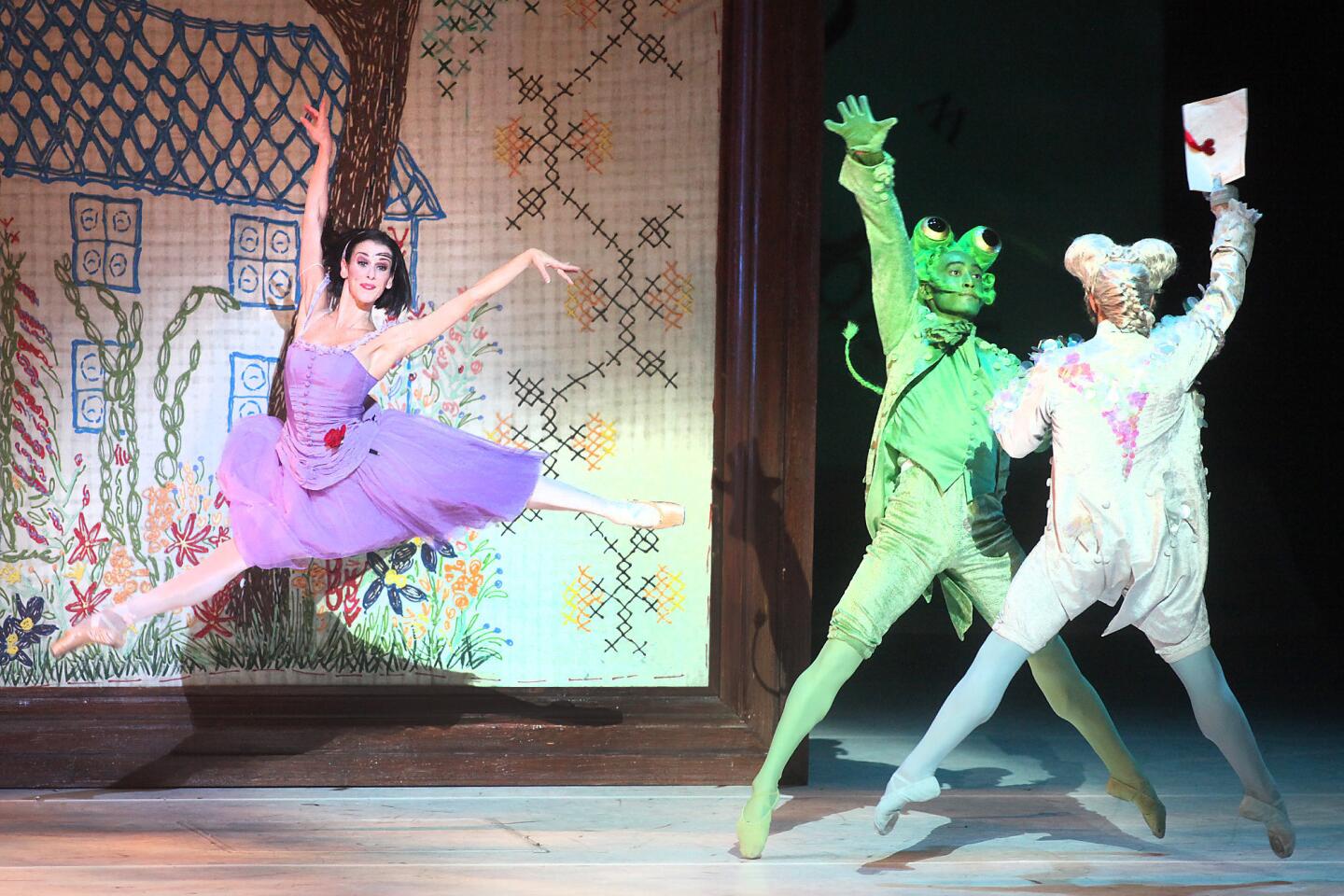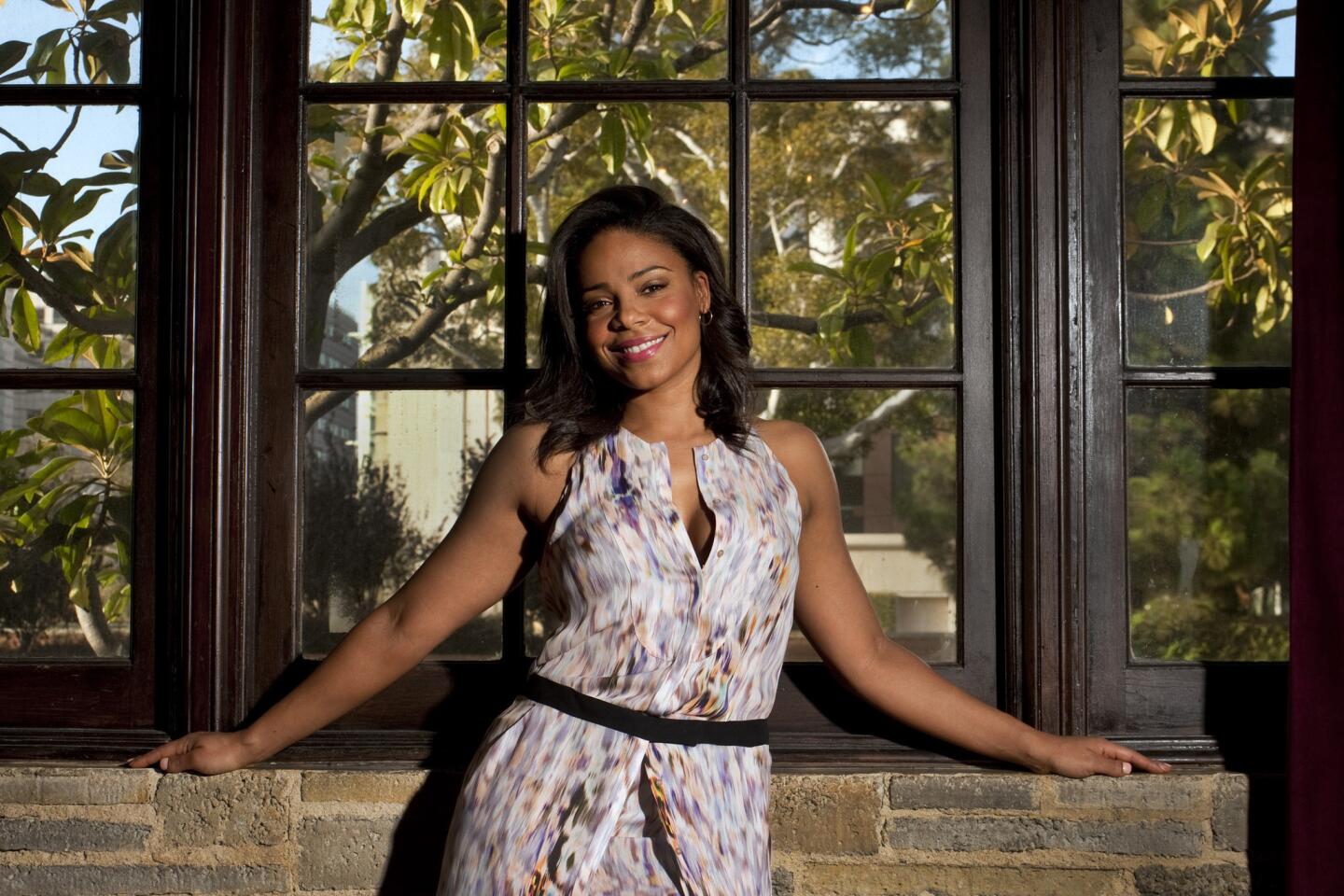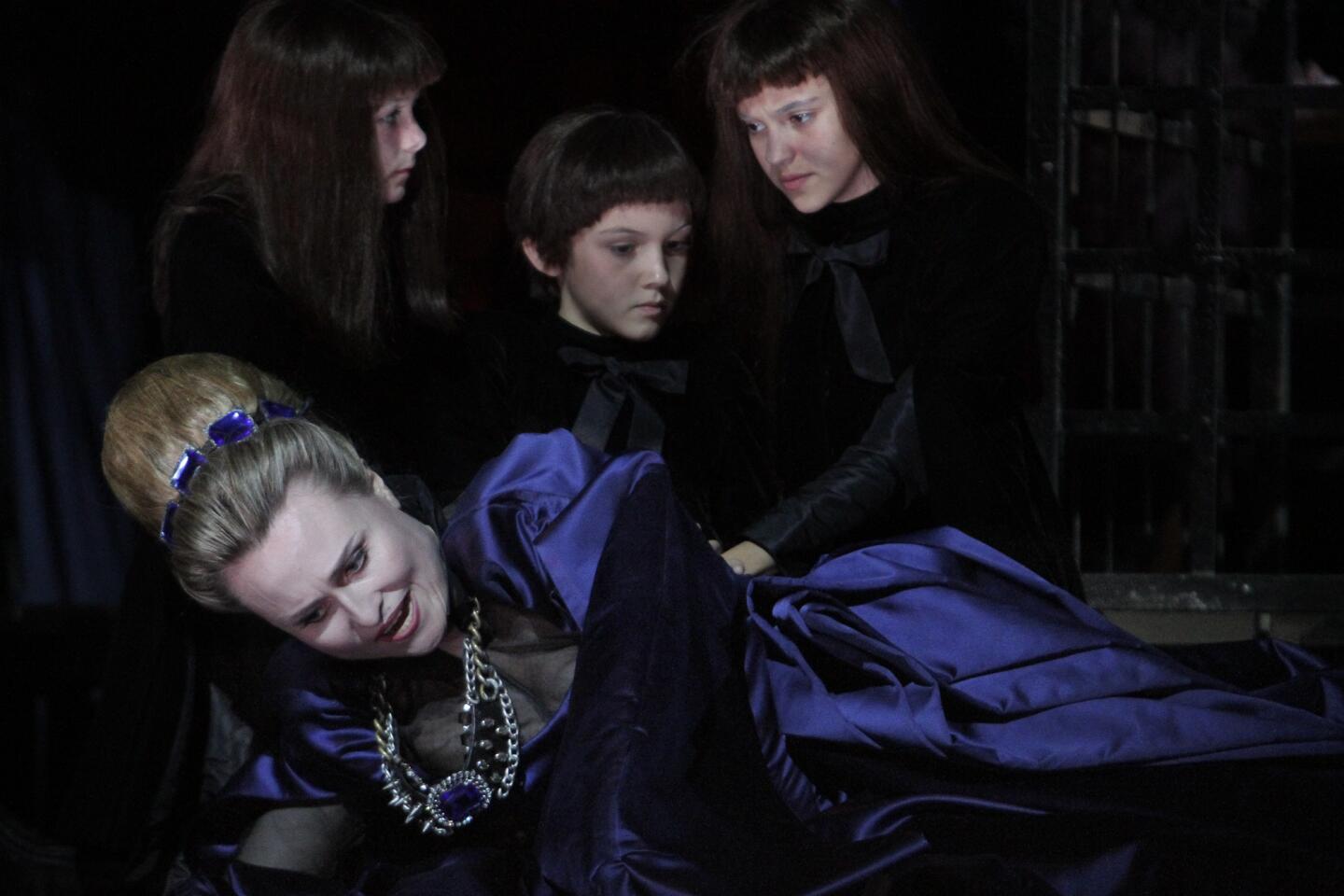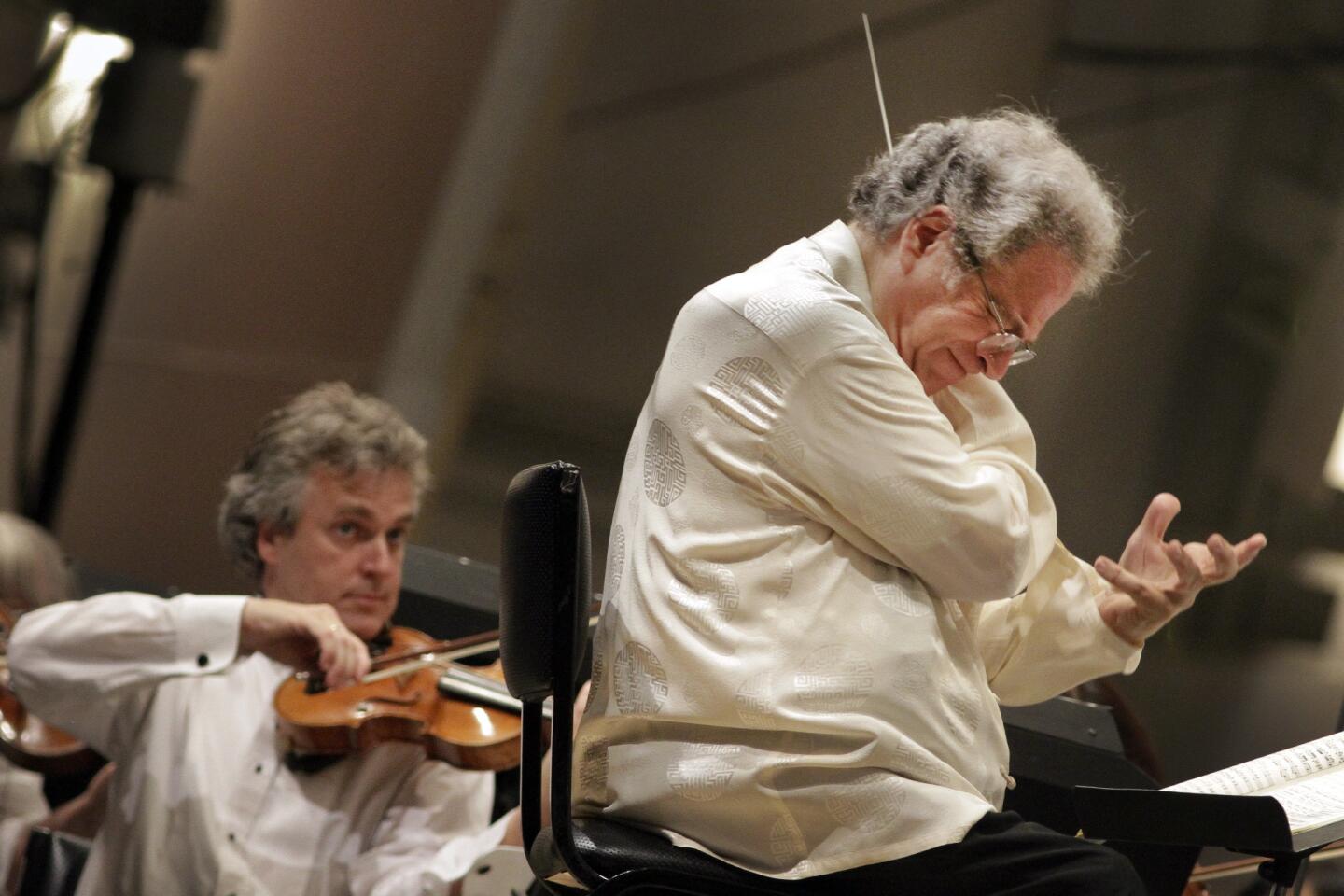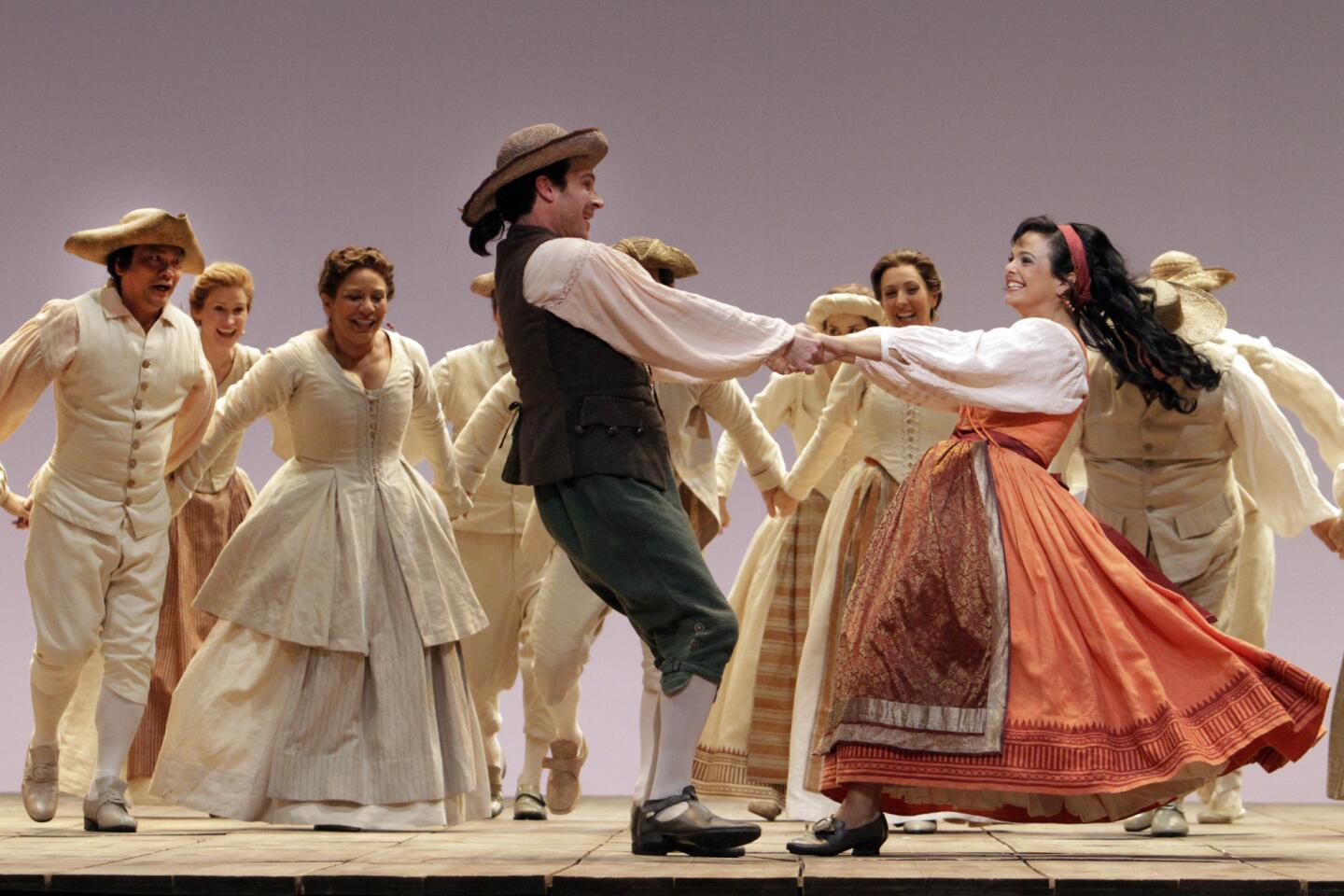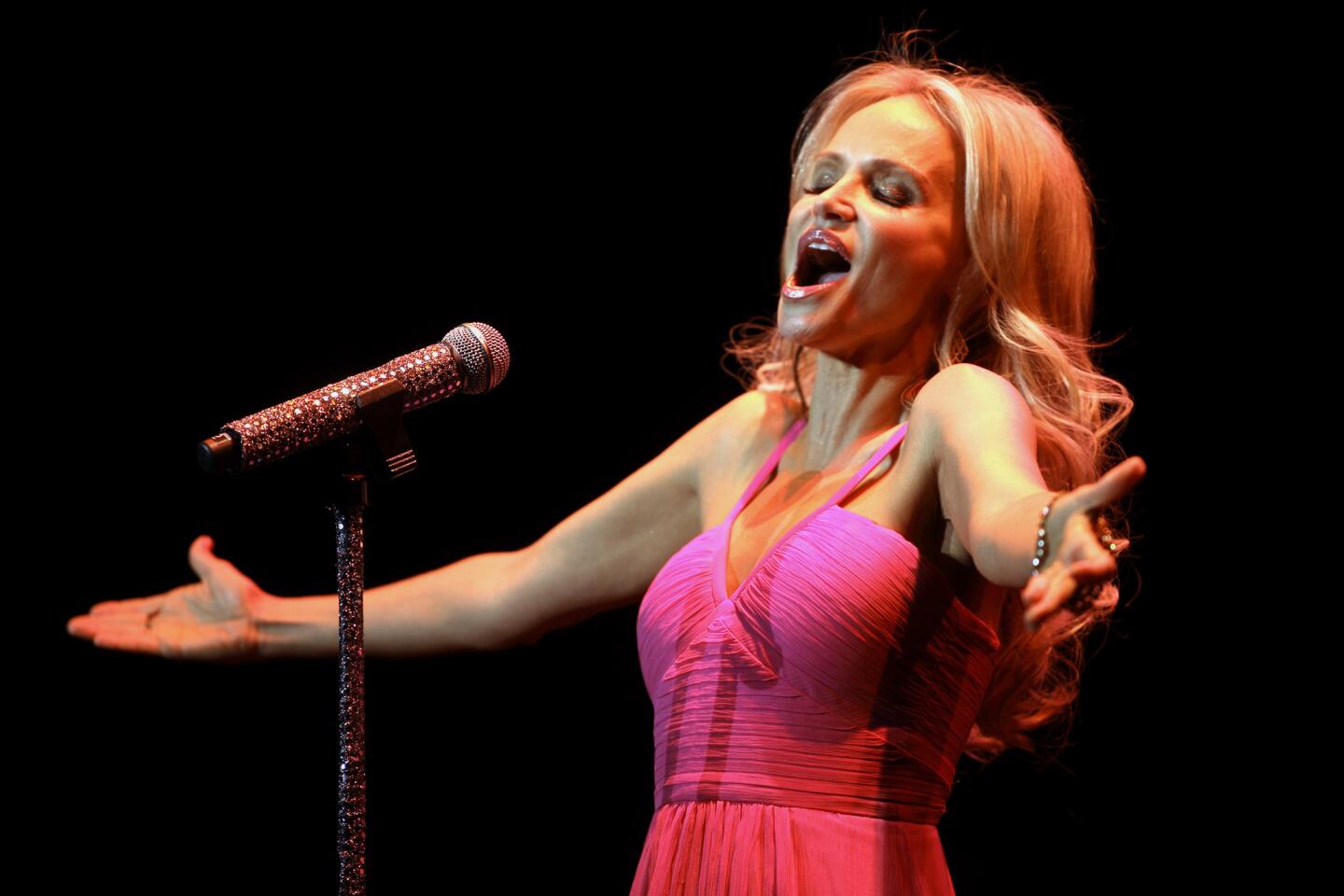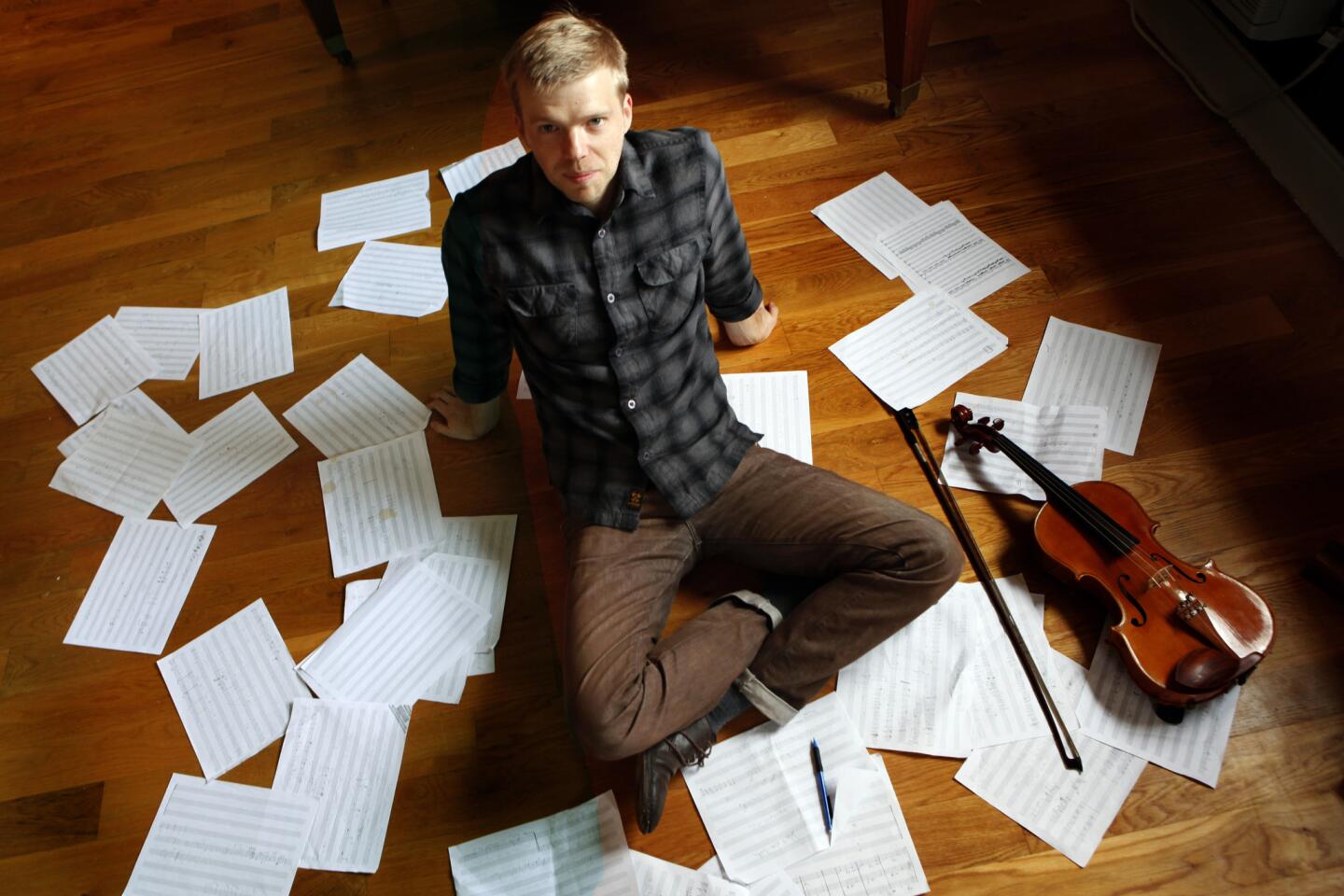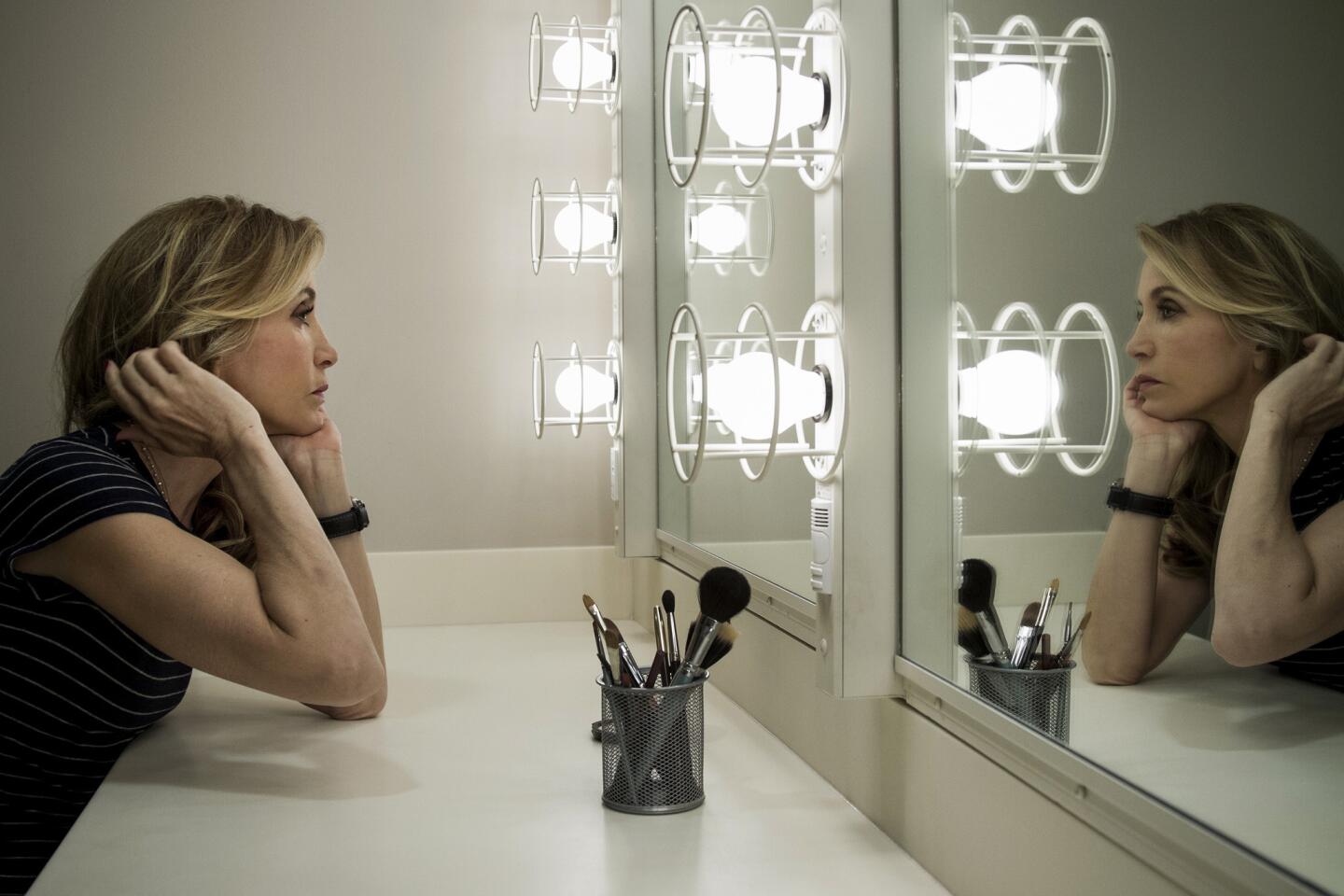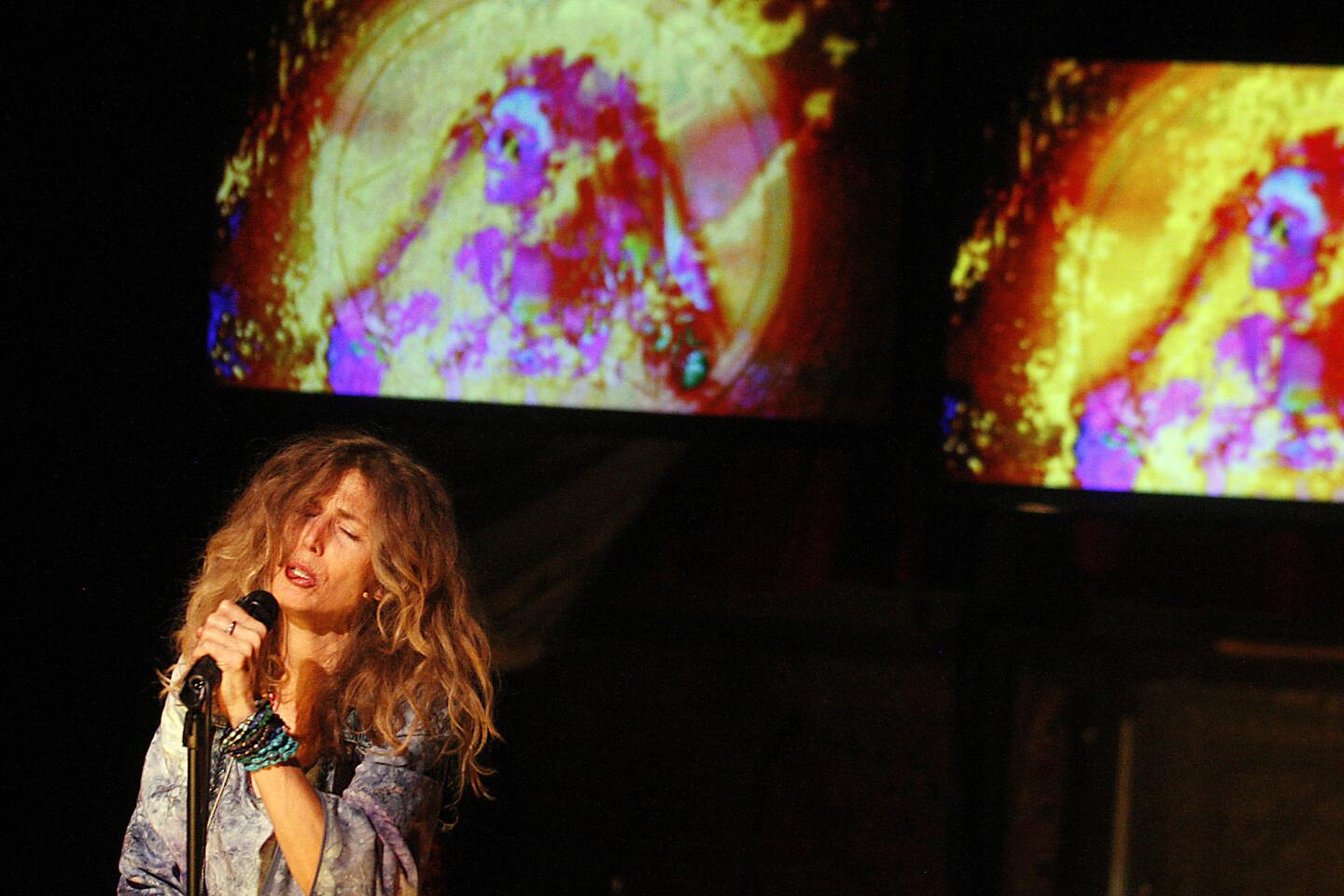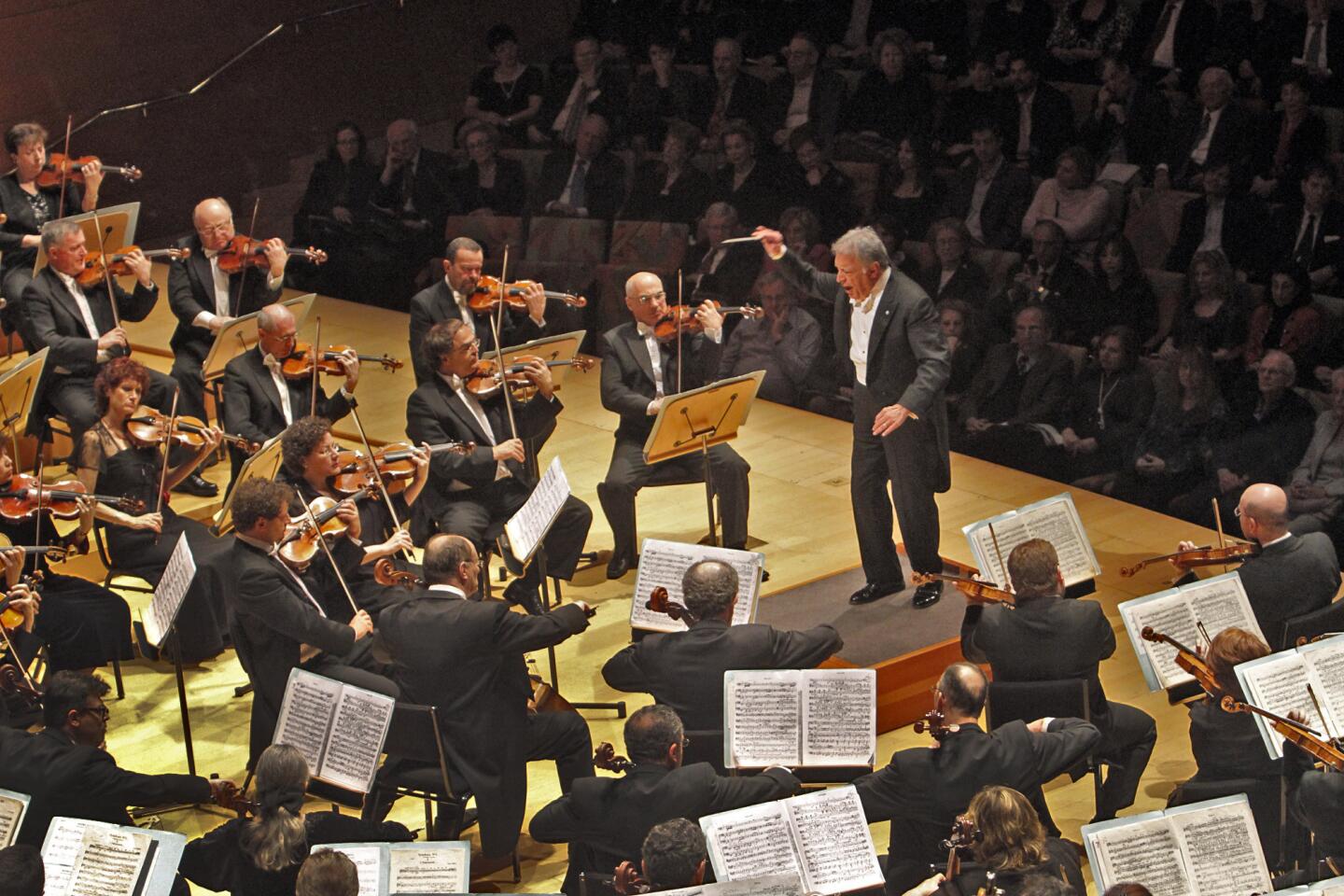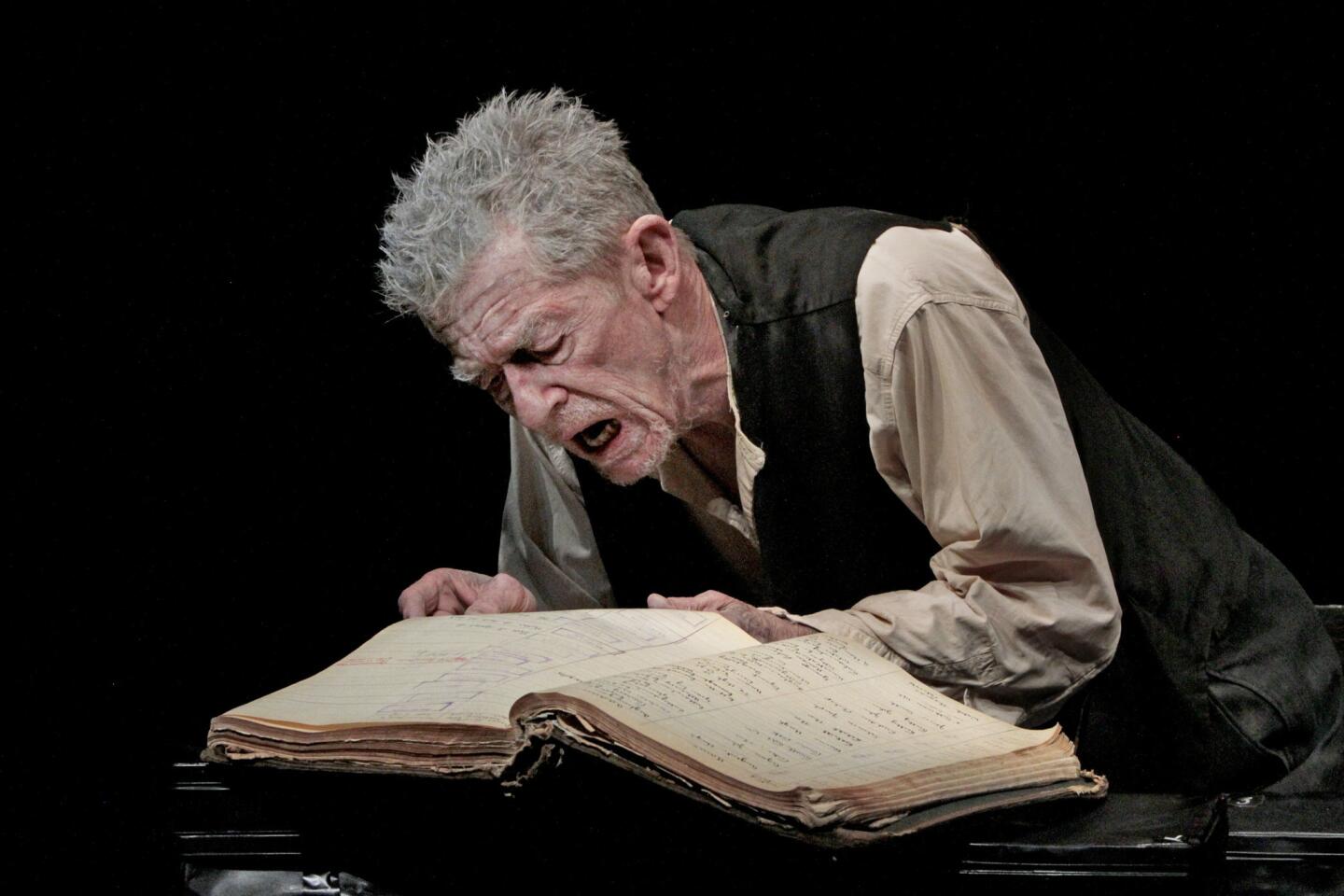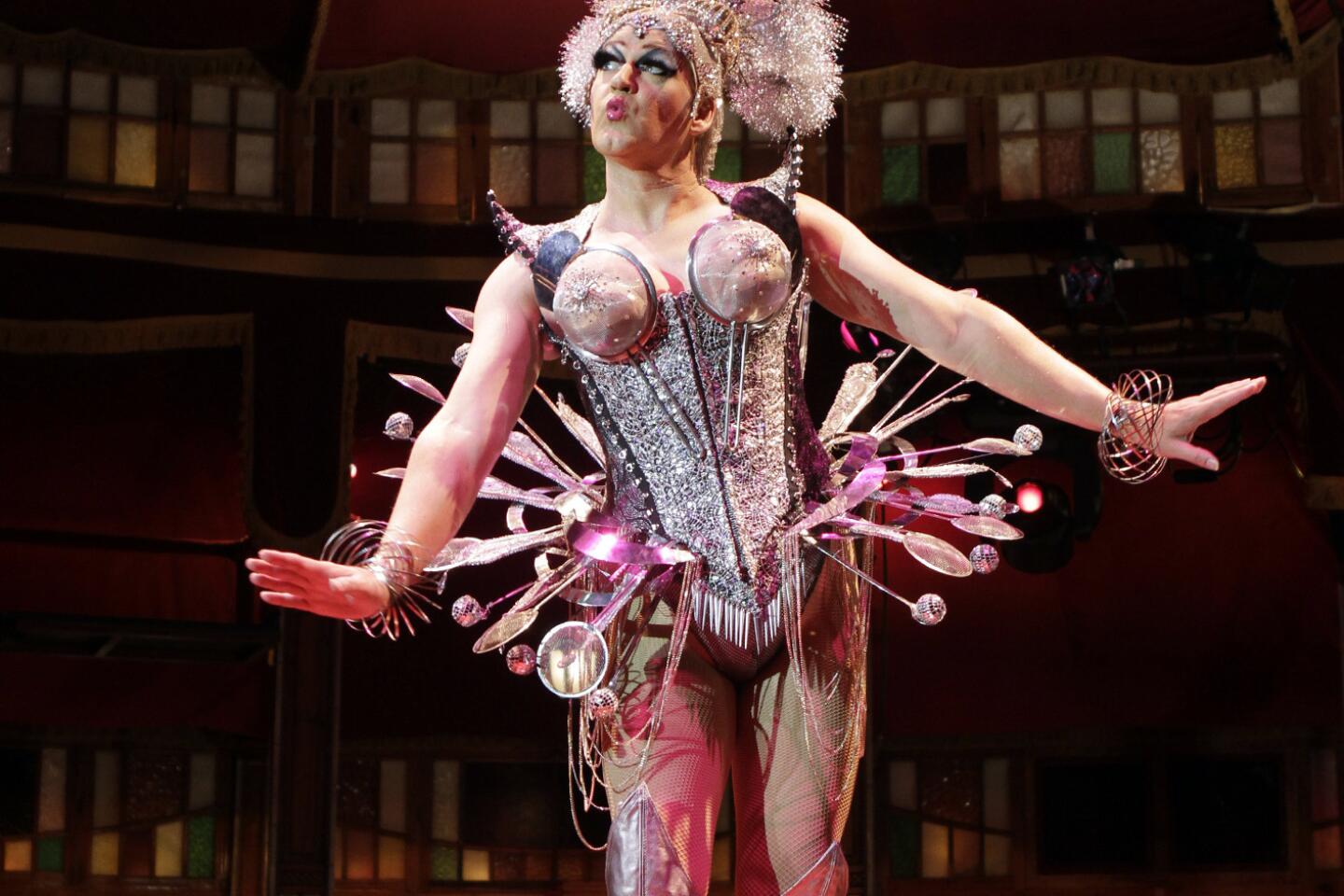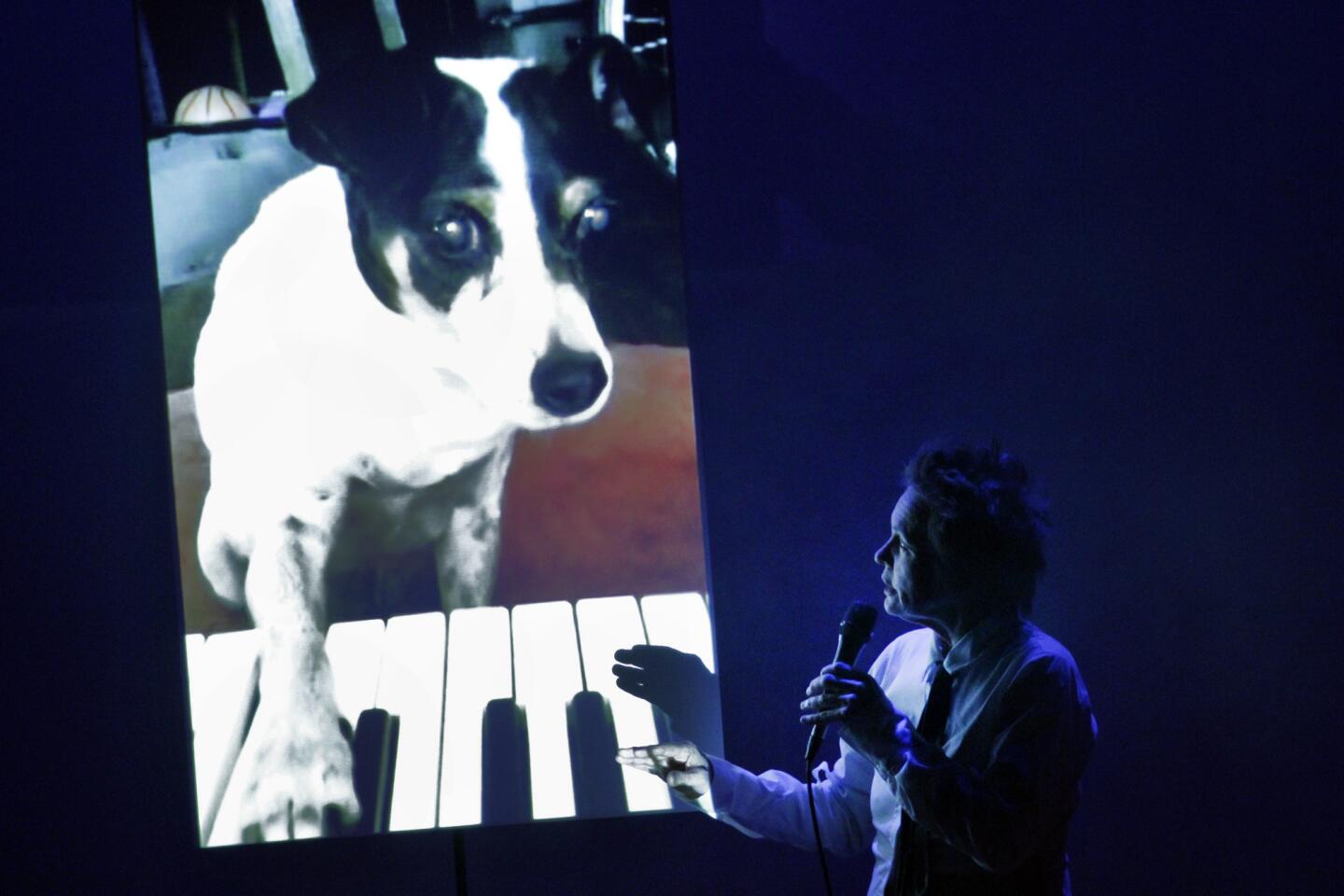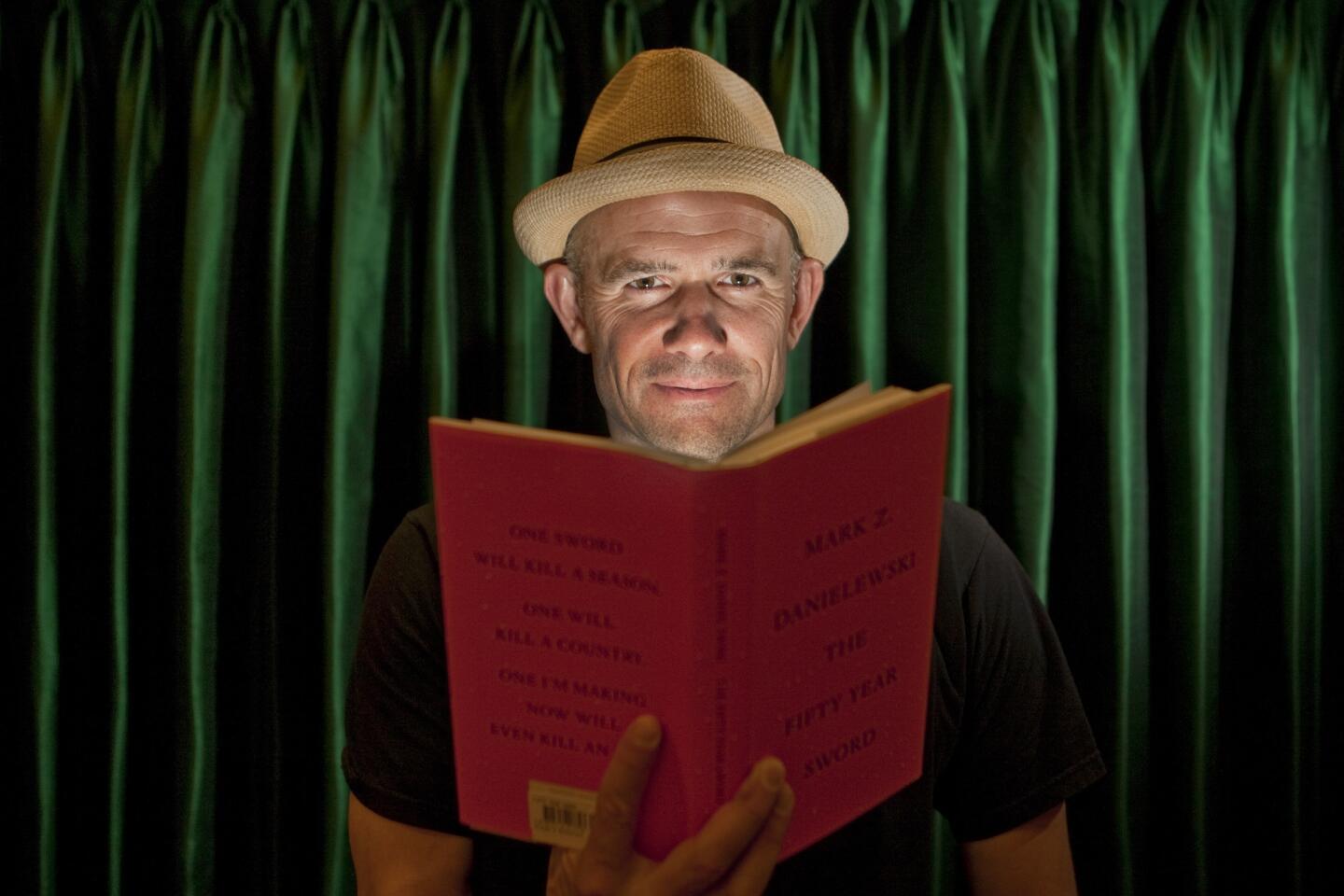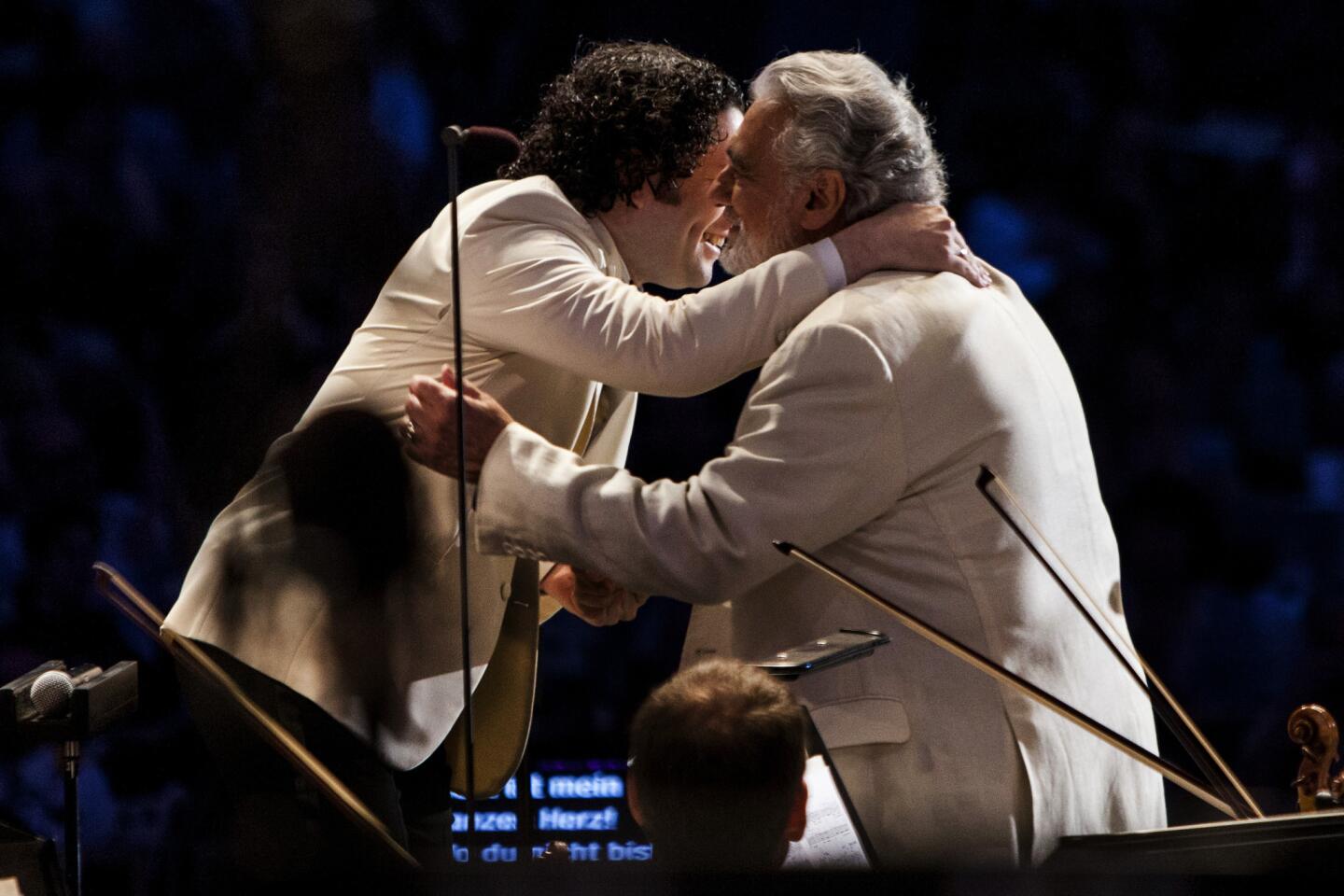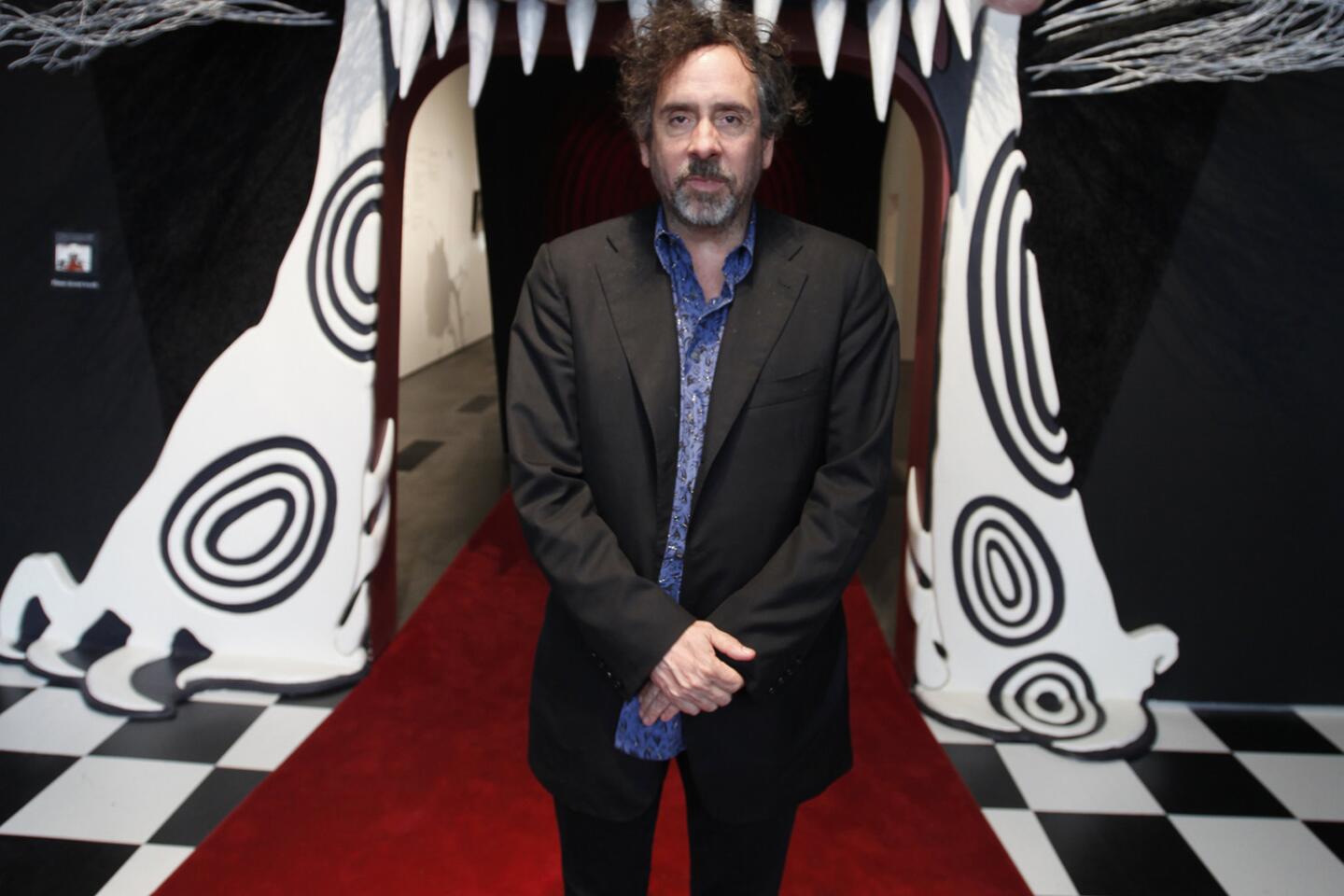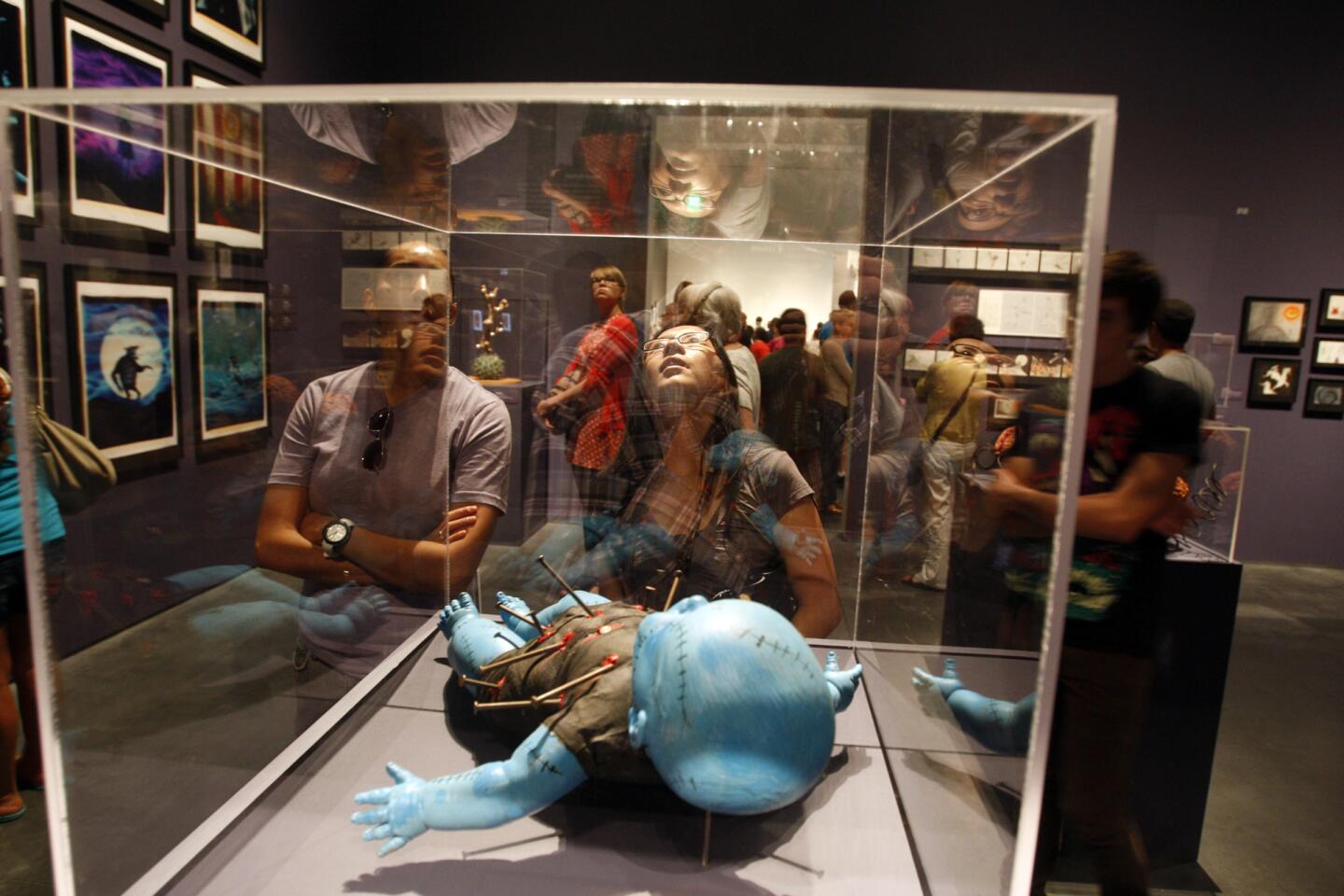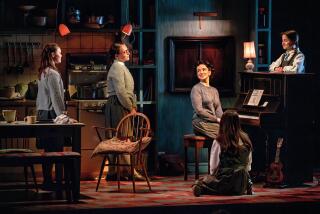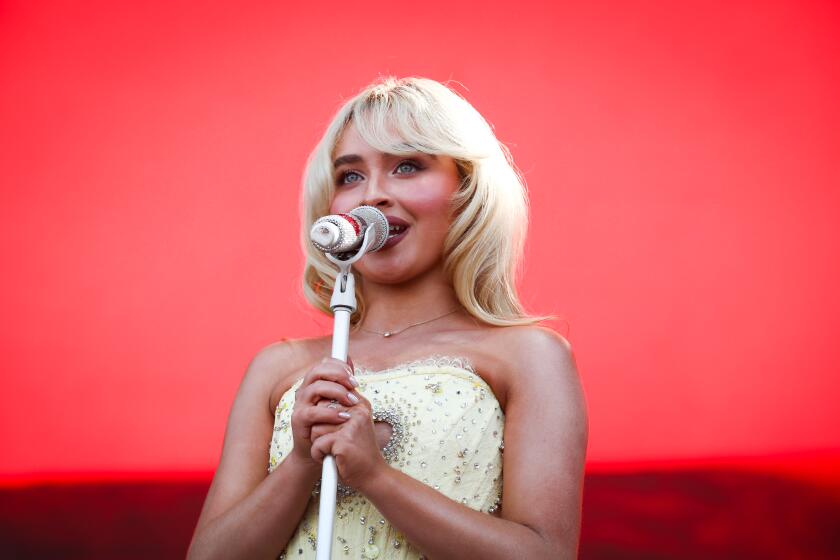Tracy Letts plays his part in illuminating Edward Albee’s ‘Woolf’
NEW YORK — Tracy Letts has his hands full these days writing plays and preparing for the release of the movie version of his Pulitzer-Prize-winning drama, “August: Osage County.” But he’s added another formidable task to his agenda: elucidating Edward Albee’s “Who’s Afraid of Virginia Woolf?” for a 21st century audience.
Playwrights often shed indirect light on their predecessors. Harold Pinter’s taut language, for example, helped us to better appreciate Samuel Beckett’s minimalist aesthetics.
But Letts’ service comes courtesy of his acting. His Broadway debut at the Booth Theatre draws on his specialized knowledge of a play’s inner workings. As a performer in “Who’s Afraid of Virginia Woolf?,” Letts is like a contractor in a building that’s about to be renovated. Having pored over the plans, he knows which beams are immovable and the way the wiring snakes behind the walls.
PHOTOS: Arts and culture in photos by The Times
There hasn’t been much to celebrate this fall on Broadway, but if there’s any justice Letts will be adding a Tony Award for his performance as George to put beside the one he won in 2008 for writing “August: Osage County.” It is a stunning achievement — and not simply for the curiosity of an artist being so formidably equipped in two related yet separate disciplines.
Letts’ portrayal captures the full chiaroscuro effect of George’s volatile nature — the way anger bleeds into sadness, ineffectuality into strength, vindictiveness into forgiveness, hatred into love. The characterization is so fully realized in its contradictory truthfulness that it goes a long way toward banishing decades-old misgivings critics have had about the play’s occasional straining for greater metaphorical significance.
This Steppenwolf Theatre Company production, which also stars Amy Morton as a less blowzy, less scenery-chomping Martha, is grounded in convincing marital detail. Directed by Pam MacKinnon (whose staging of “Clybourne Park” contributed to that play’s success), this revival offers an intimate appraisal of a couple whose affection is detectable even when their belligerence threatens to go nuclear.
The flamboyant brawling, so magnificently stagy, so astringently expressed, is never allowed to eclipse what’s really at stake for Martha and George. These two are fighting not merely to entertain Broadway audiences but to hack their way through the deadened layers of their marriage. Pain is inflicted to rescue feeling from numbness. More than any production I have seen, this one registers the sting of every verbal dart and the ache that follows each toppling assault.
The natural chemistry between Letts and his fellow Steppenwolf ensemble member Morton, who received a Tony nomination for her portrait of eldest daughter Barbara in “August: Osage County,” is crucial to the show’s success.
Certainly Elizabeth Taylor and Richard Burton had no trouble generating sparks in Mike Nichols’ film version, but Letts and Morton make a far more plausible academic couple — he an associate professor of history conspicuously failing to rise up the ranks, she the college president’s ambitious daughter frustrated at her husband’s floundering.
Living in bookish squalor (even the pictures on the walls of scenic designer Todd Rosenthal’s living room hang askew), Letts’ George and Morton’s Martha are weary veterans of New England campus life. Their wit may be dagger-sharp, but it would be a stretch to call them glamorous. Booze has made them sloppy and disappointment has coarsened them. Their very souls seem moth-eaten. Couples like them — pre-Prozac, pre-Botox, pre-Betty Ford Clinic — are what gave middle age its bad name.
Yet rather than being a theatrical downer, the realism adds new luster to their flaying antics. Albee has a way with invective, and Letts and Morton bandy the put-downs (“I swear … if you existed I’d divorce you”) with a feral delight that’s made all the more vivid for being streaked with remorse and shot through with silence.
Not that Nick (Madison Dirks) and Honey (Carrie Coon), the new biology professor and his wife corralled into a marathon late-night-drinks session, are all that enthralled by the show. But Martha and George require an audience for their act, and Martha, the self-proclaimed “Earth Mother” slumming among a bunch of flops, knows how to throw her weight around with junior faculty.
“Who’s Afraid of Virginia Woolf?” may paint a baleful picture of marriage, but it reveals something quite profound about the nature of relationships, healthy and pathological alike — that they are high-wire acts of improvisation, in which even the agreed-upon rules are subject to sudden, inexplicable change.
What sets this long night’s journey into morning — or is it mourning? — in motion is Martha’s disregard of the guidelines she and George have established for themselves. She mentions their illusory son to outsiders and enrages her husband by exposing their shared fiction to public scrutiny.
Much academic noise has been made about the play’s thematic preoccupation with reality and illusion, but MacKinnon’s production wisely doesn’t chase after metaphysical red herrings. Albee is at his most philosophically rich when philosophizing least. (Don’t believe me? Try making sense out of “Tiny Alice,” a play that has been aptly described as “metafuzzical.”)
With “Who’s Afraid of Virginia Woolf?,” there’s no need to reach for grander symbolic meaning. To say that Martha and George’s child represents the American dream or that their marriage is a demonstration of the impossibility of distinguishing between fact and fantasy gets us nowhere. Their relationship is a resonant enough mystery. More important, in this marital collision of cruelty and kindness, or what Jerry from Albee’s “The Zoo Story” refers to as “the teaching emotions,” a dim fumbling for growth can be discerned.
Letts lucidly traces this journey, substantiating Albee’s own opinion that it is George who is “in control of the entire arc of the play the entire time.” It’s not as though the character has a master plan — he’s turning the wheel by instinct, sadly, fearfully, still susceptible to hope, at least for greater peace if not for happiness.
As the night grows more raucous, dark clouds beset him. Reading a book to exasperate an increasingly ribald Martha, he intones a passage: “And the West, encumbered by crippling alliances, and burdened with a morality too rigid to accommodate itself to the swing of events, must … eventually … fall.”
Letts completely personalizes these words, making them a comment not on American society but on George’s own predicament. The result is a “Who’s Afraid of Virginia Woolf?” that is still wickedly fun and provocative, only more hauntingly so than in recent incarnations.
More to Read
The biggest entertainment stories
Get our big stories about Hollywood, film, television, music, arts, culture and more right in your inbox as soon as they publish.
You may occasionally receive promotional content from the Los Angeles Times.
